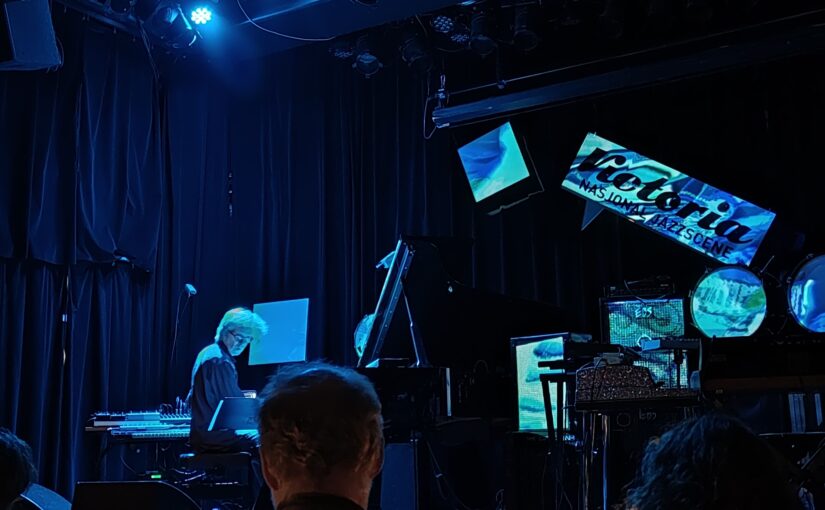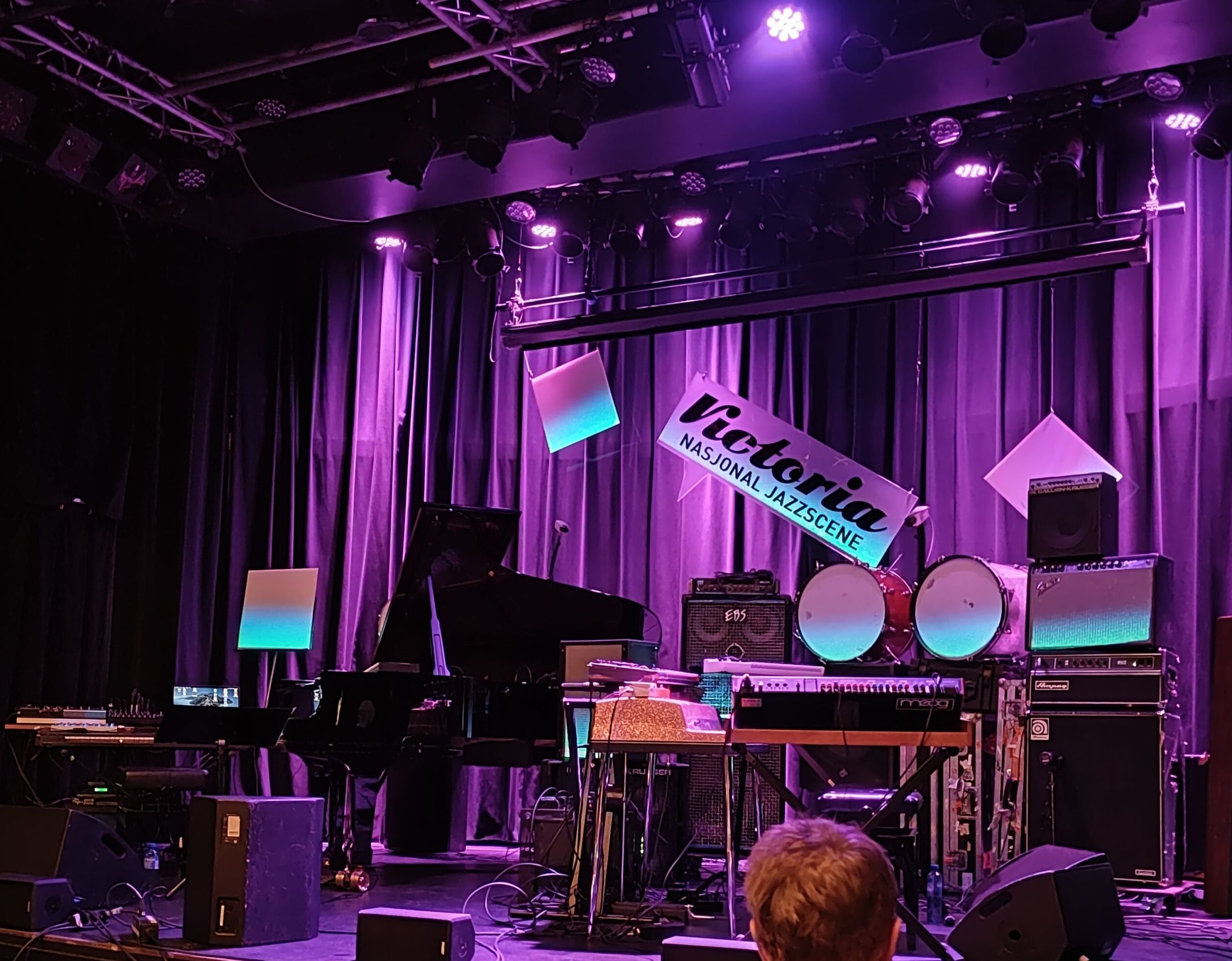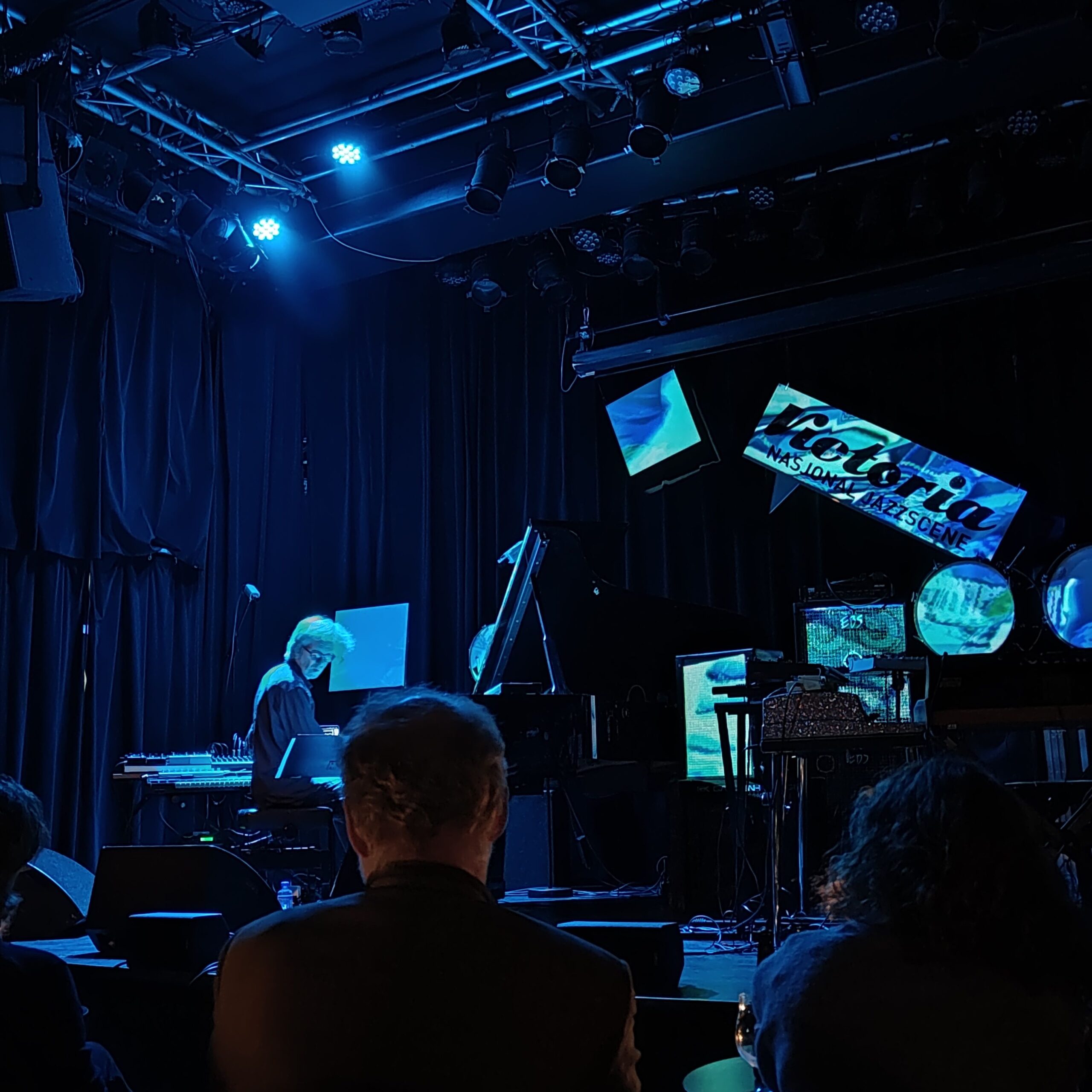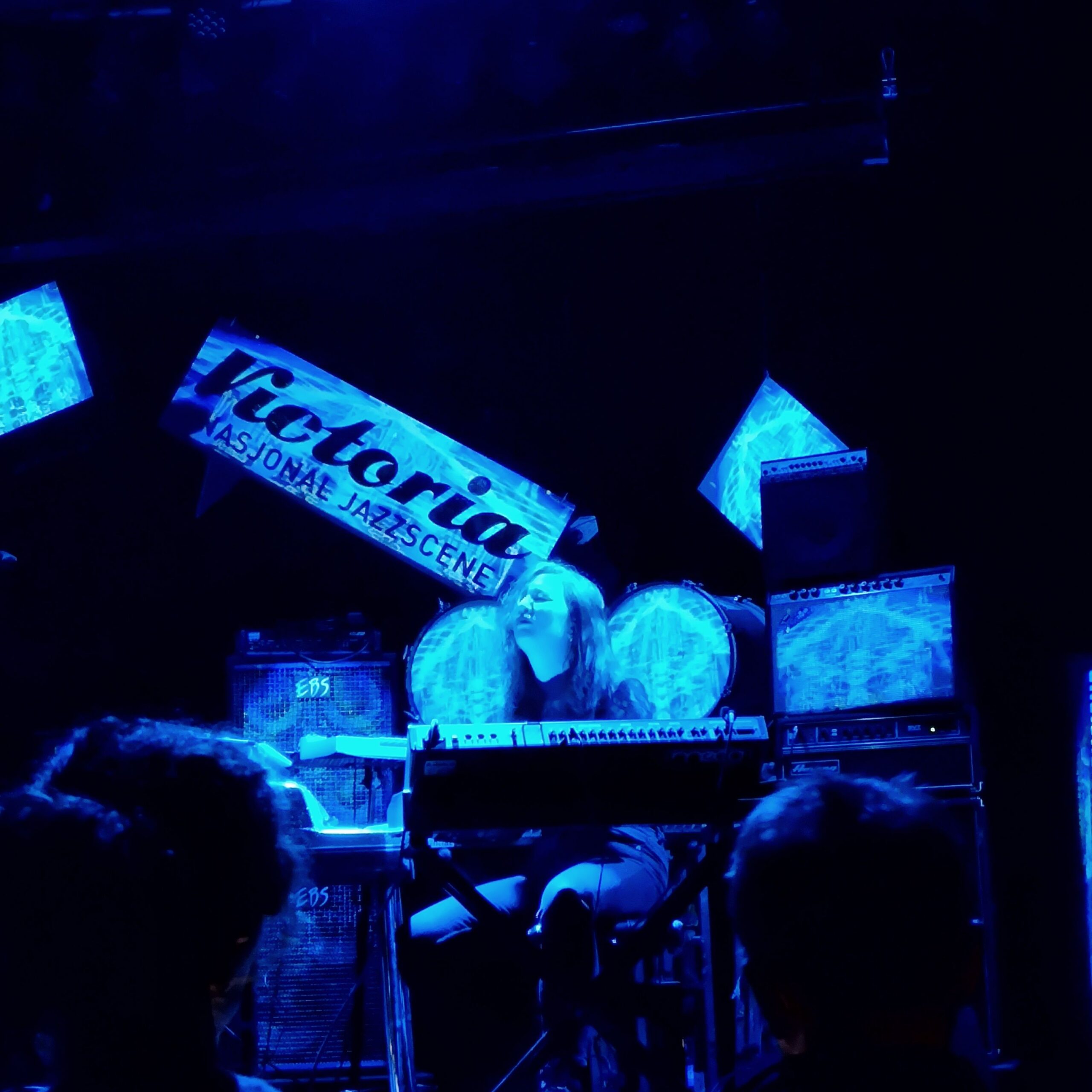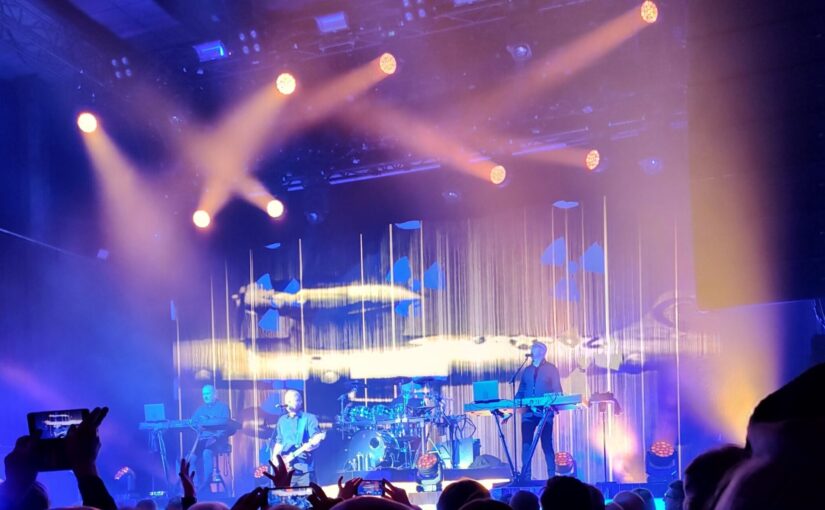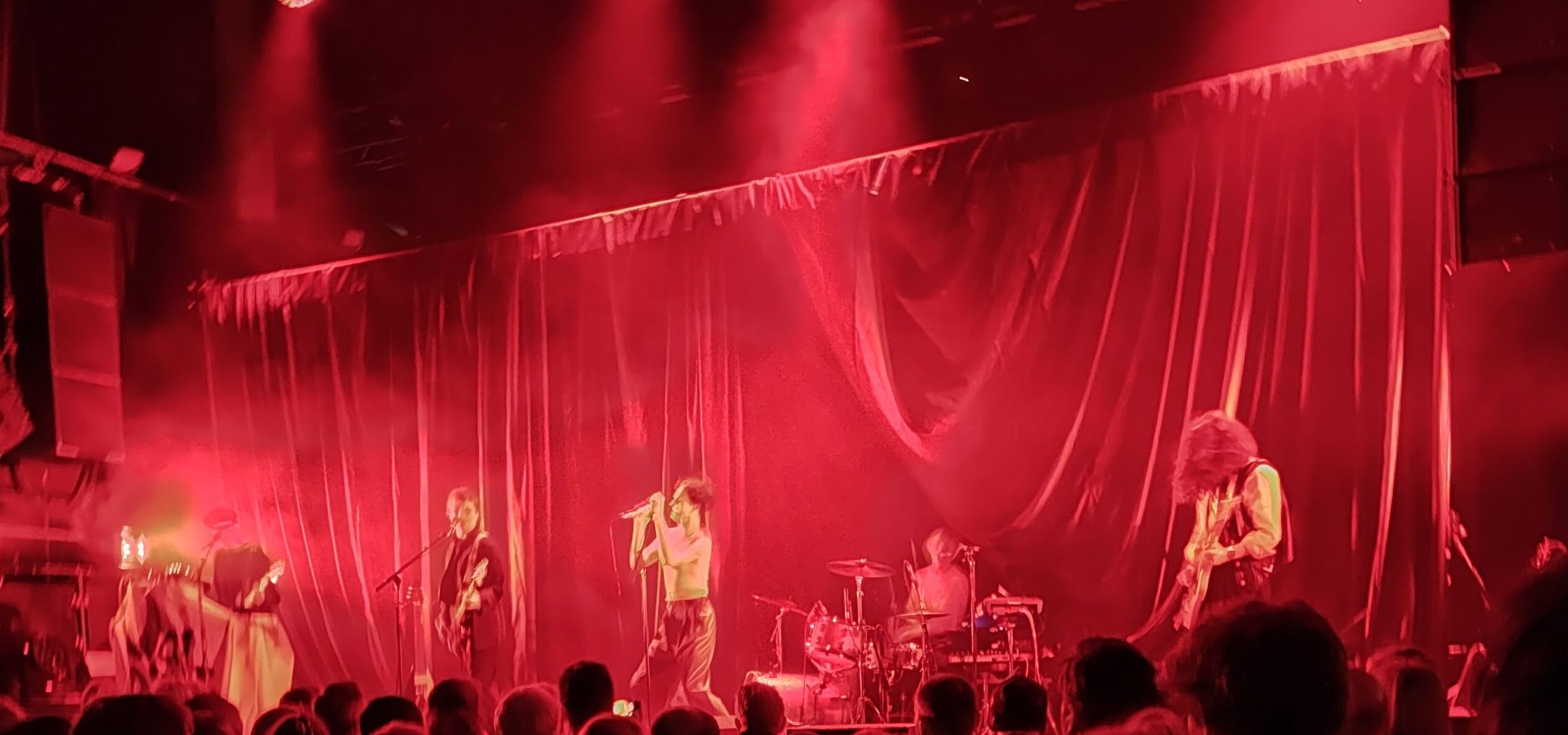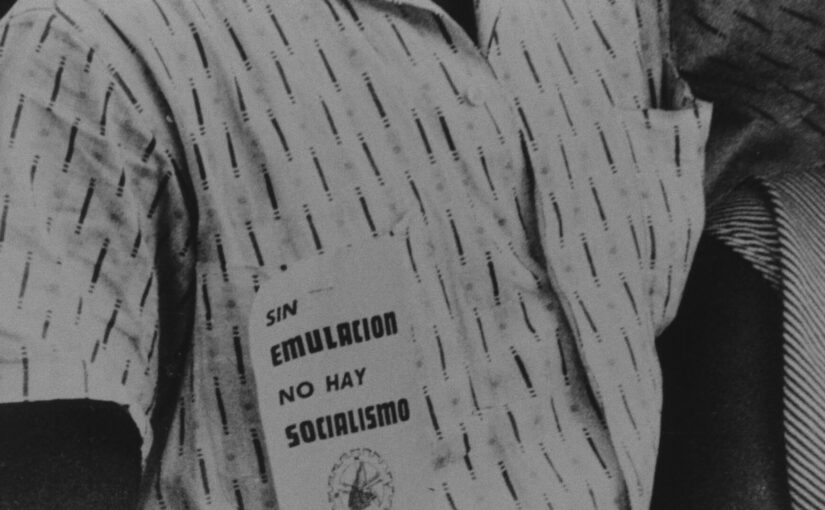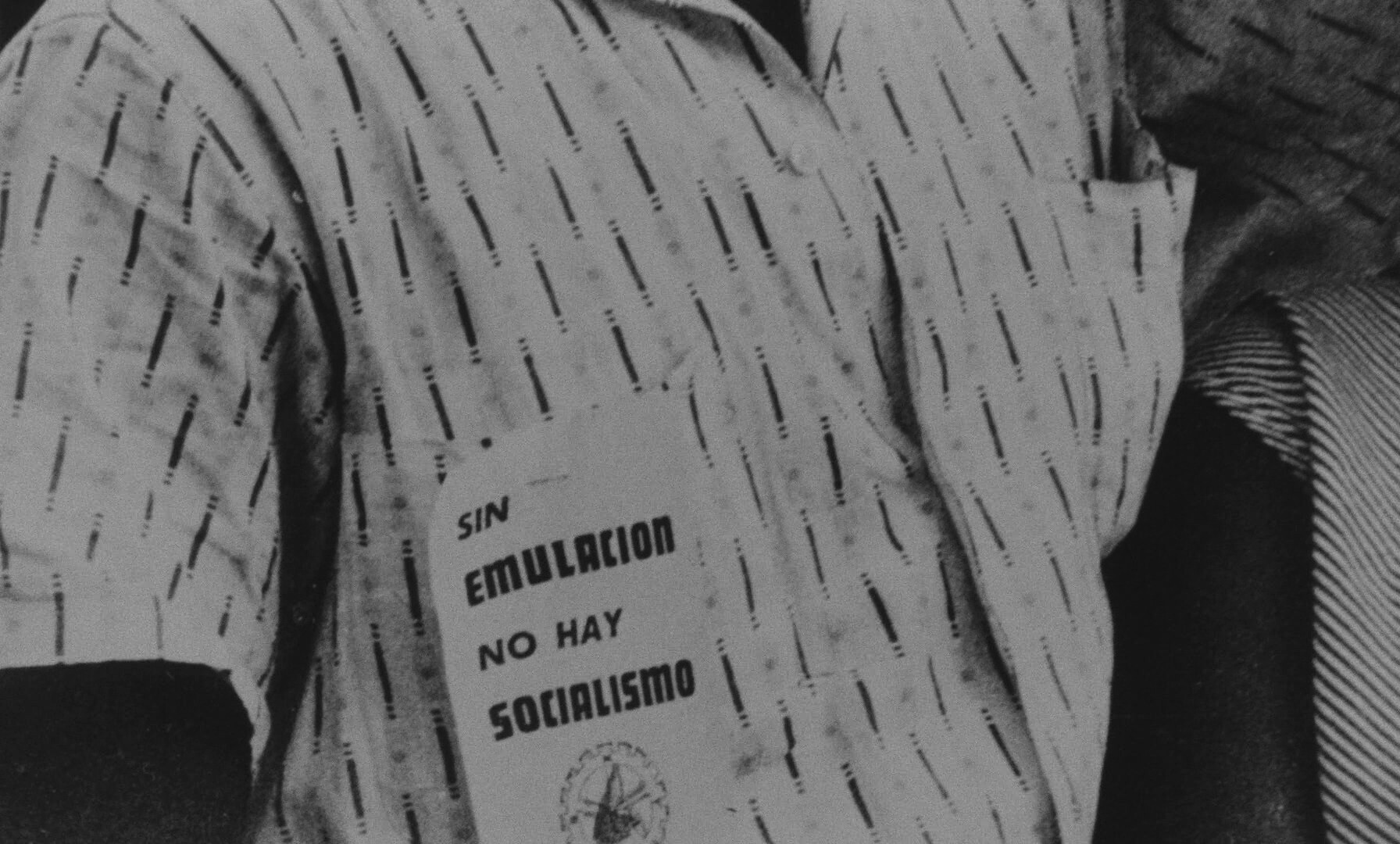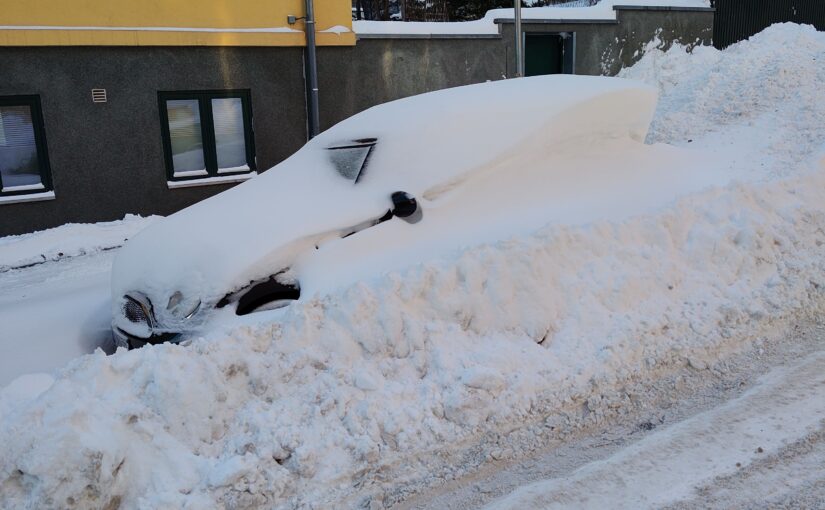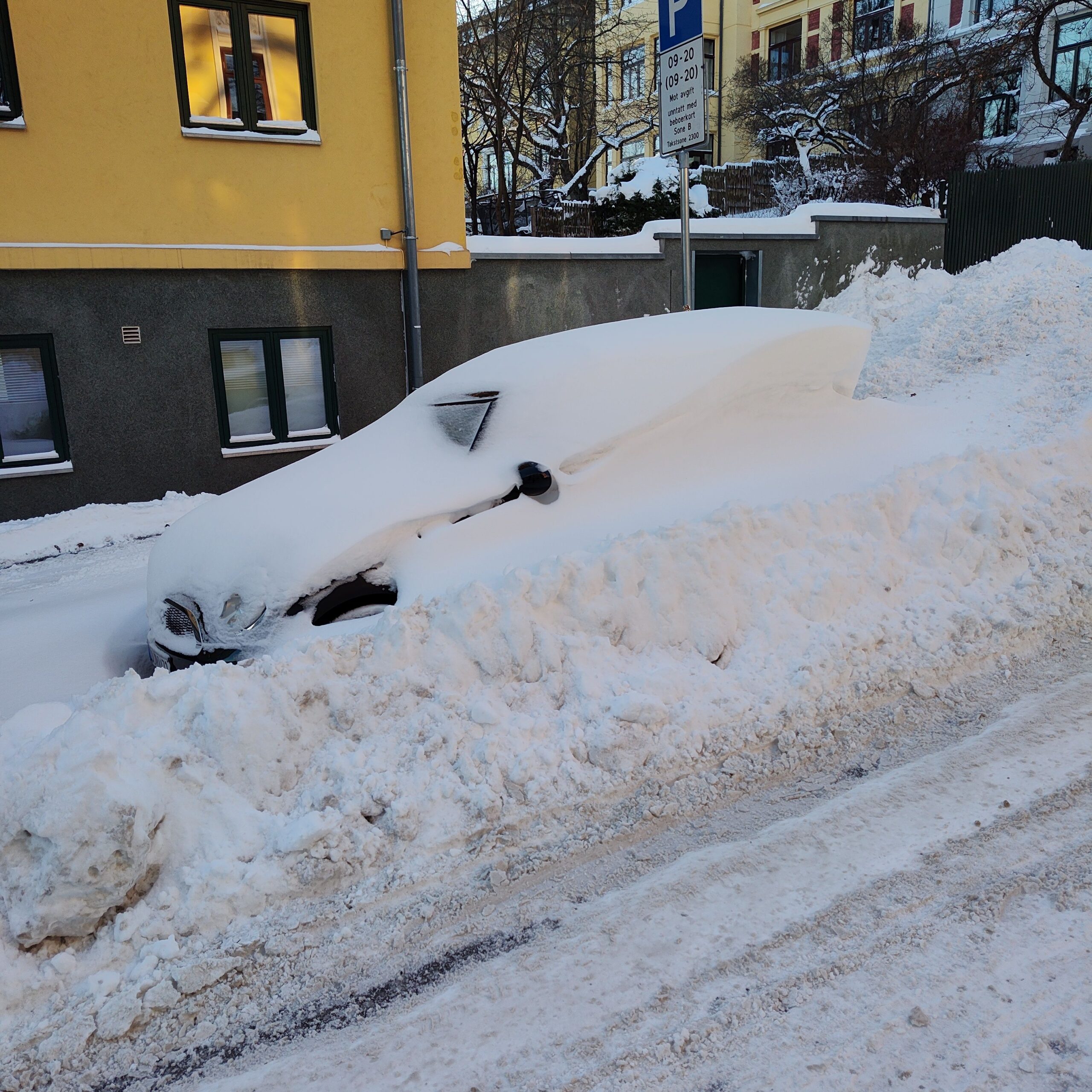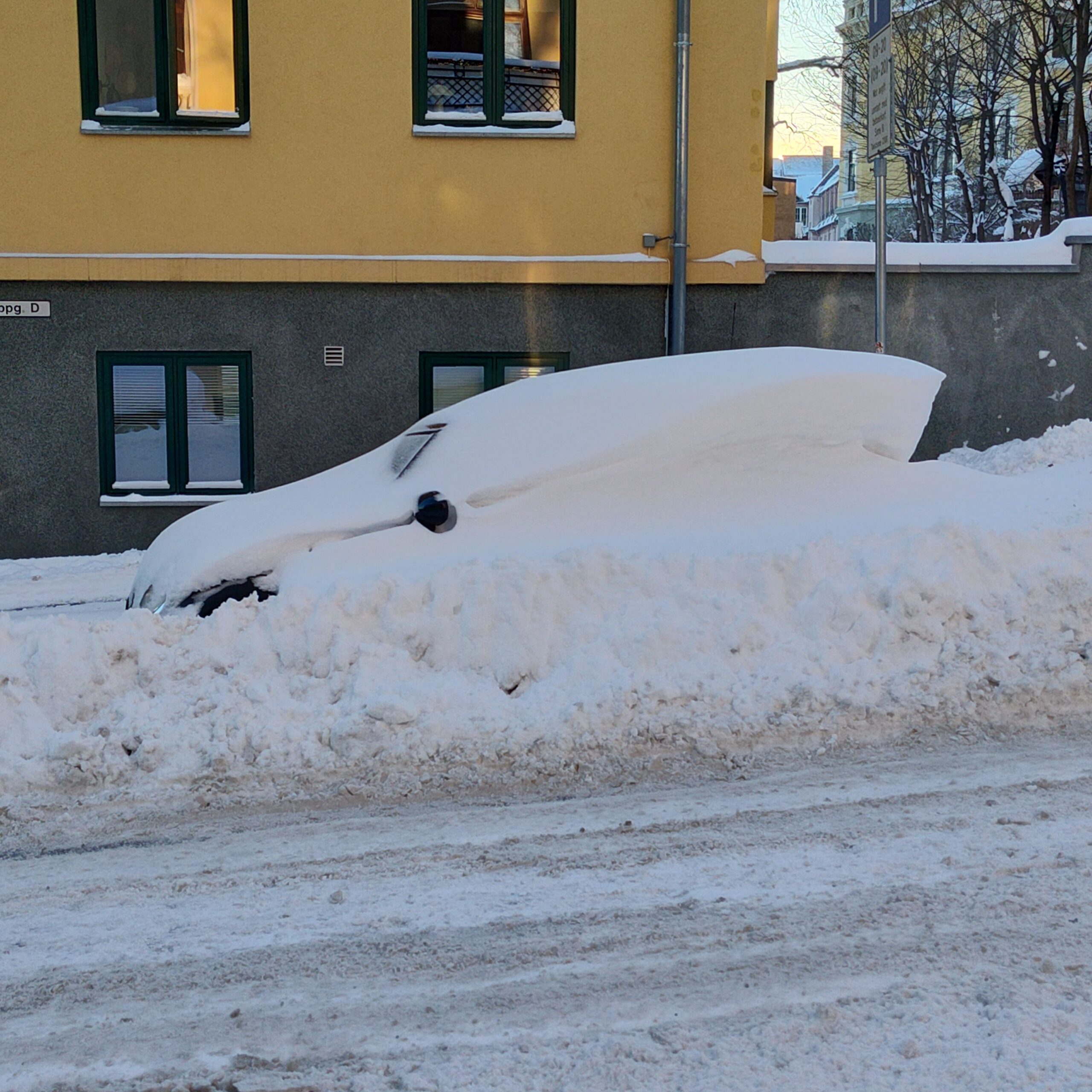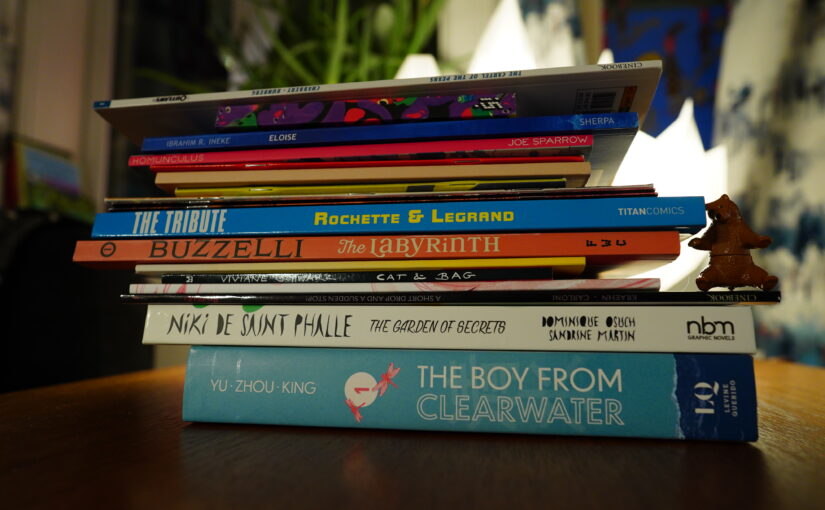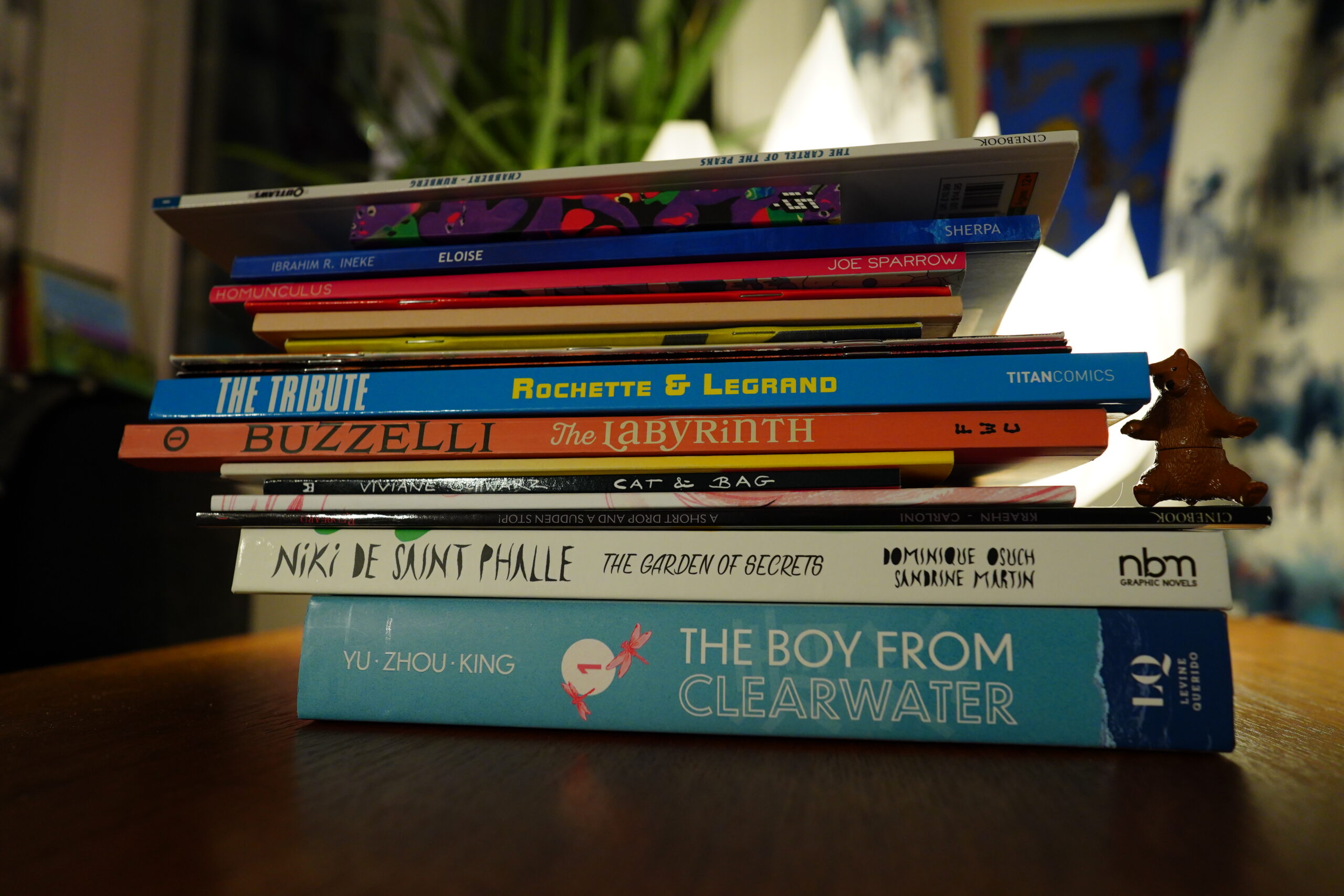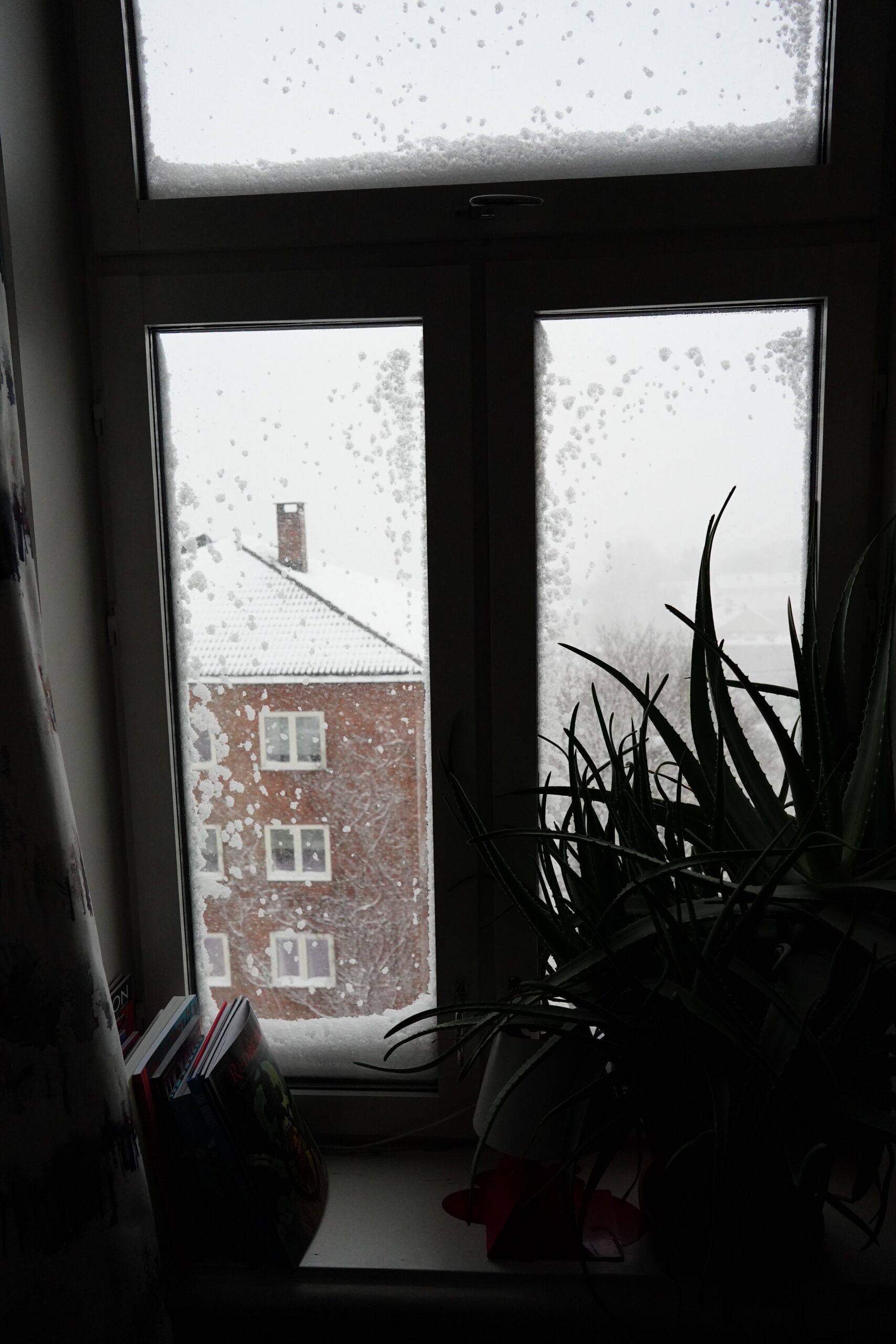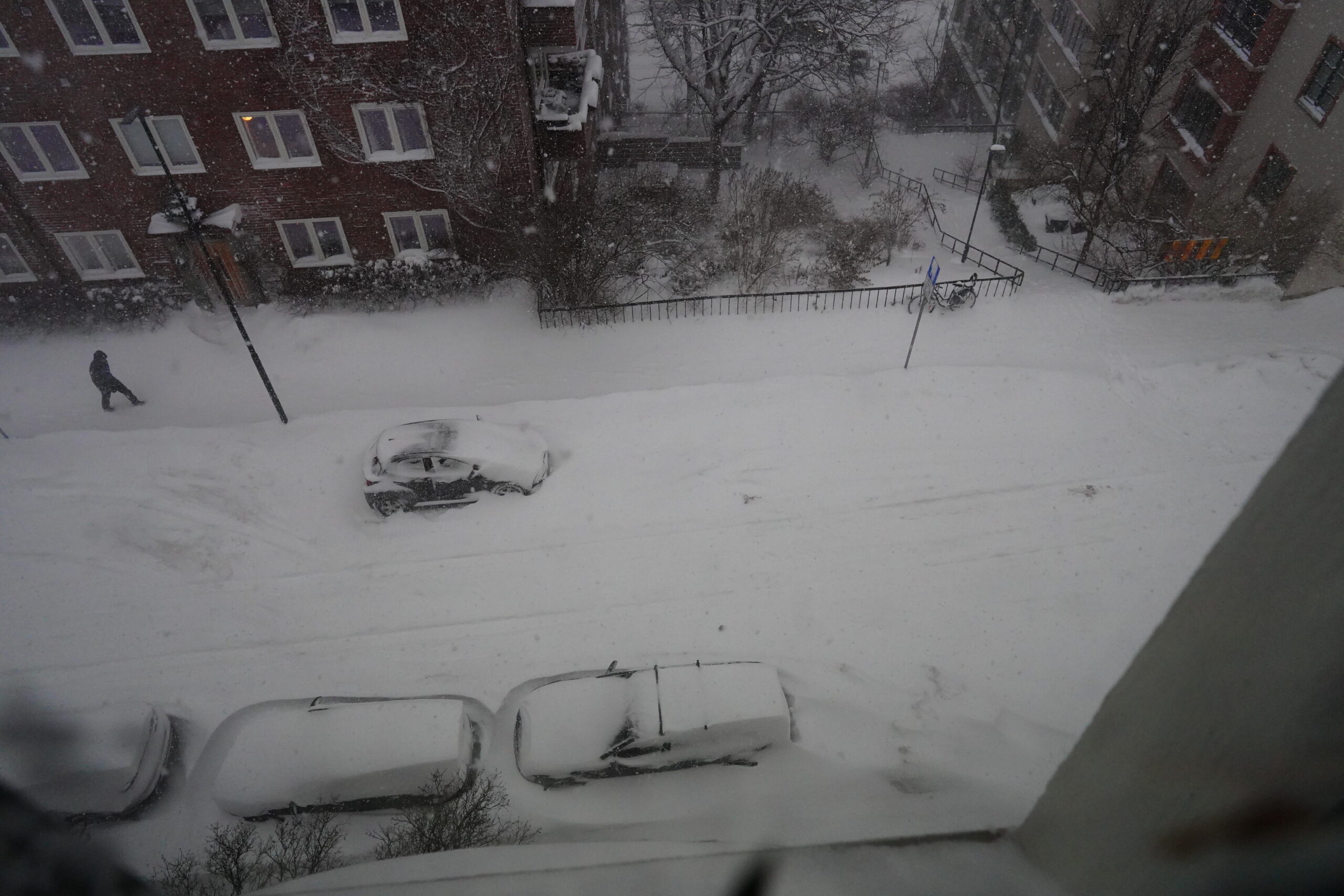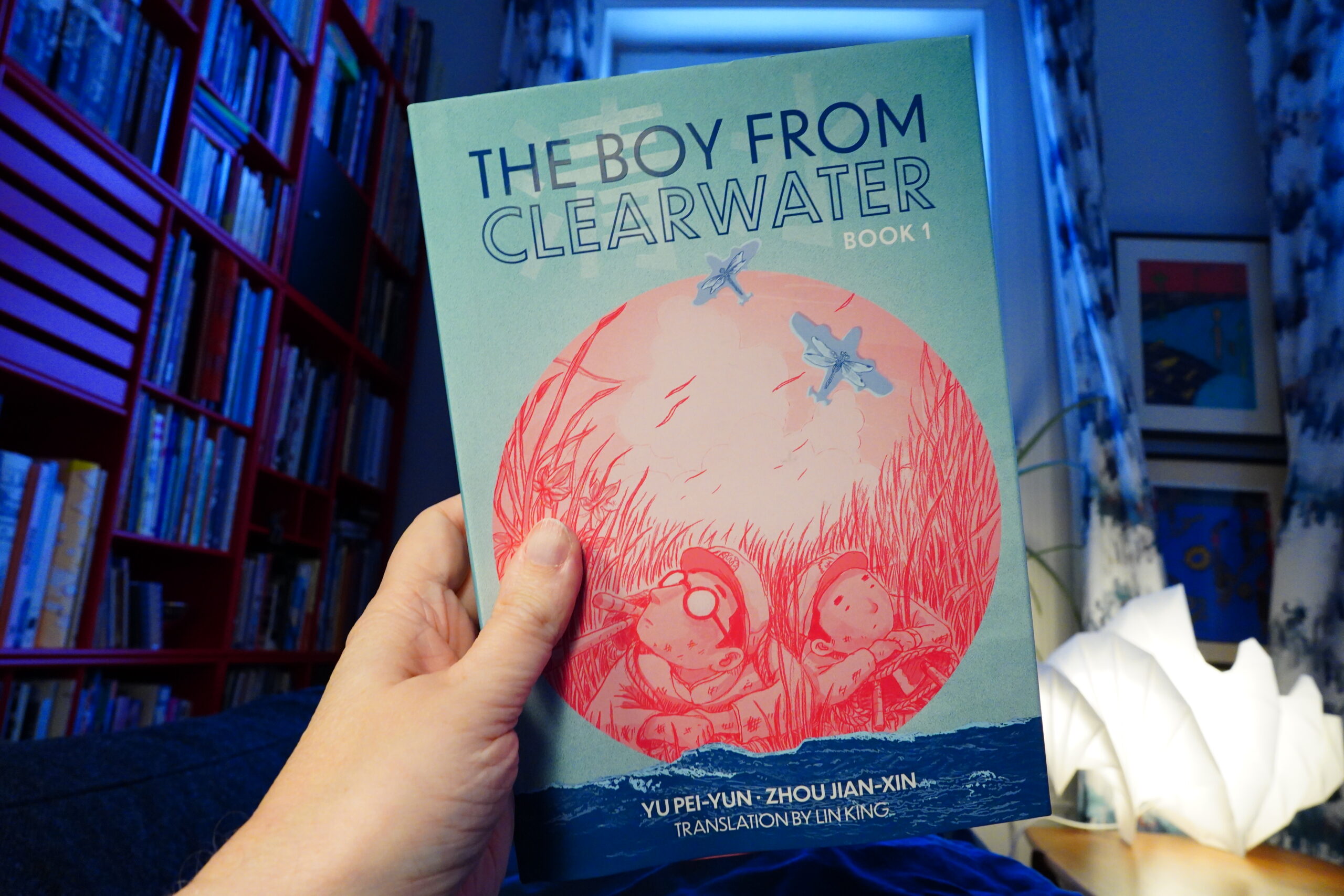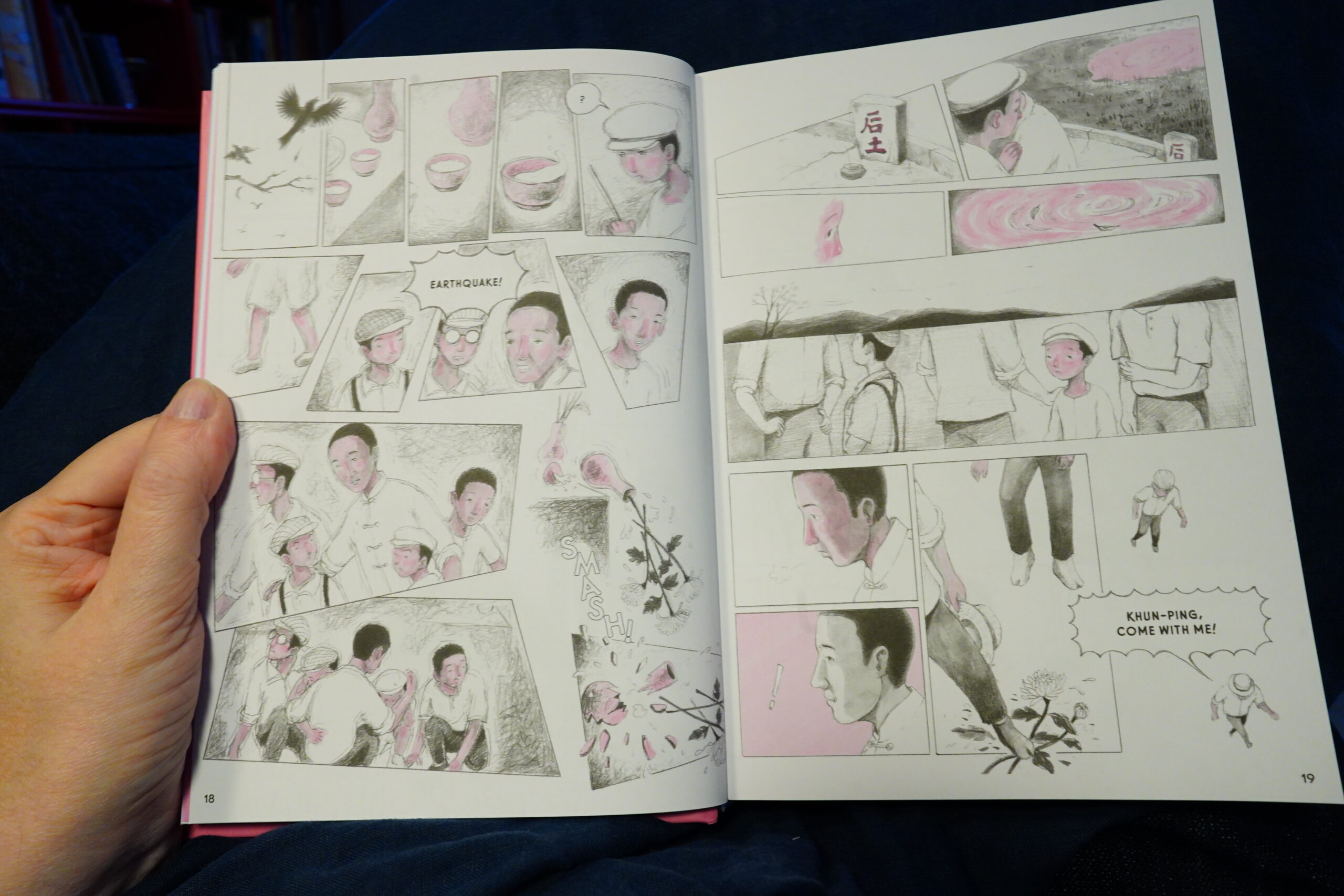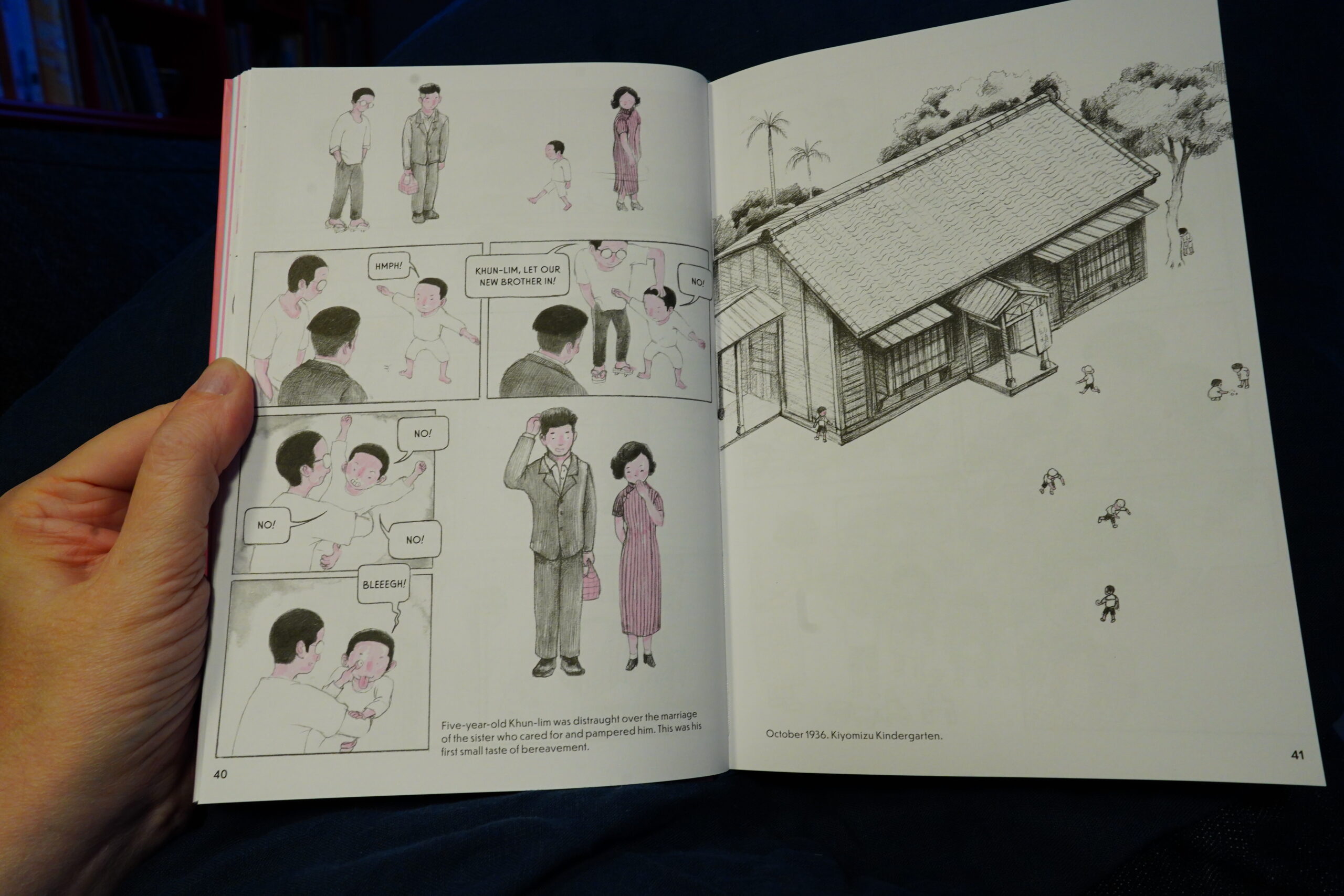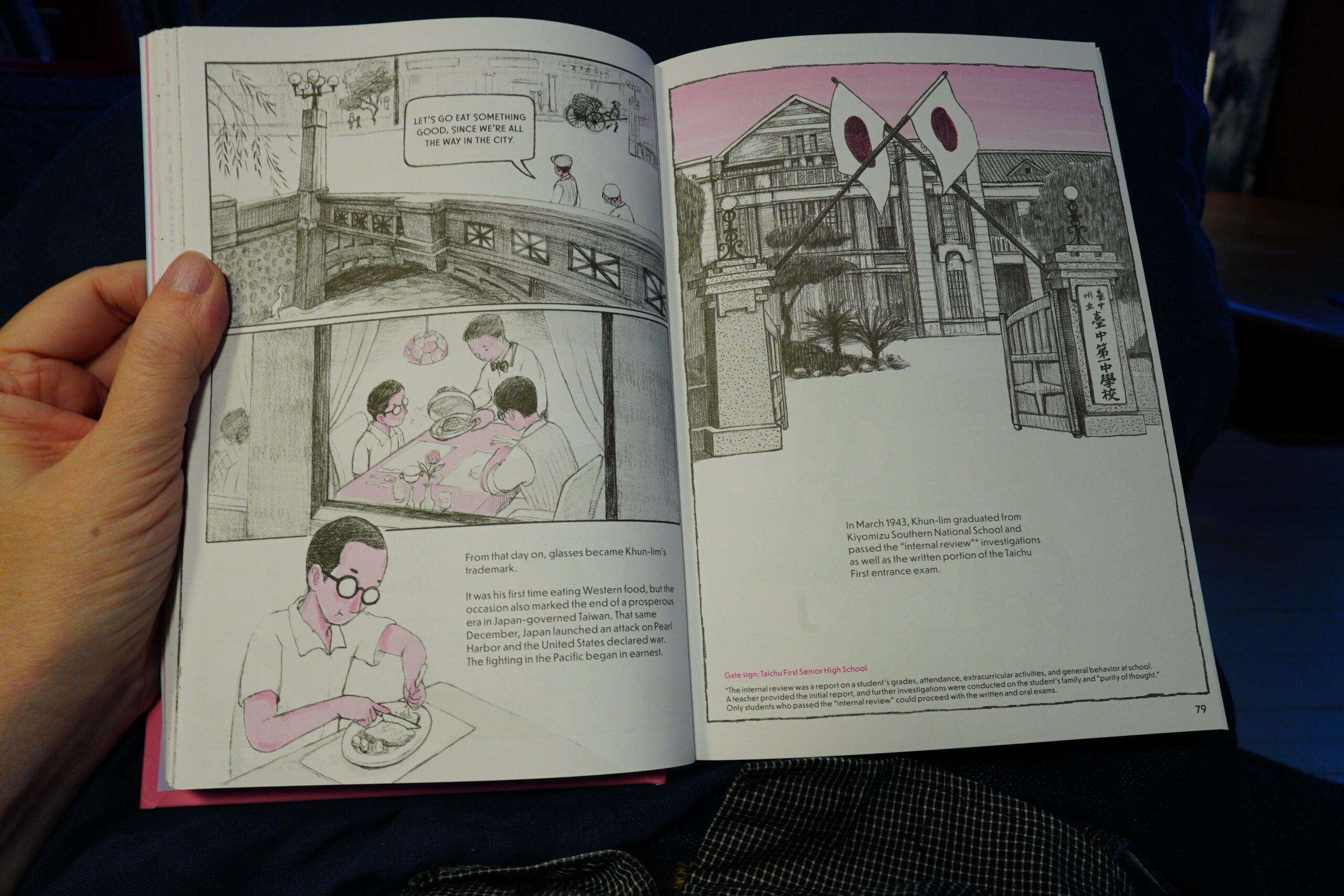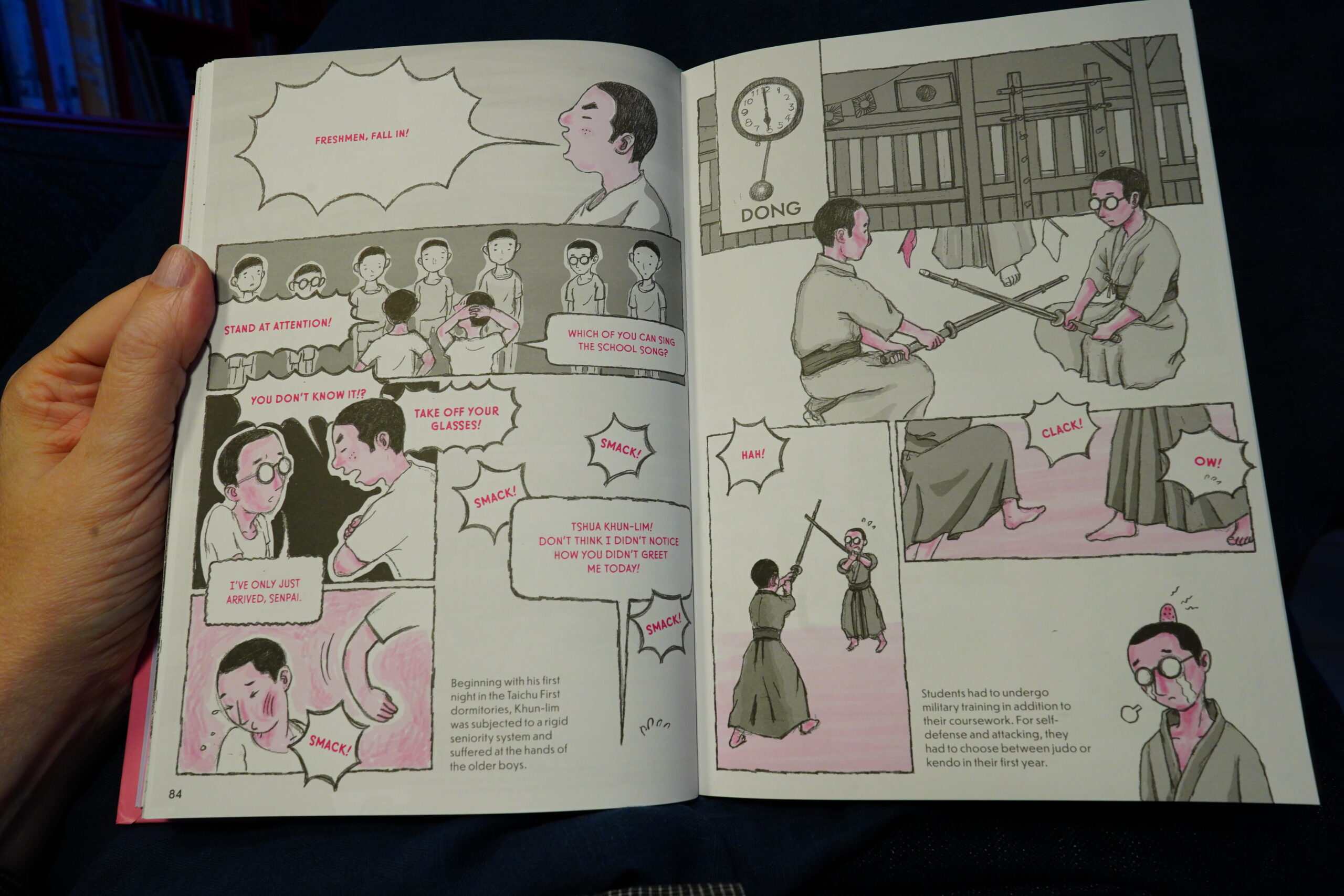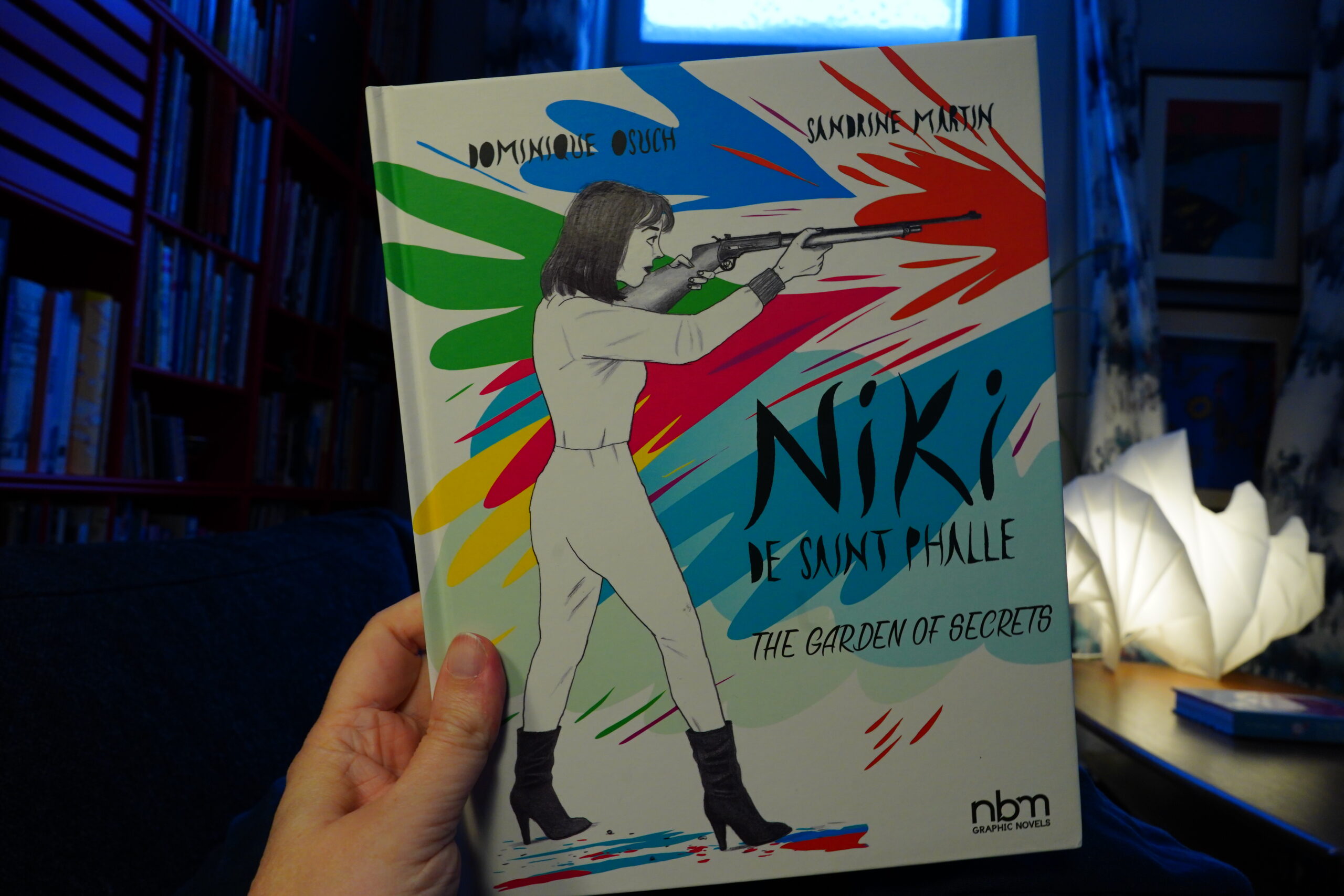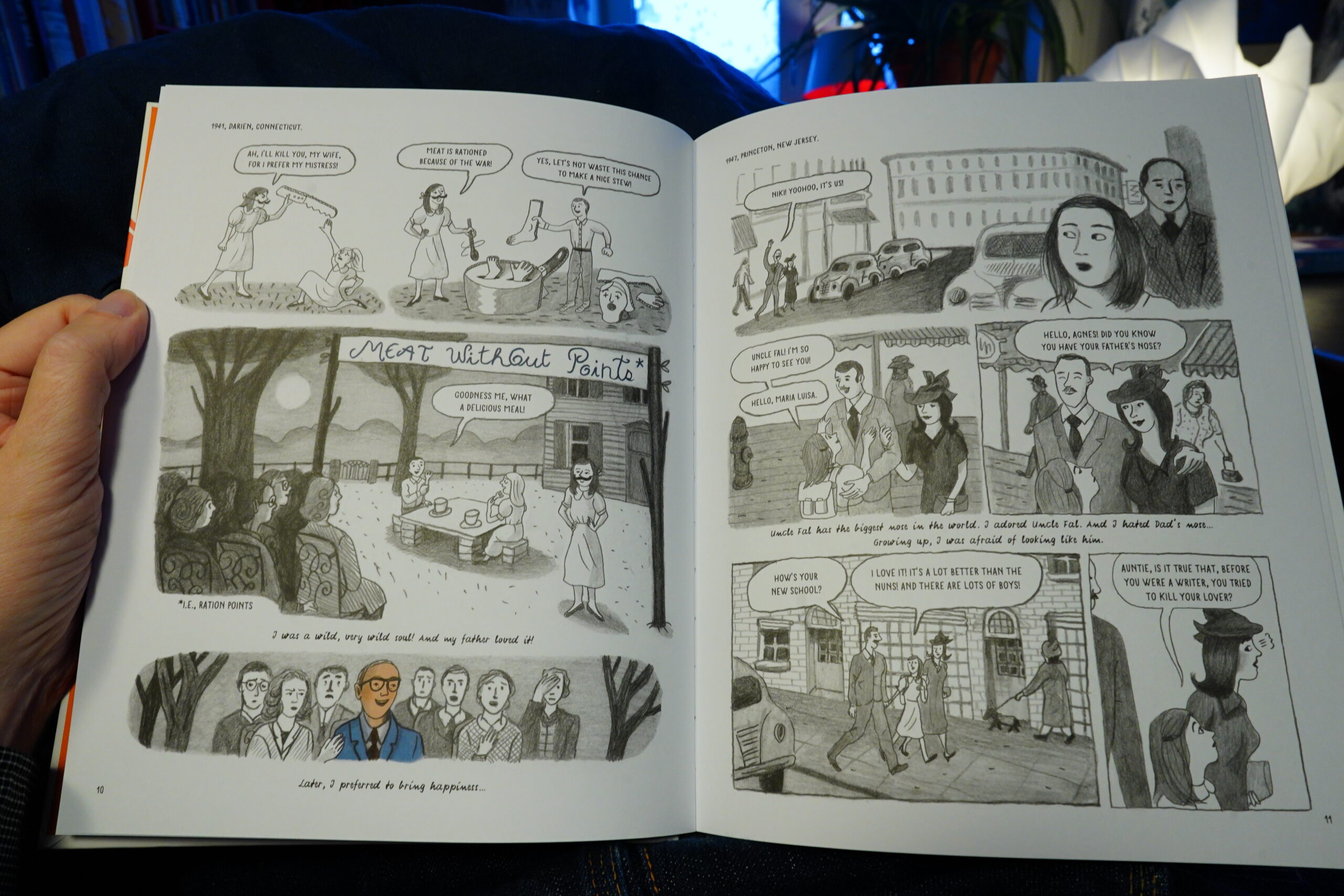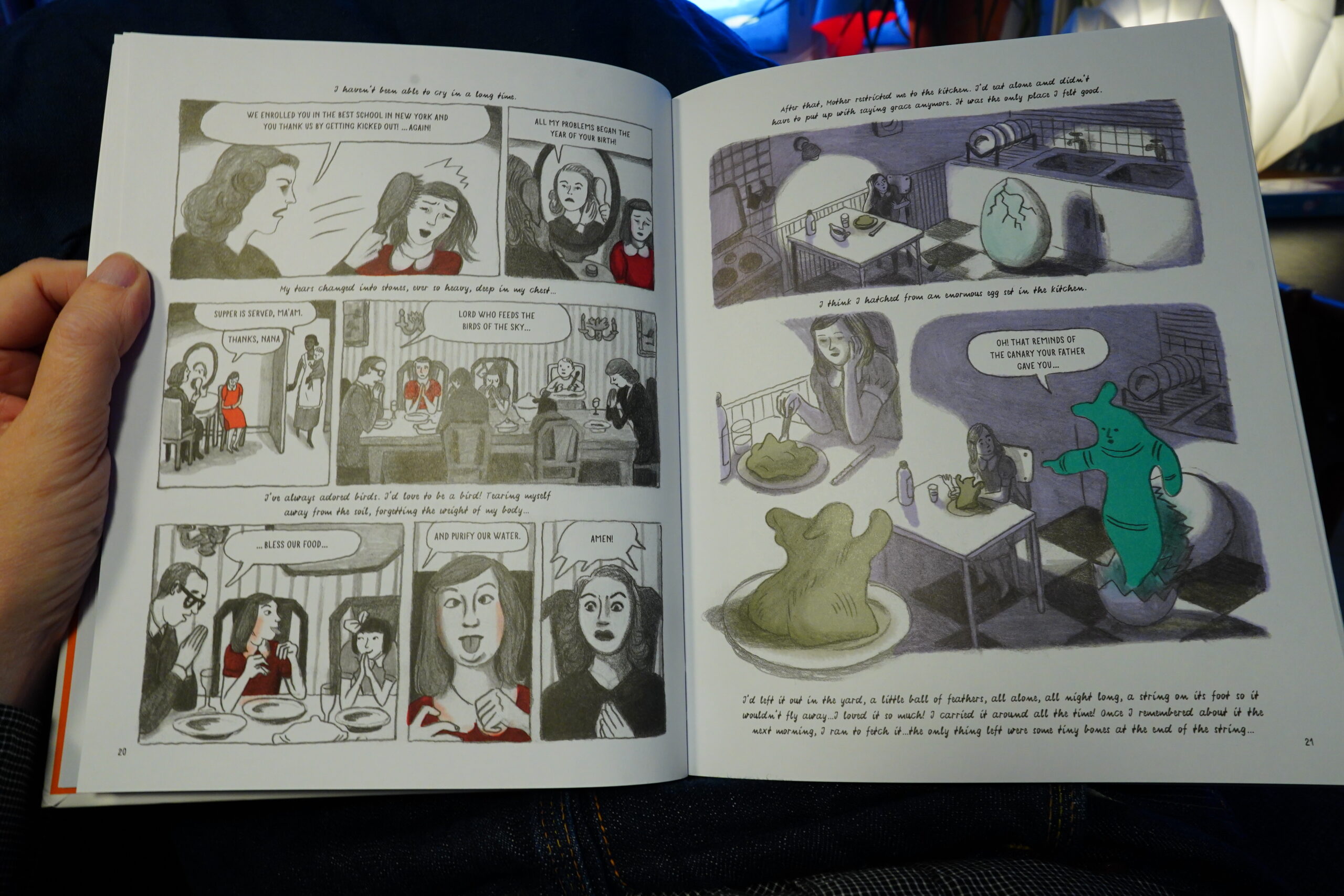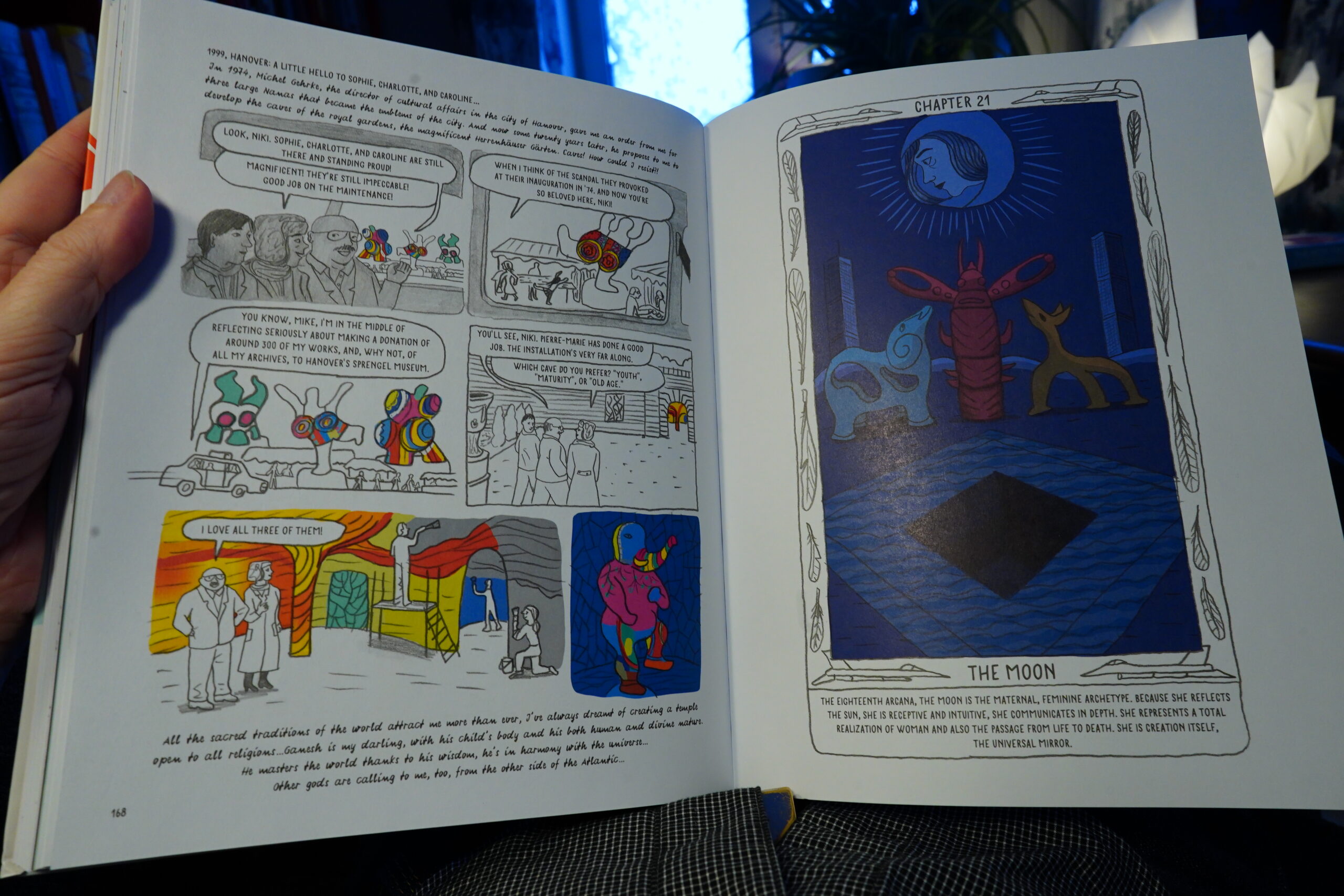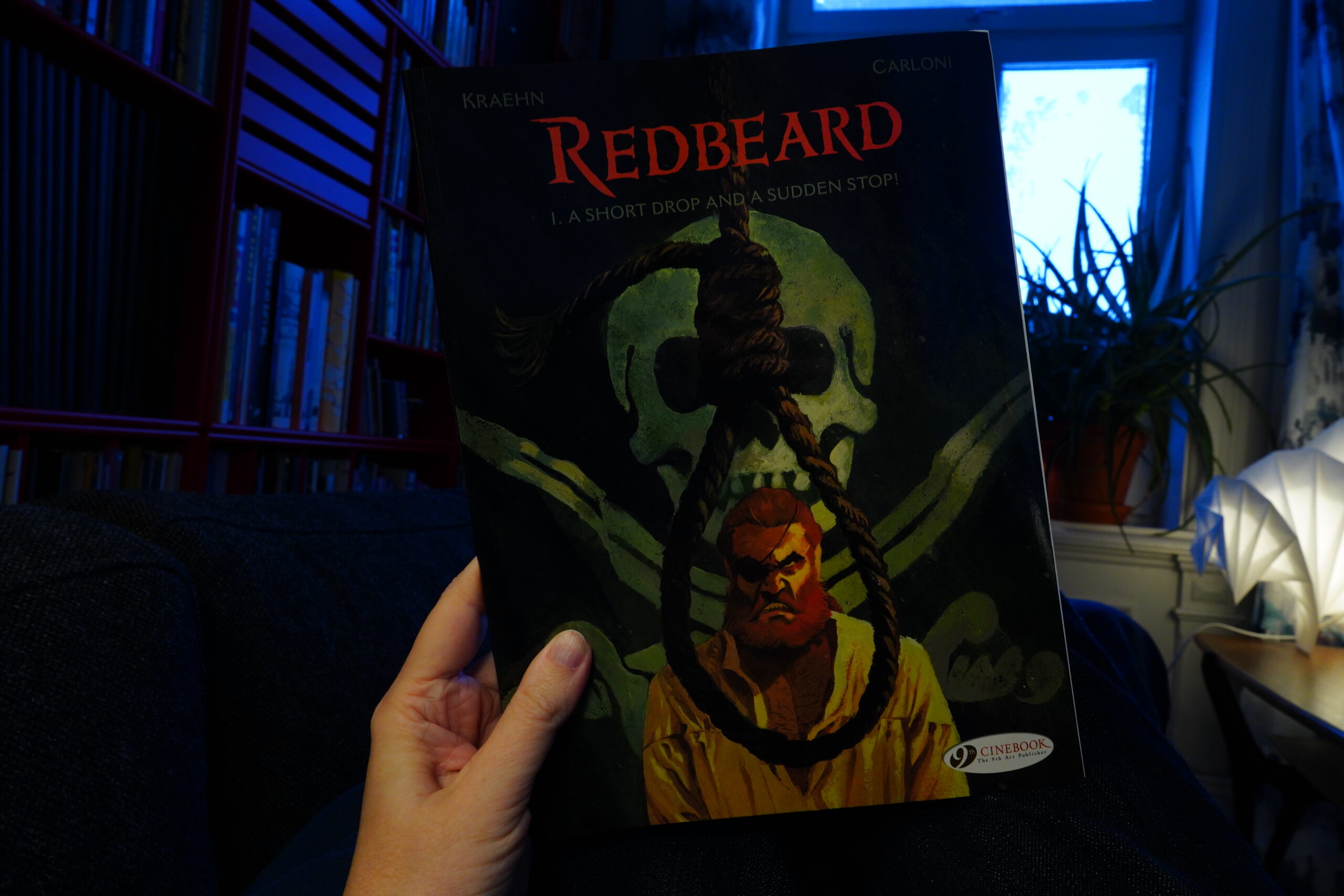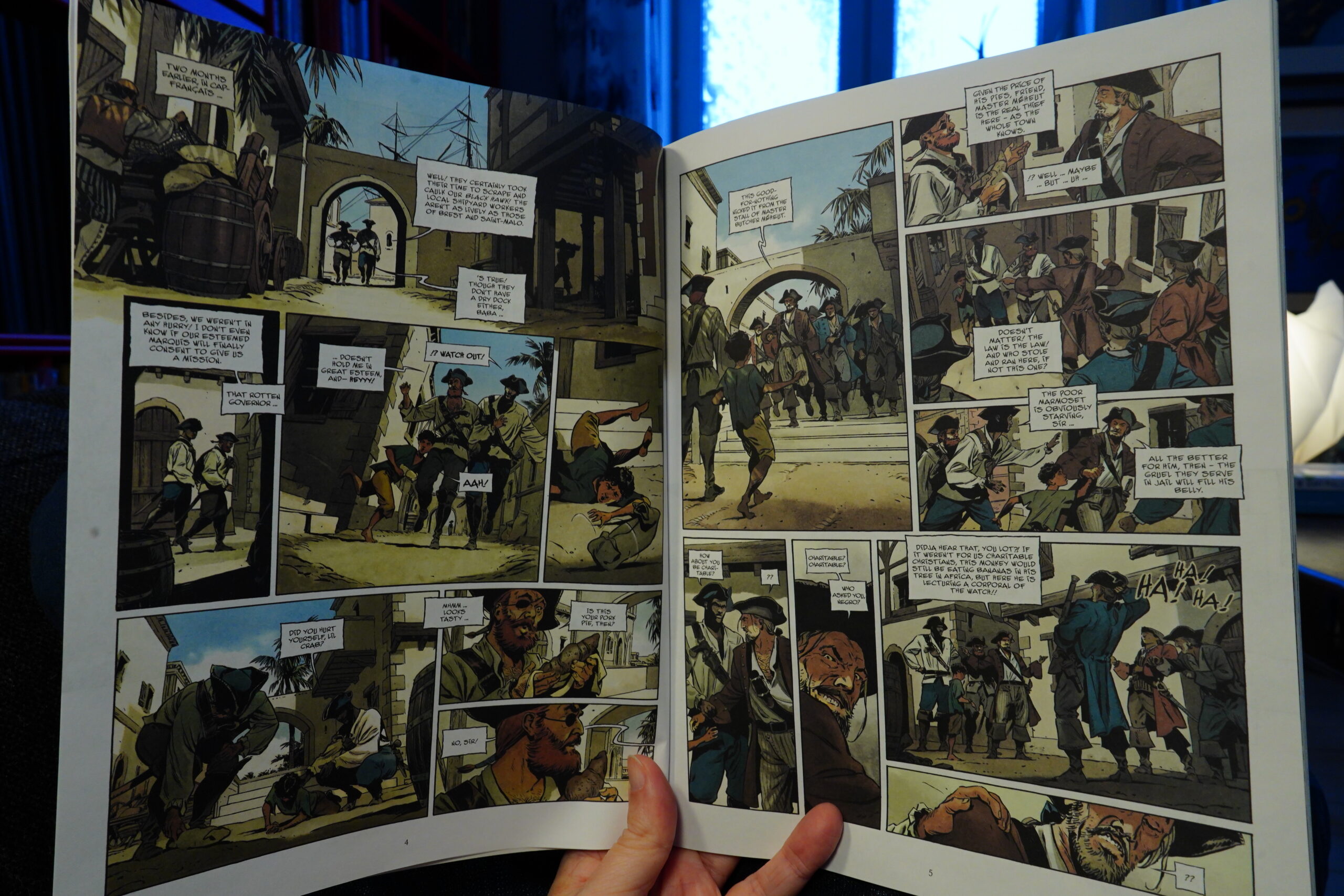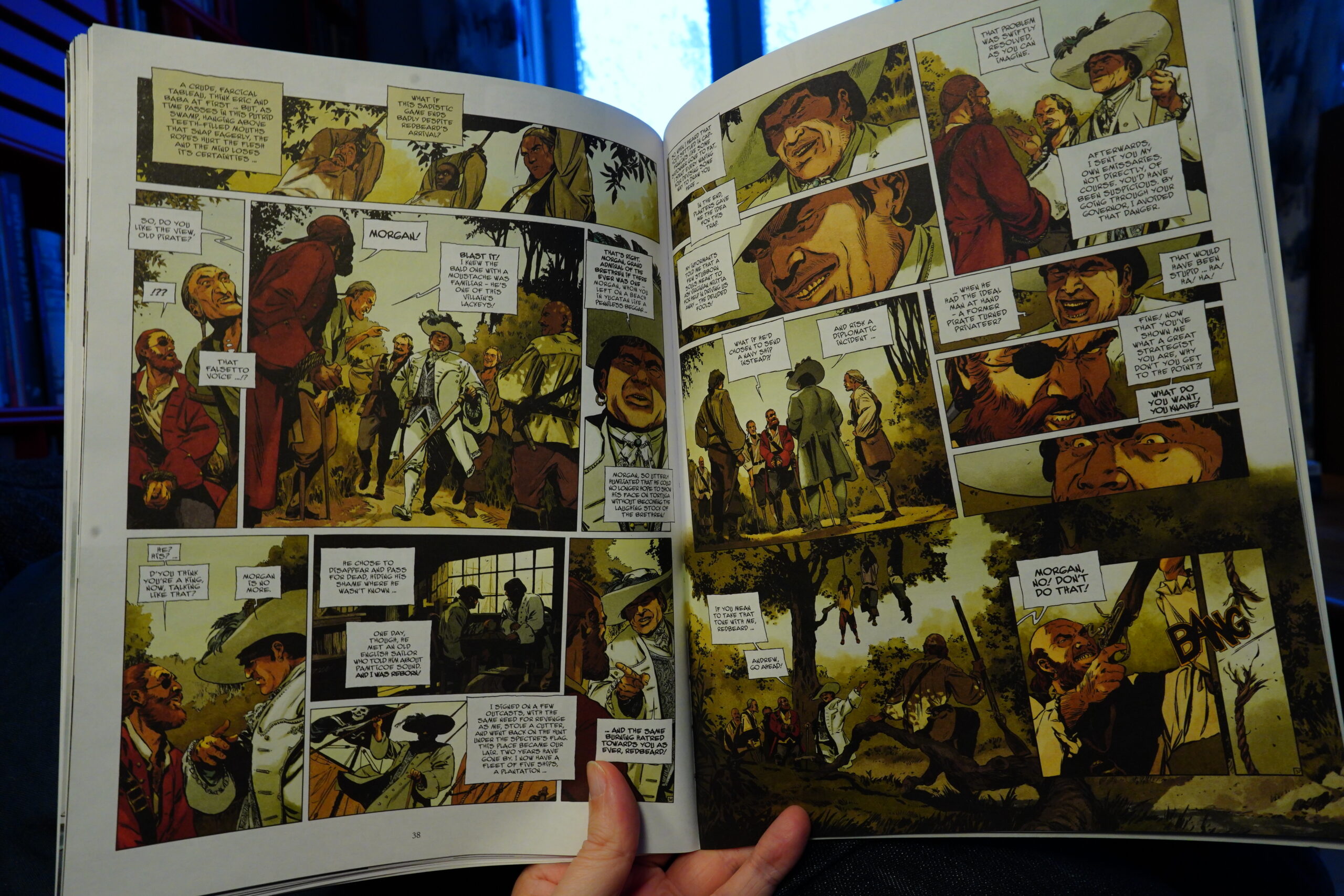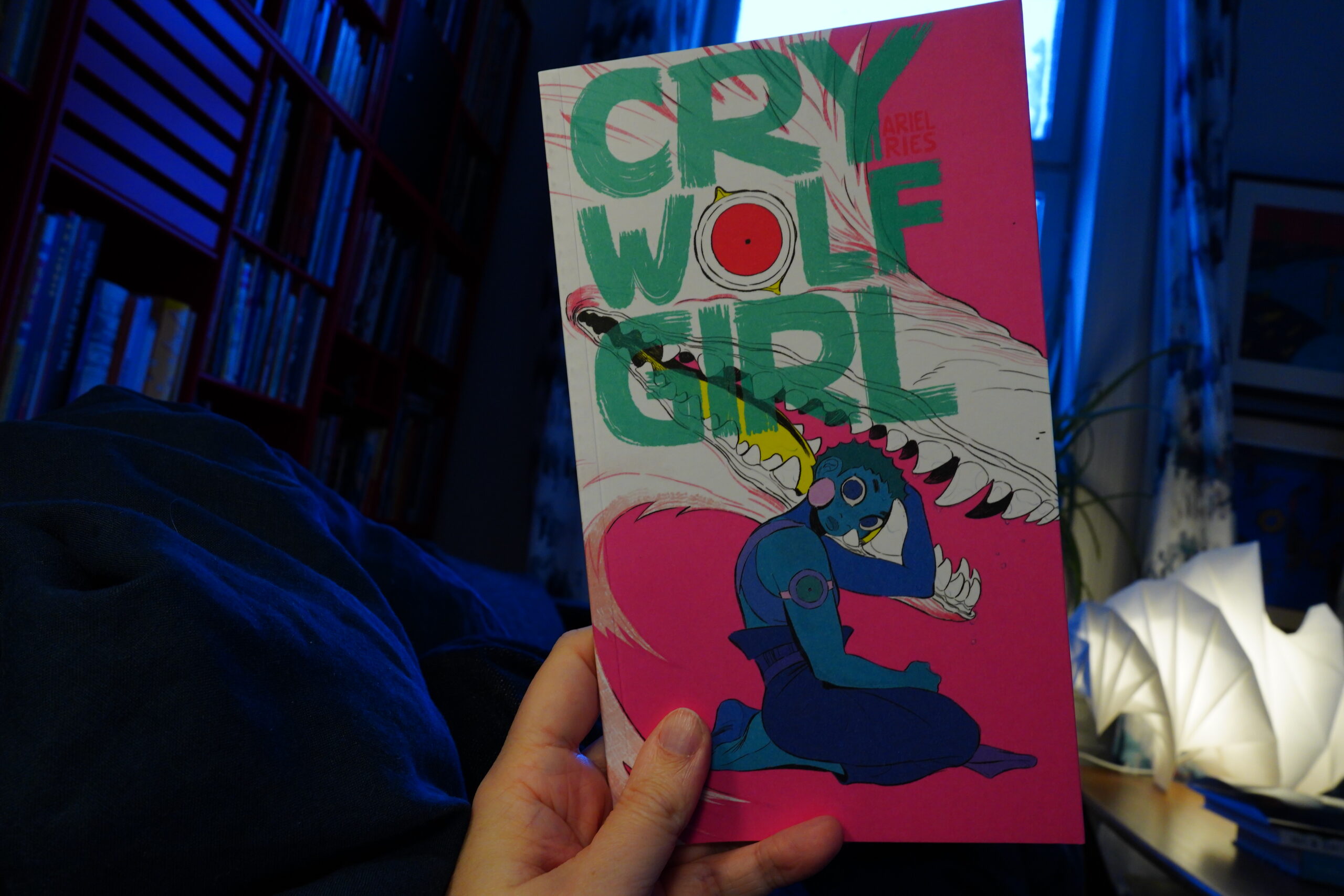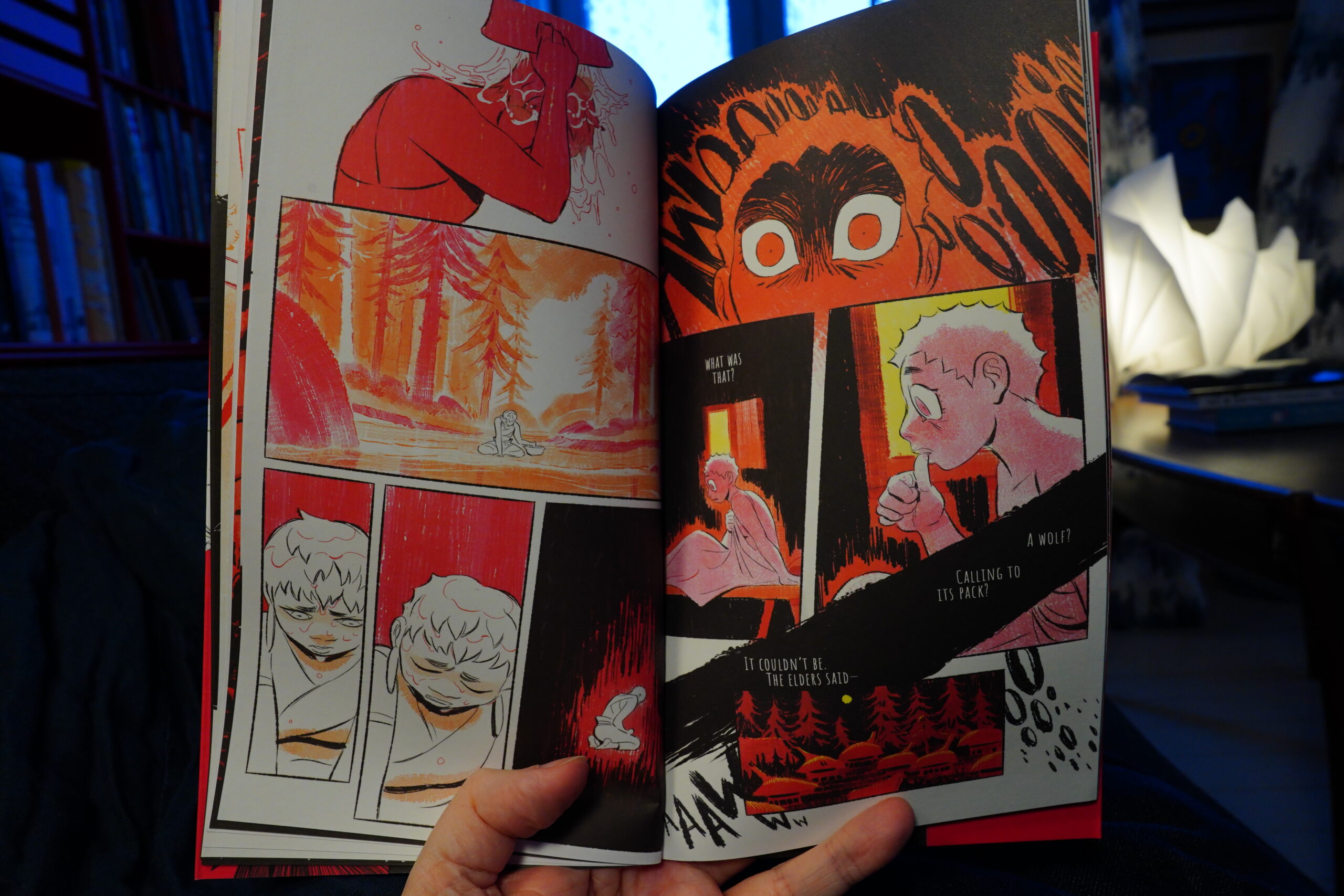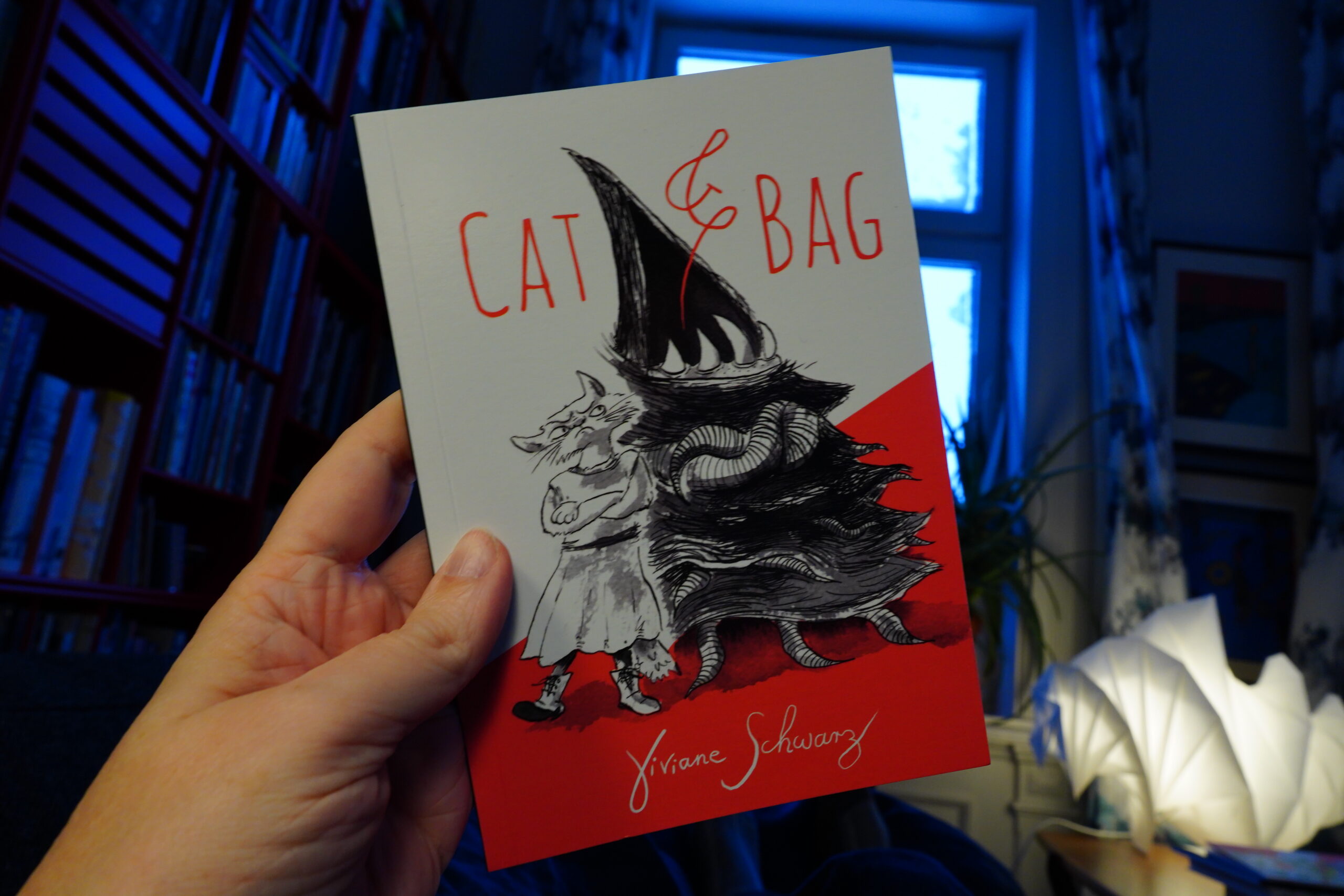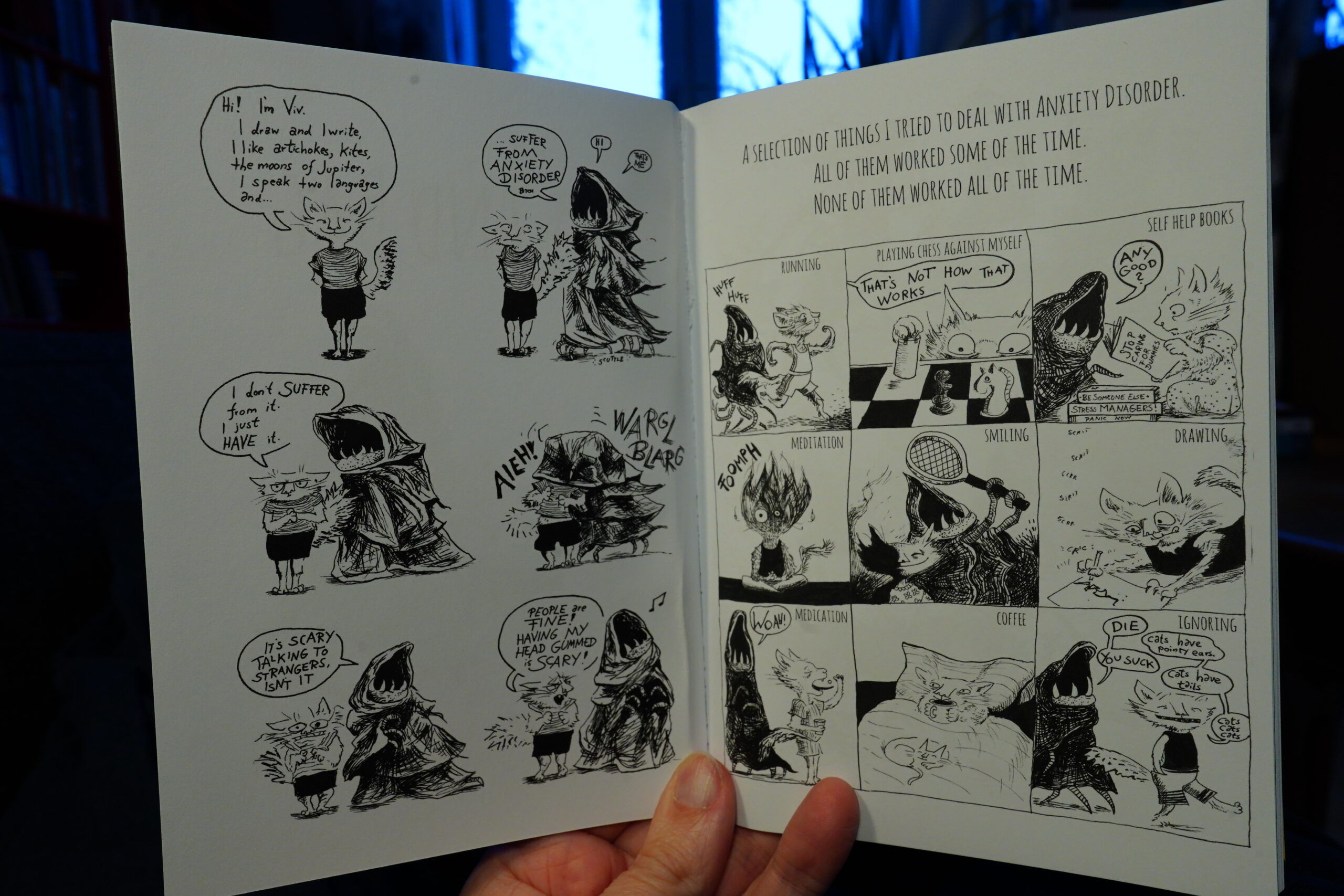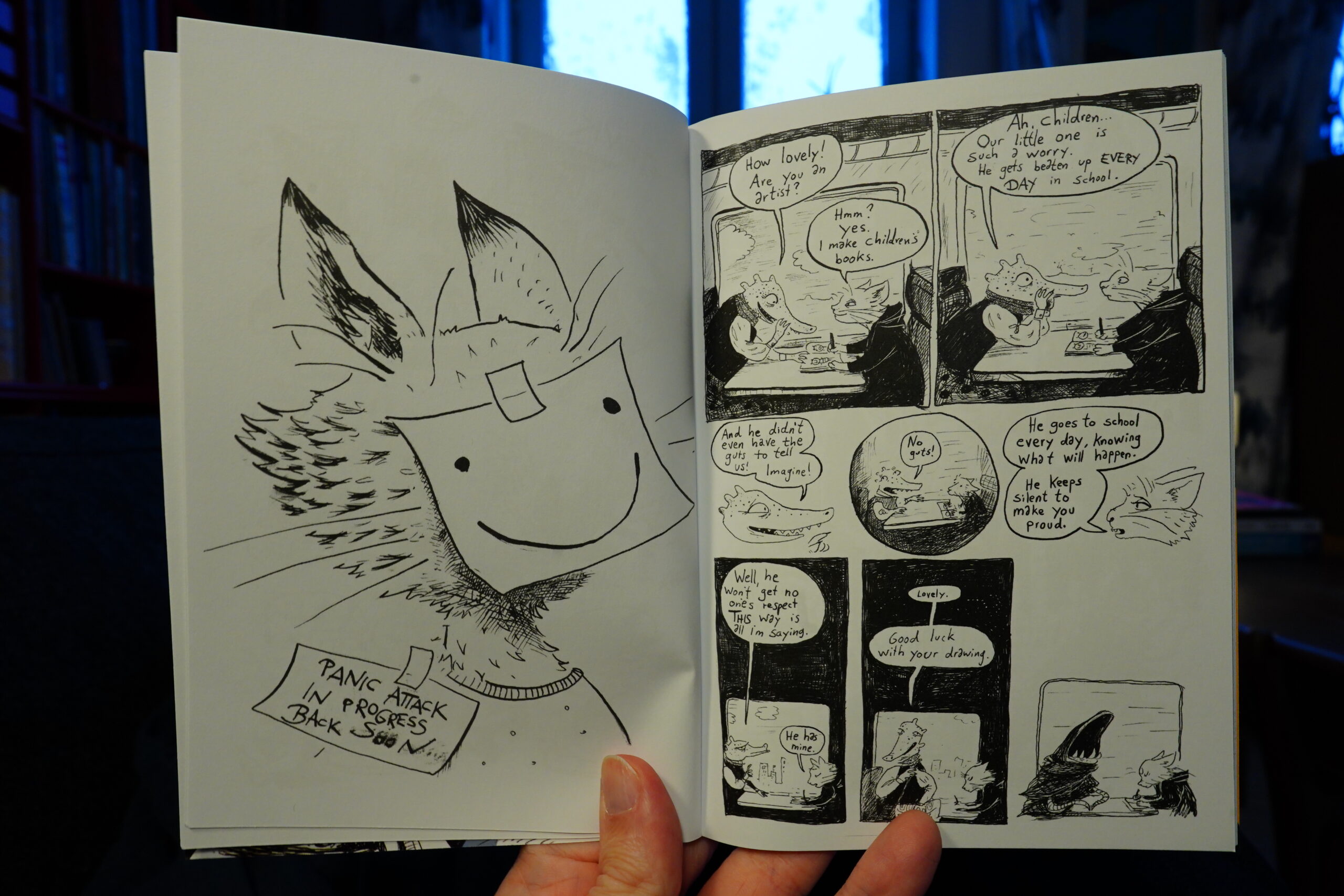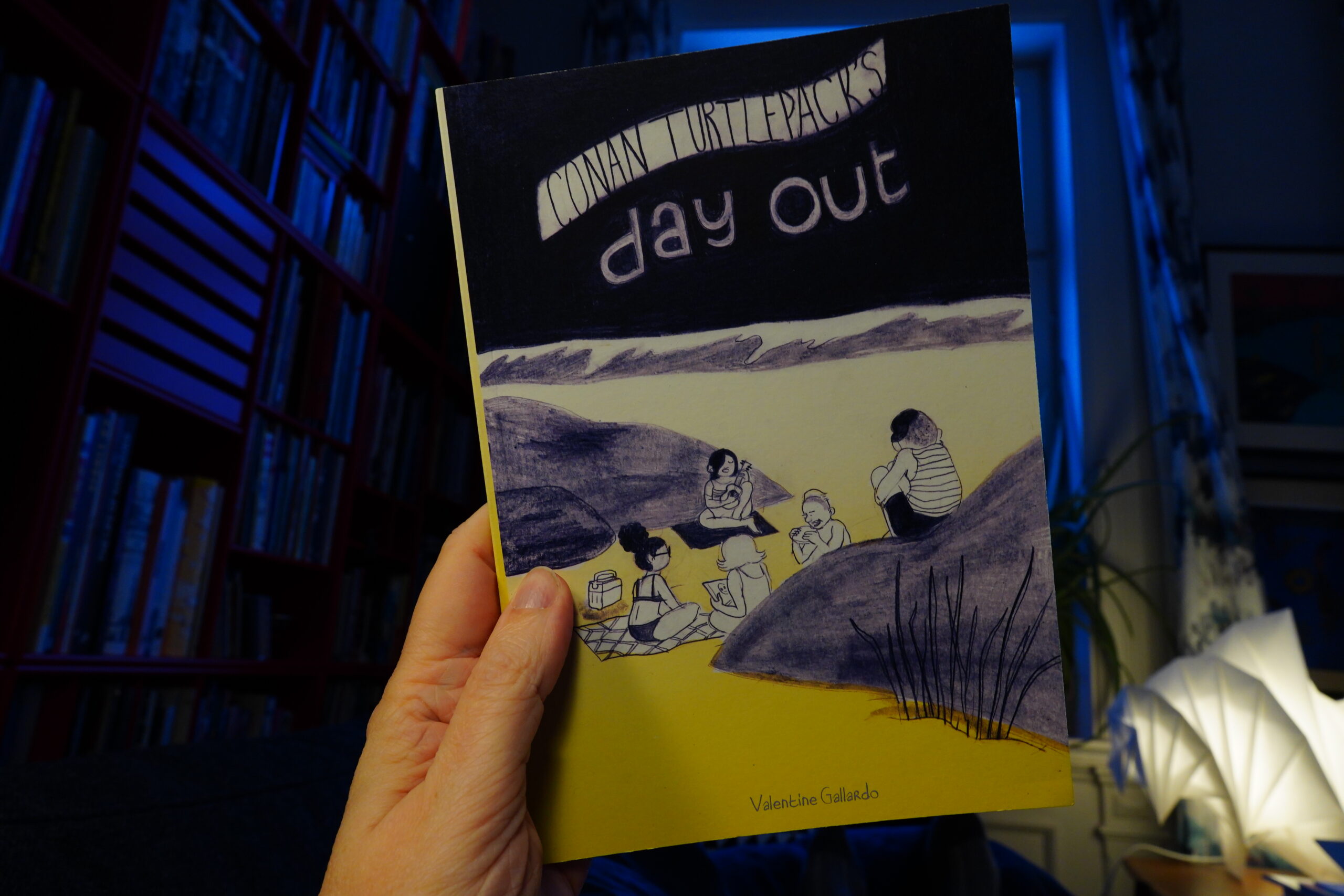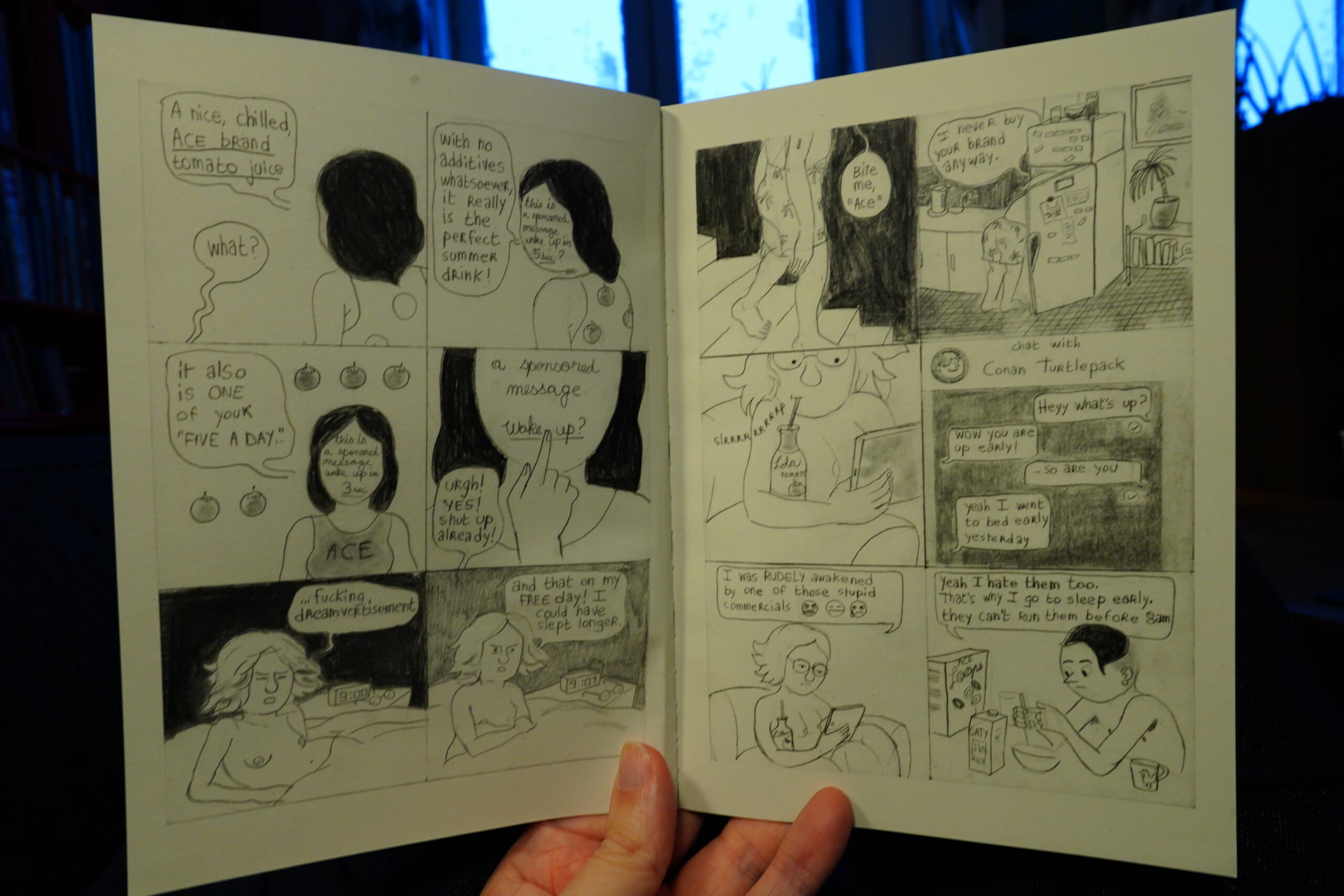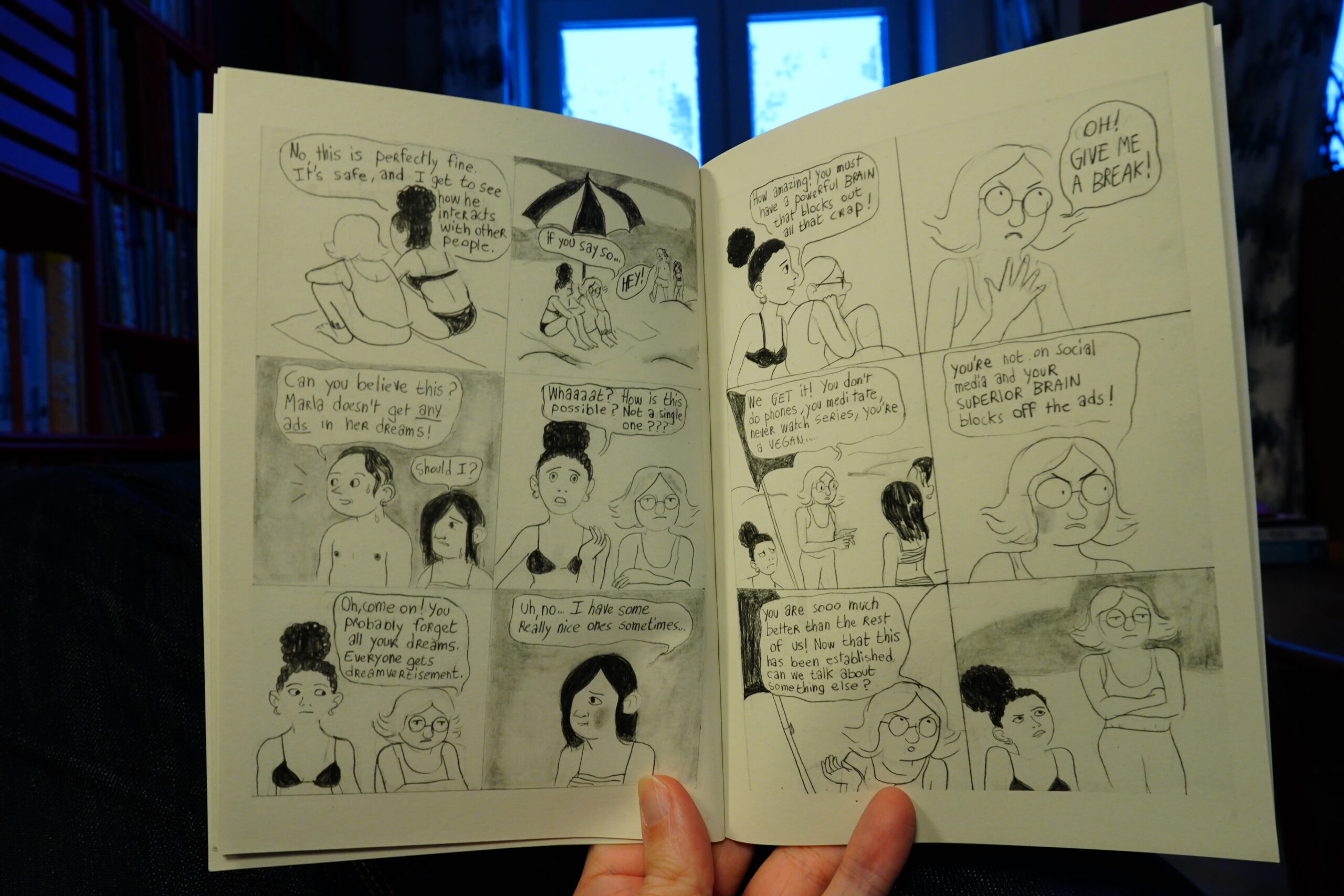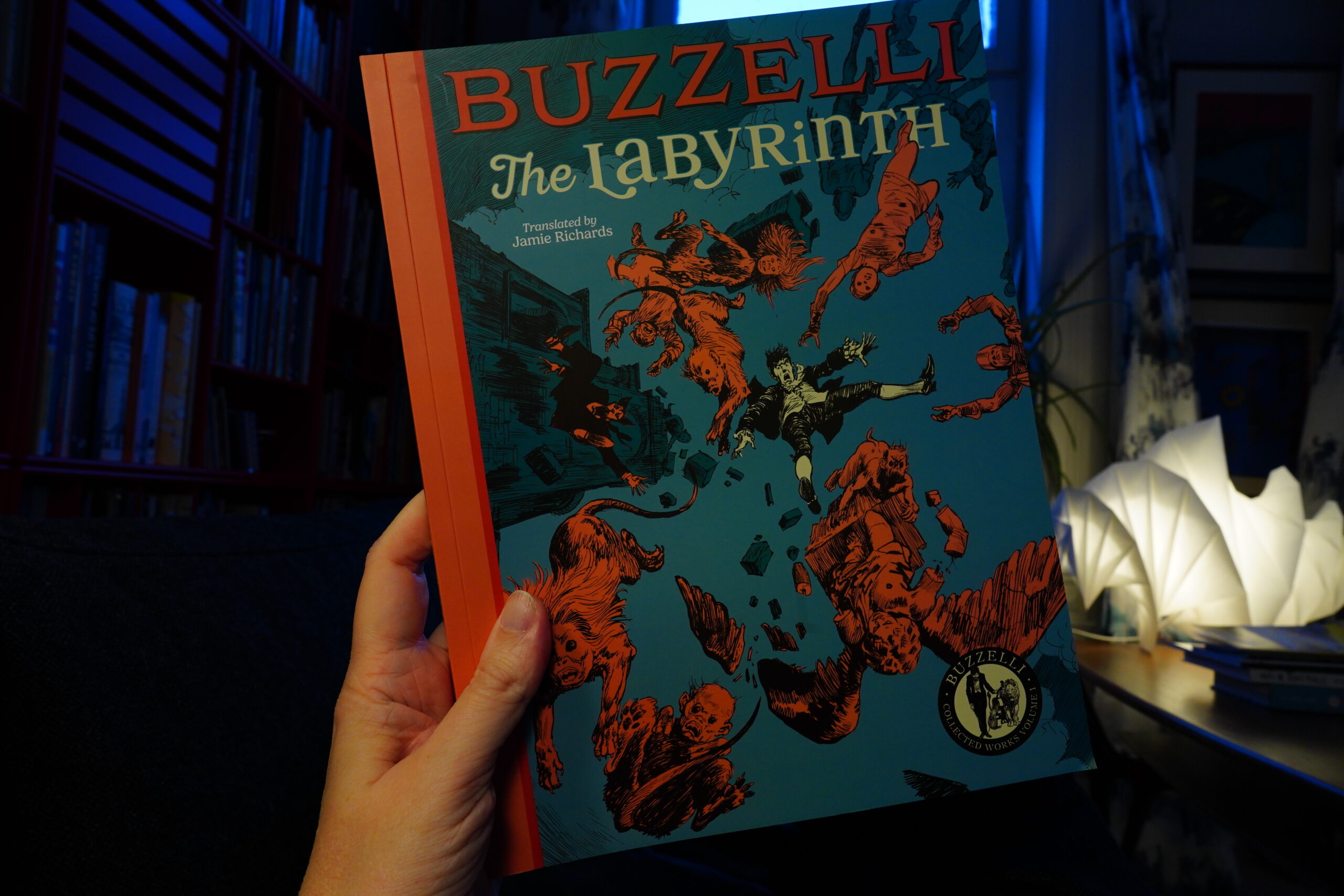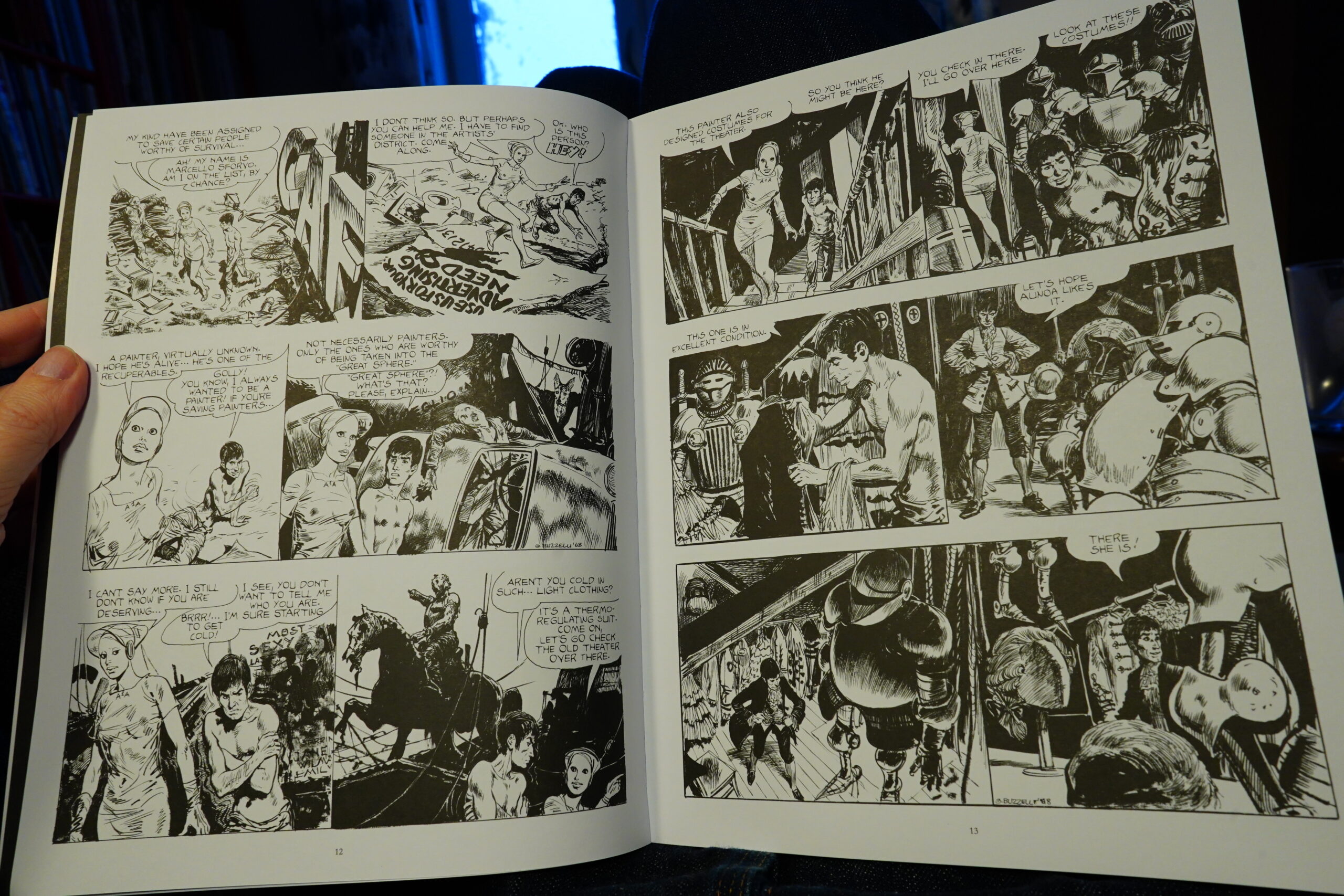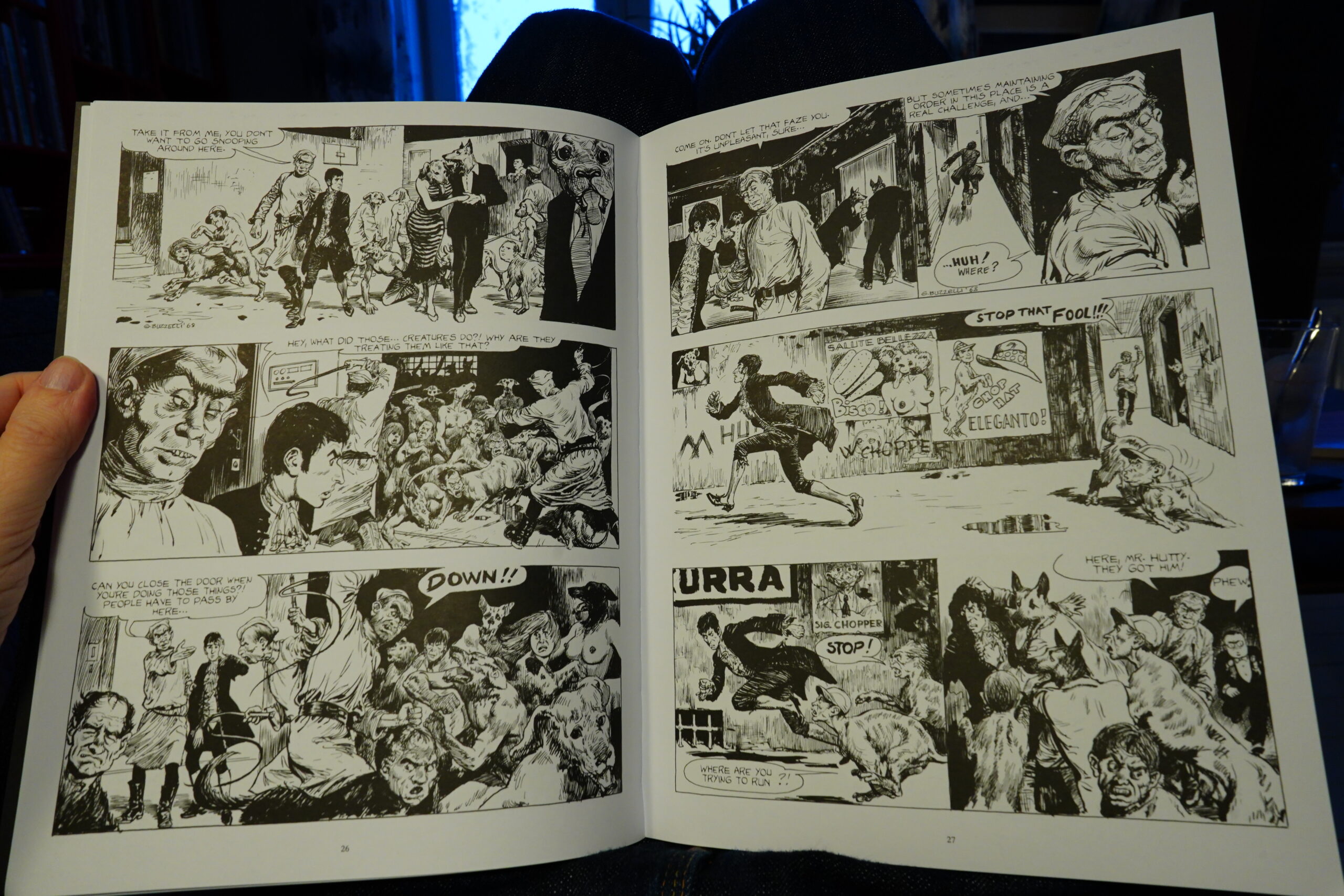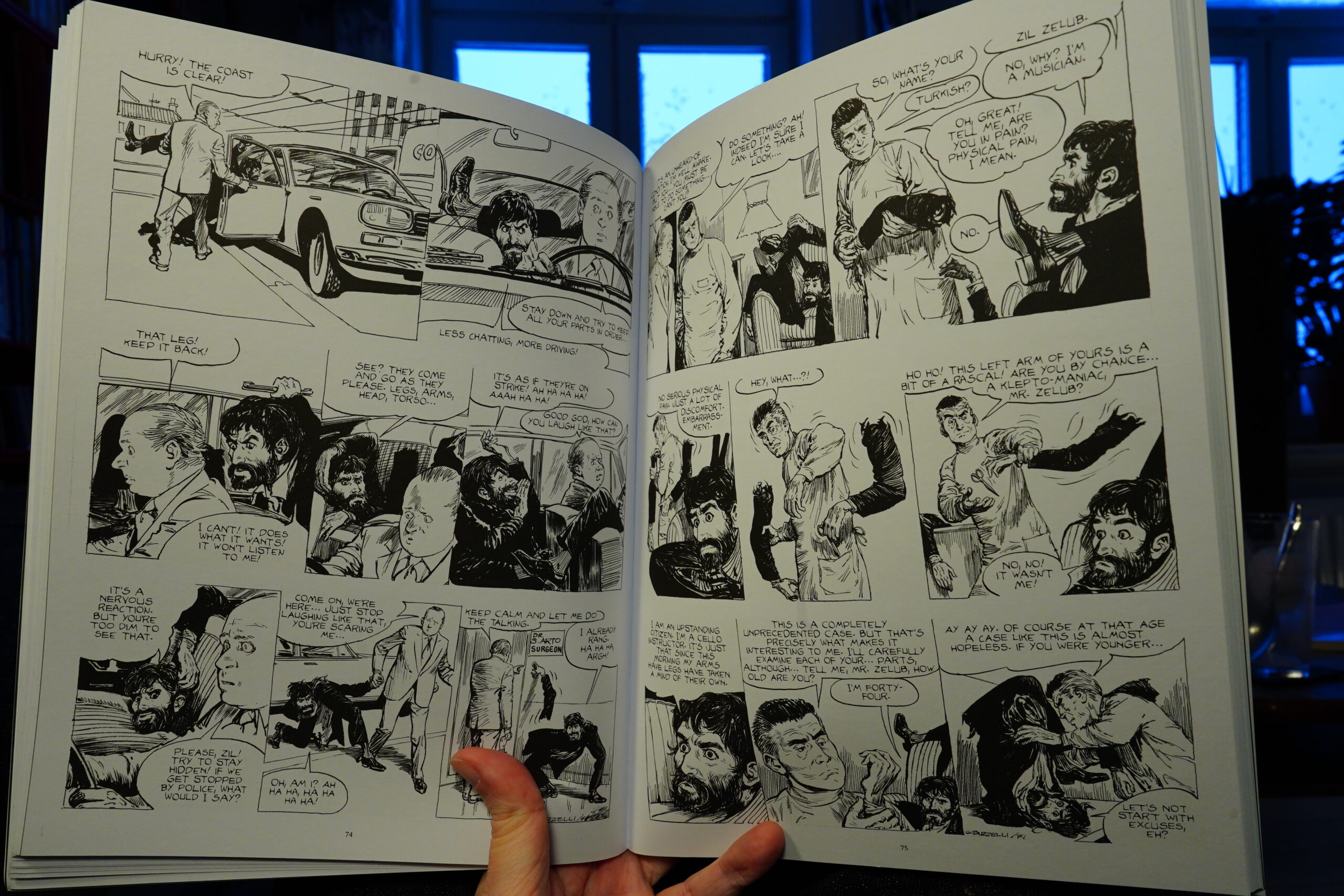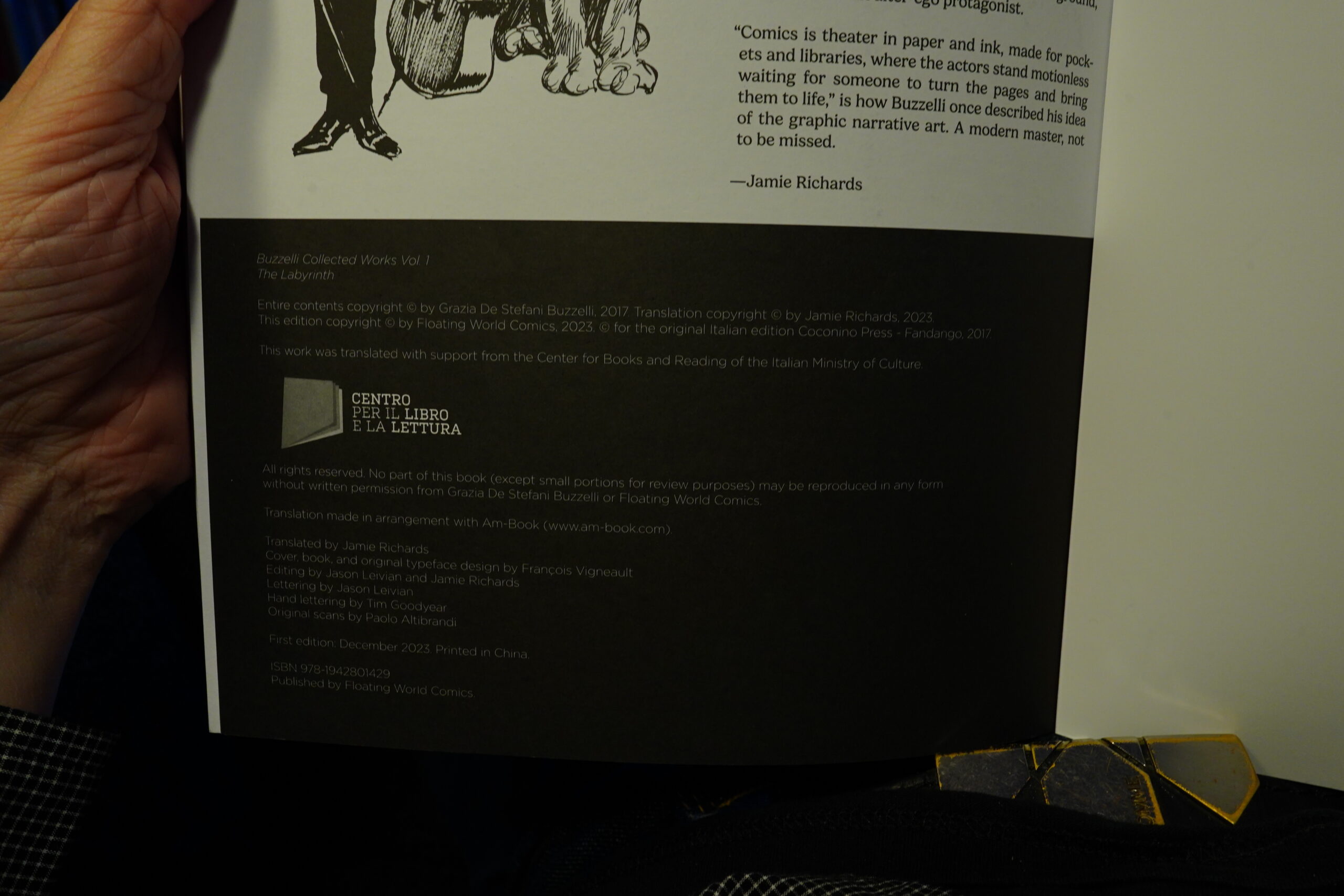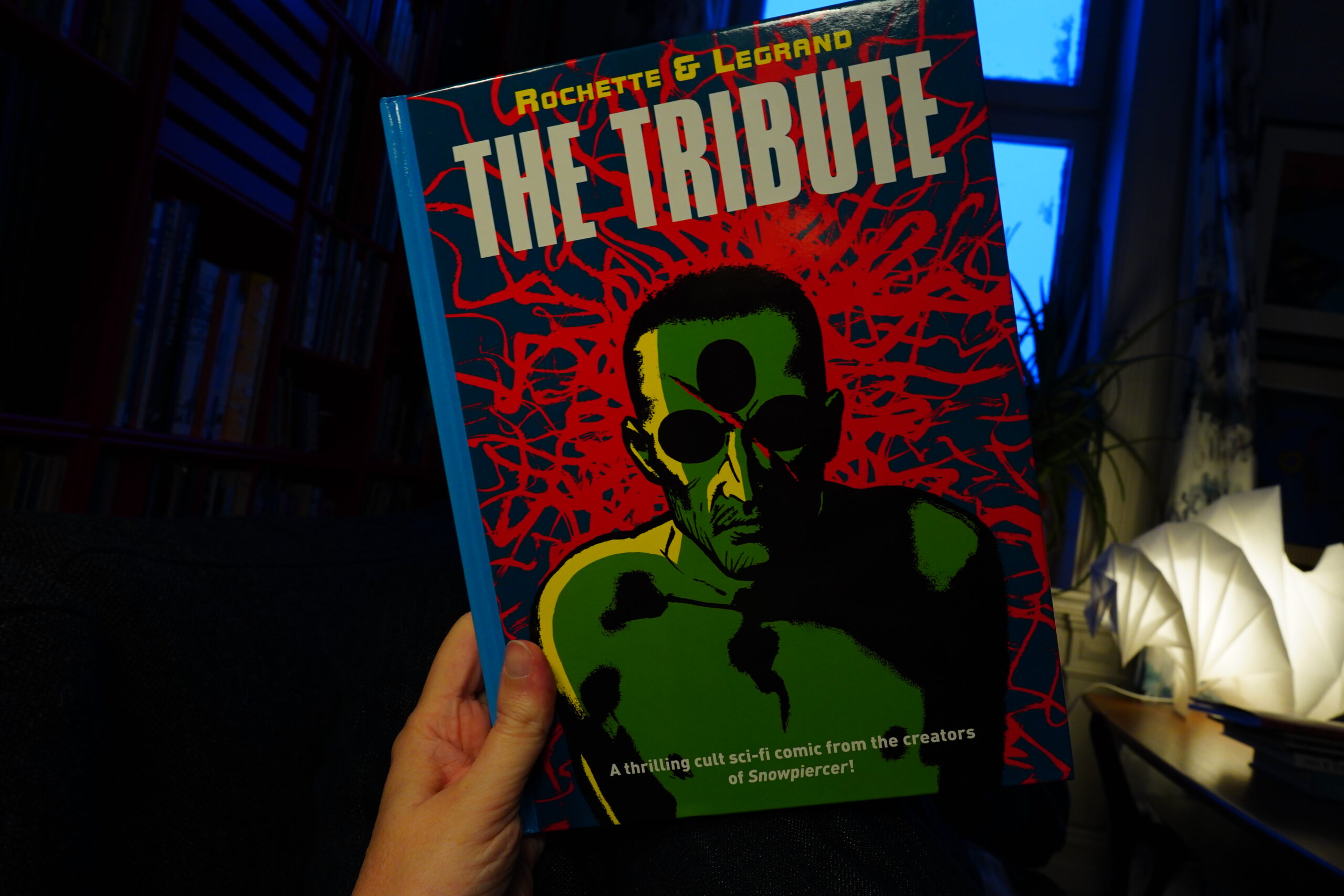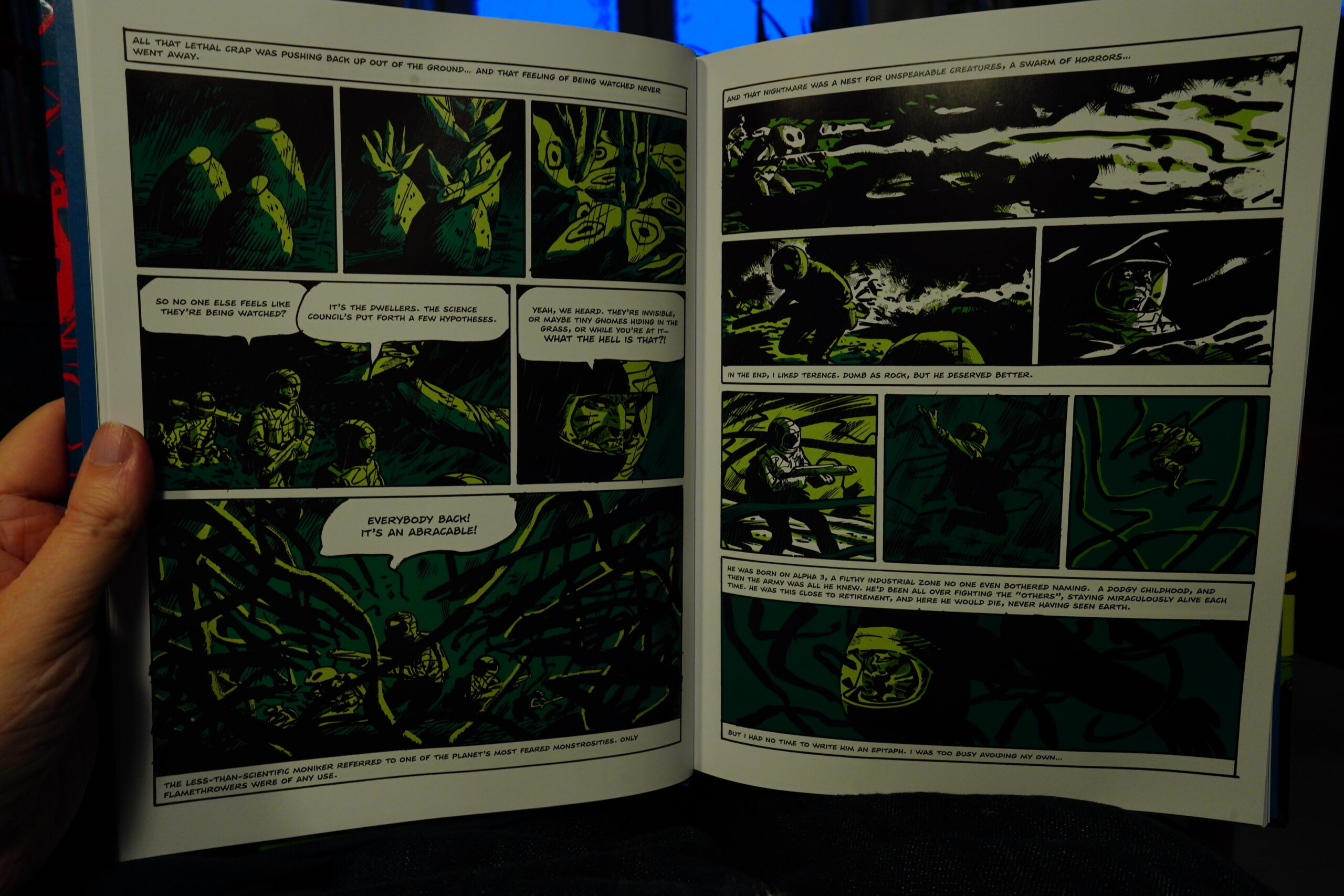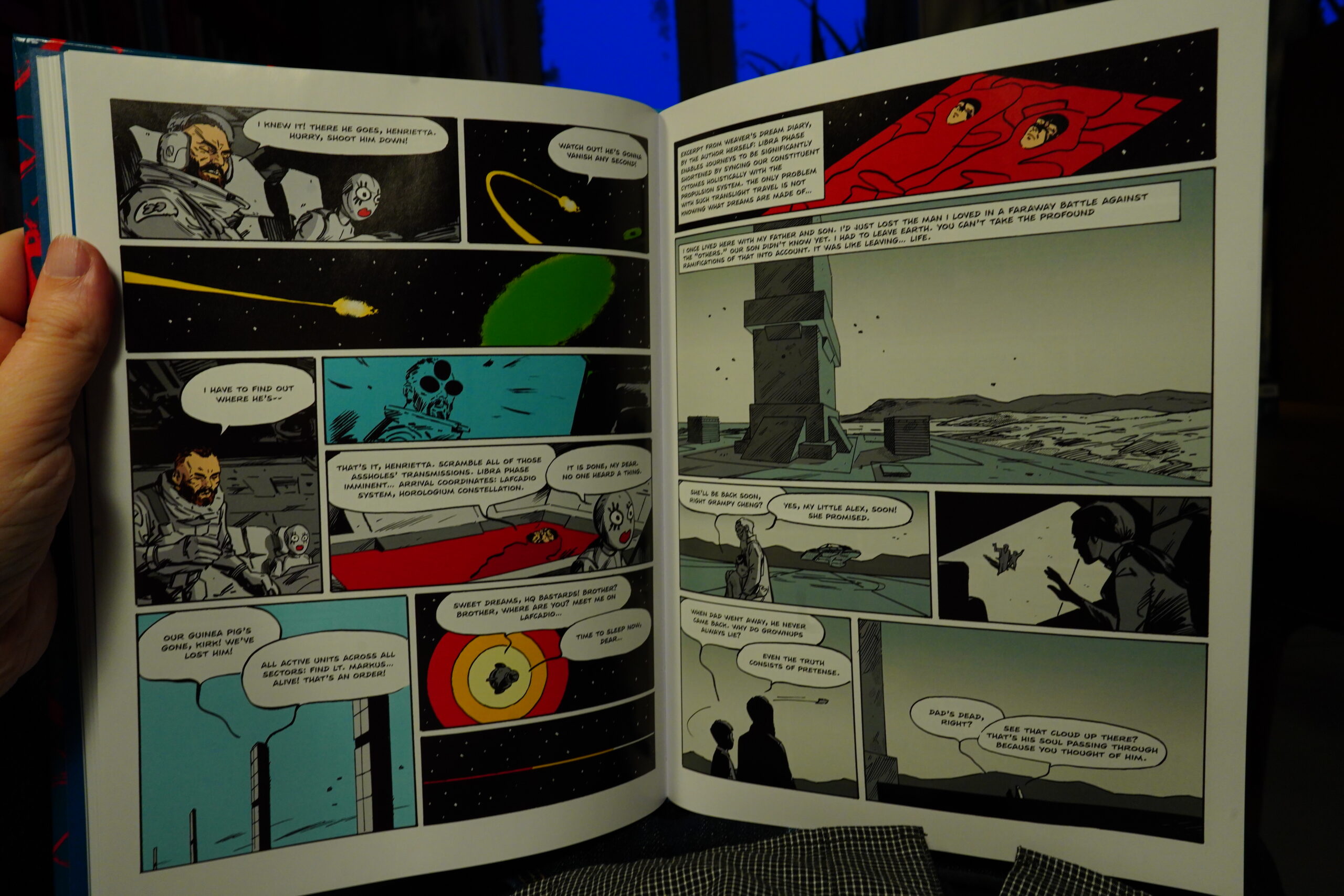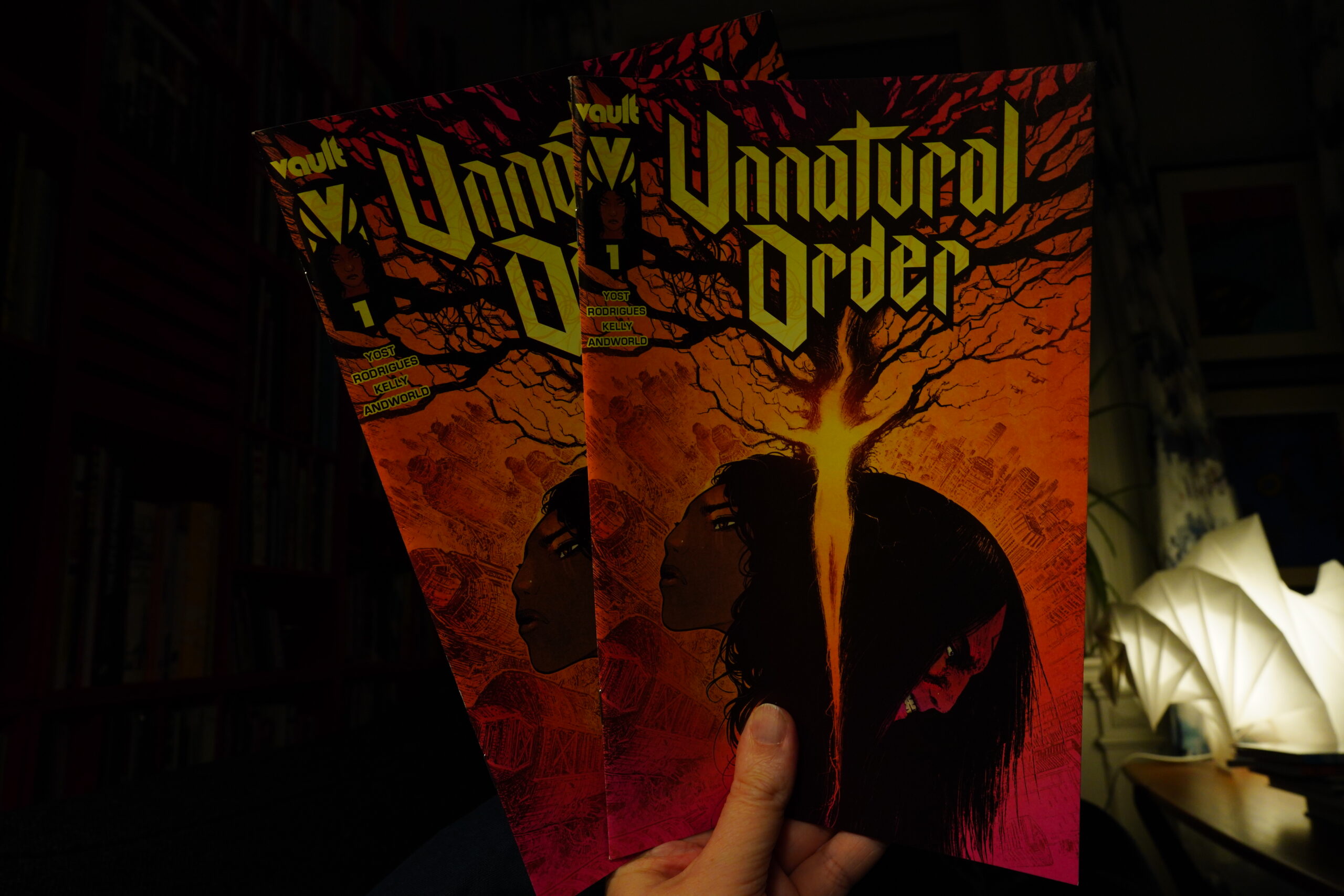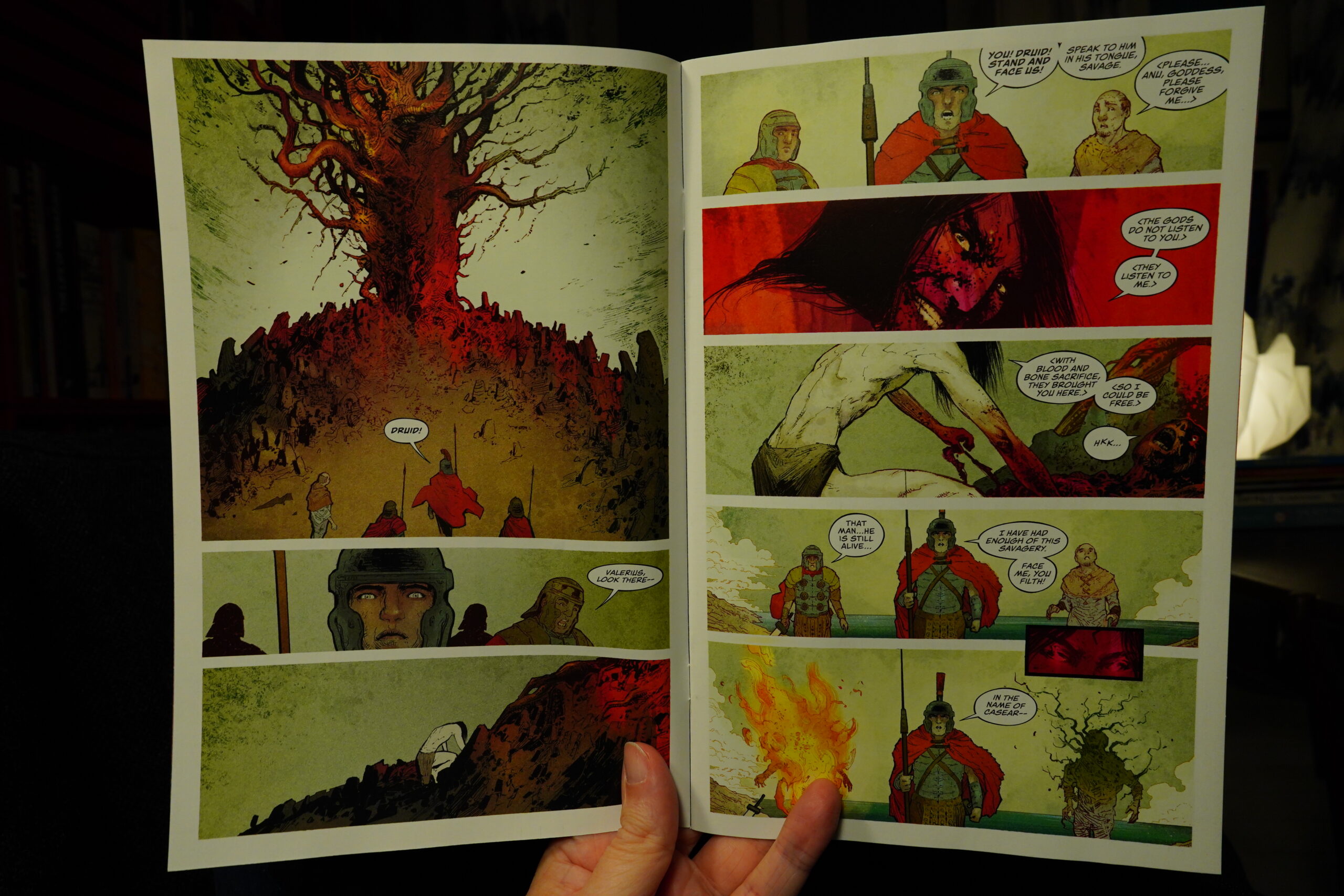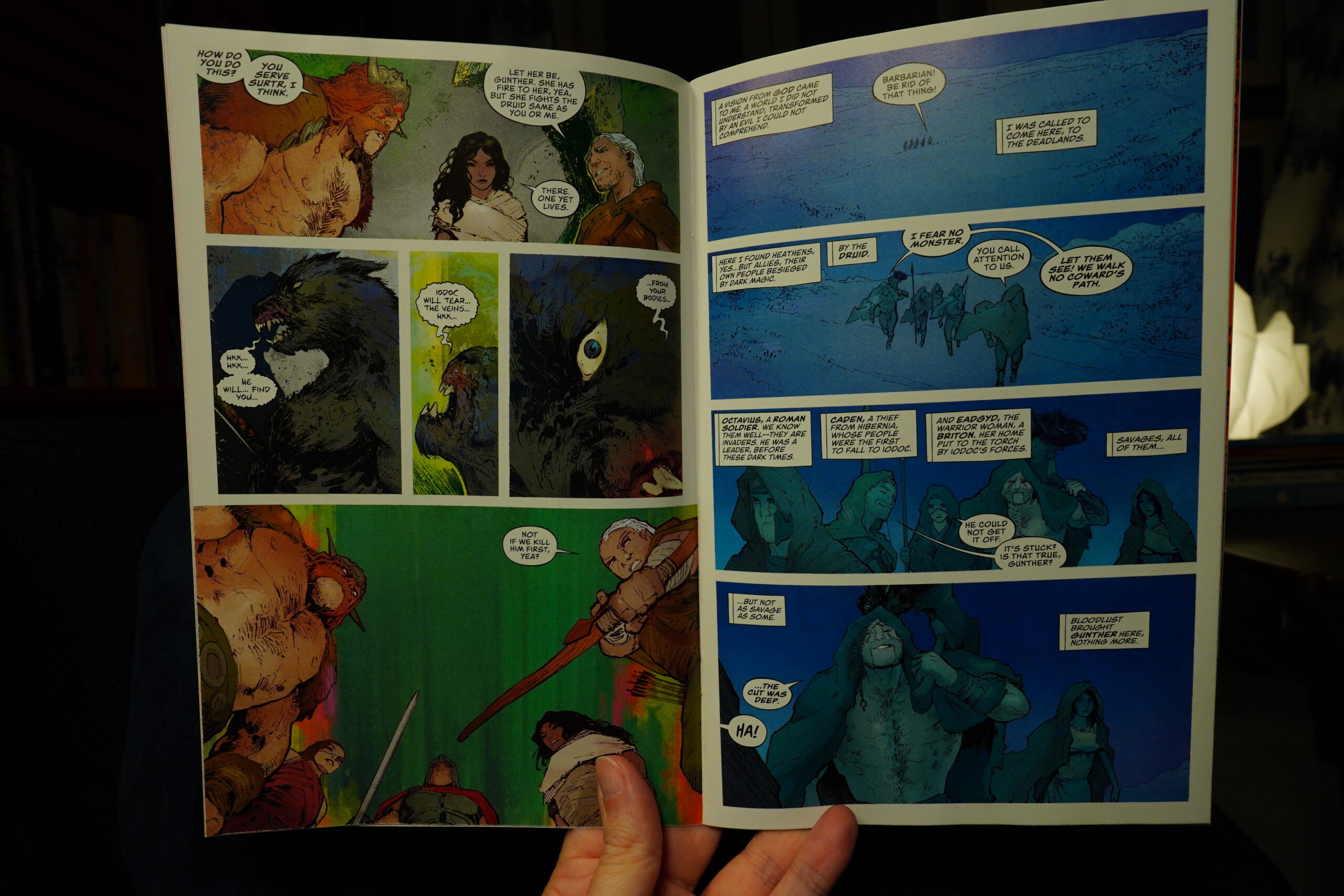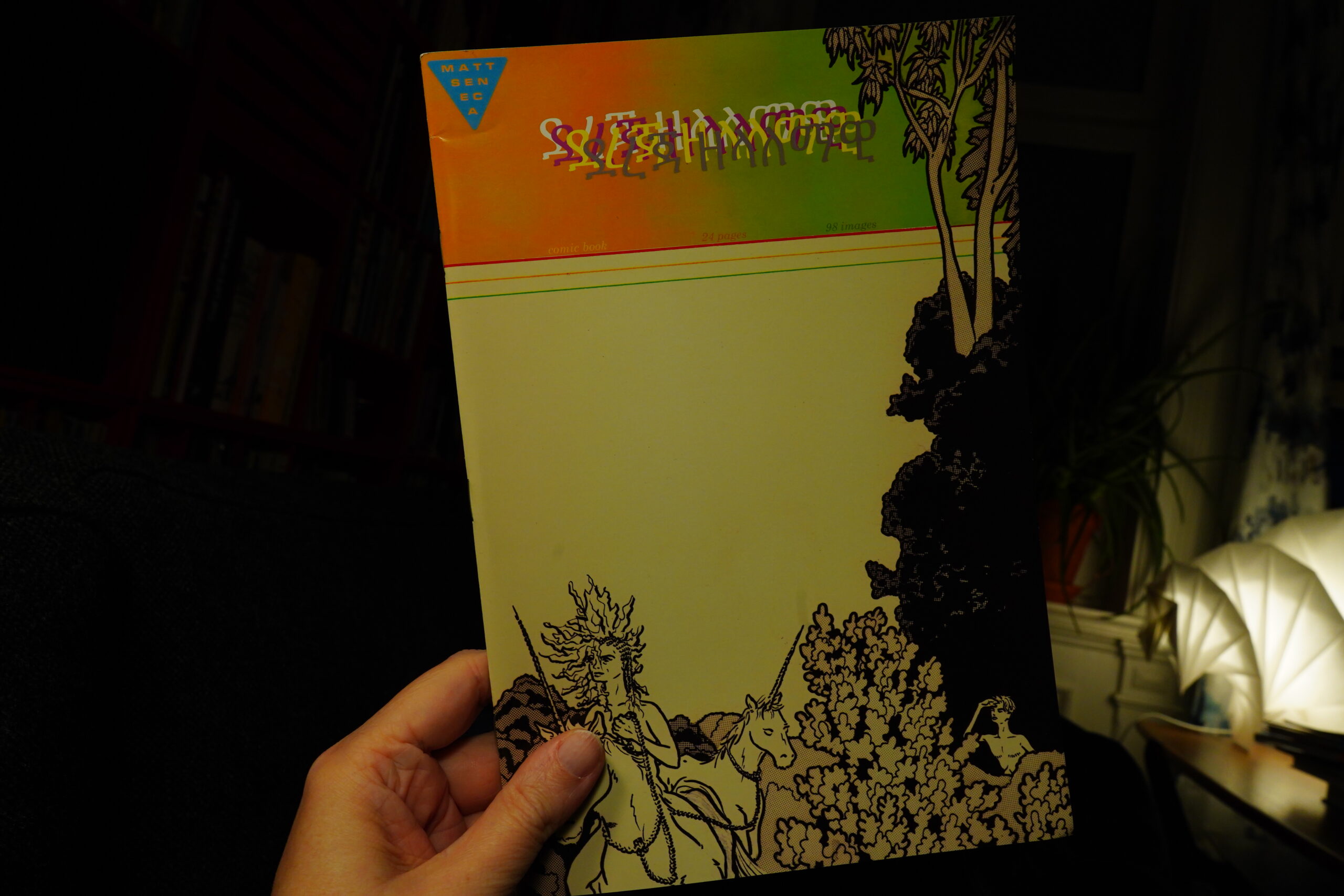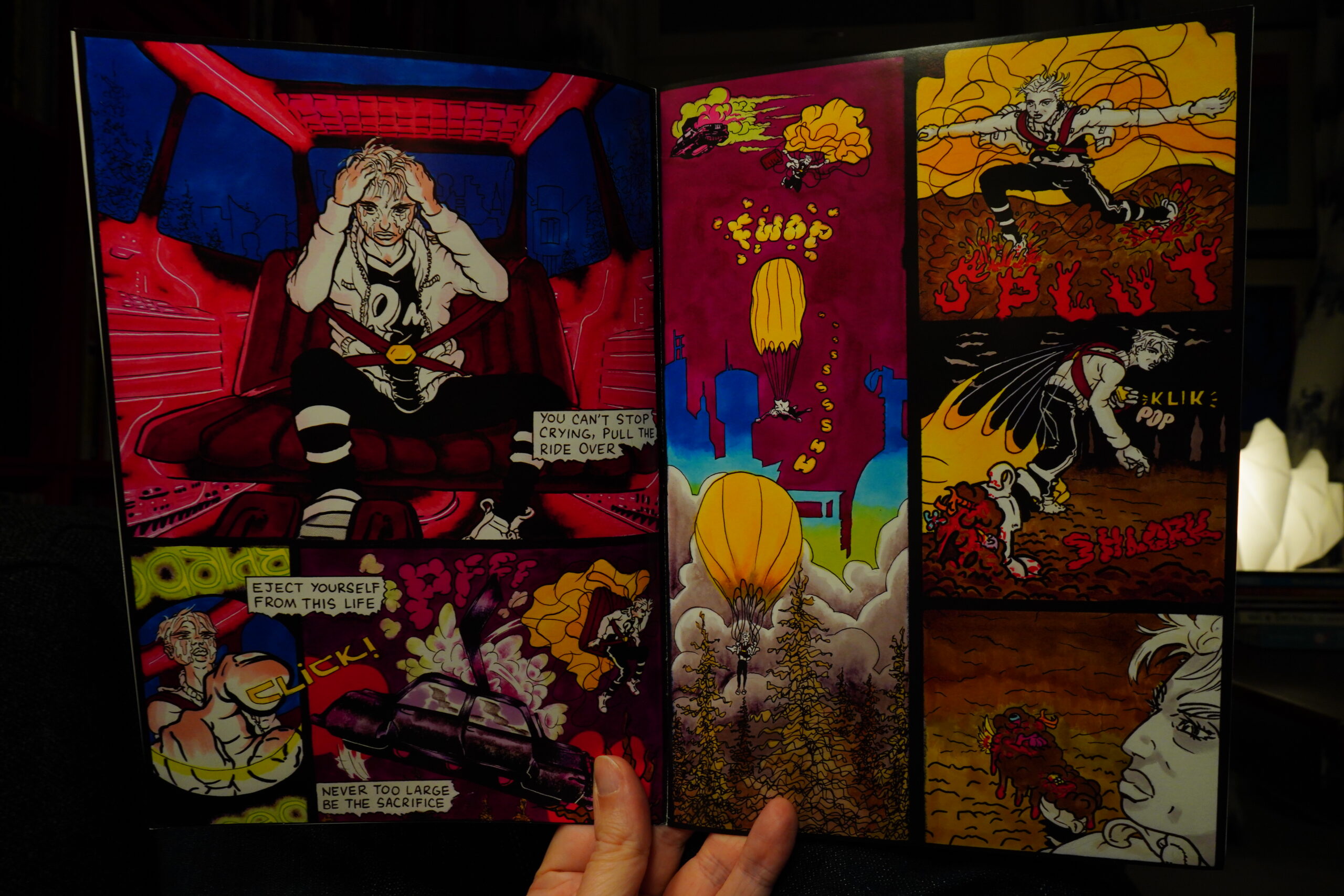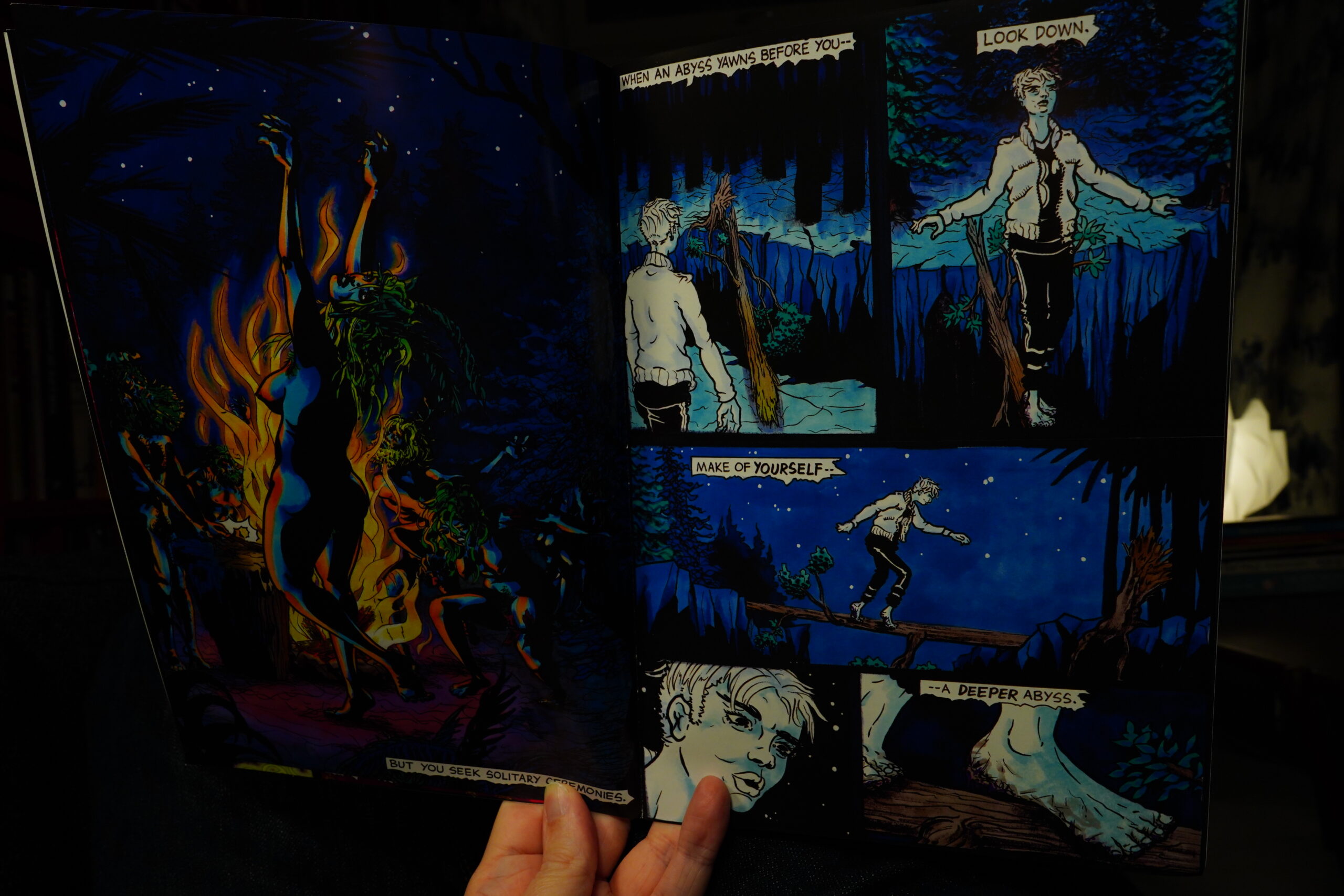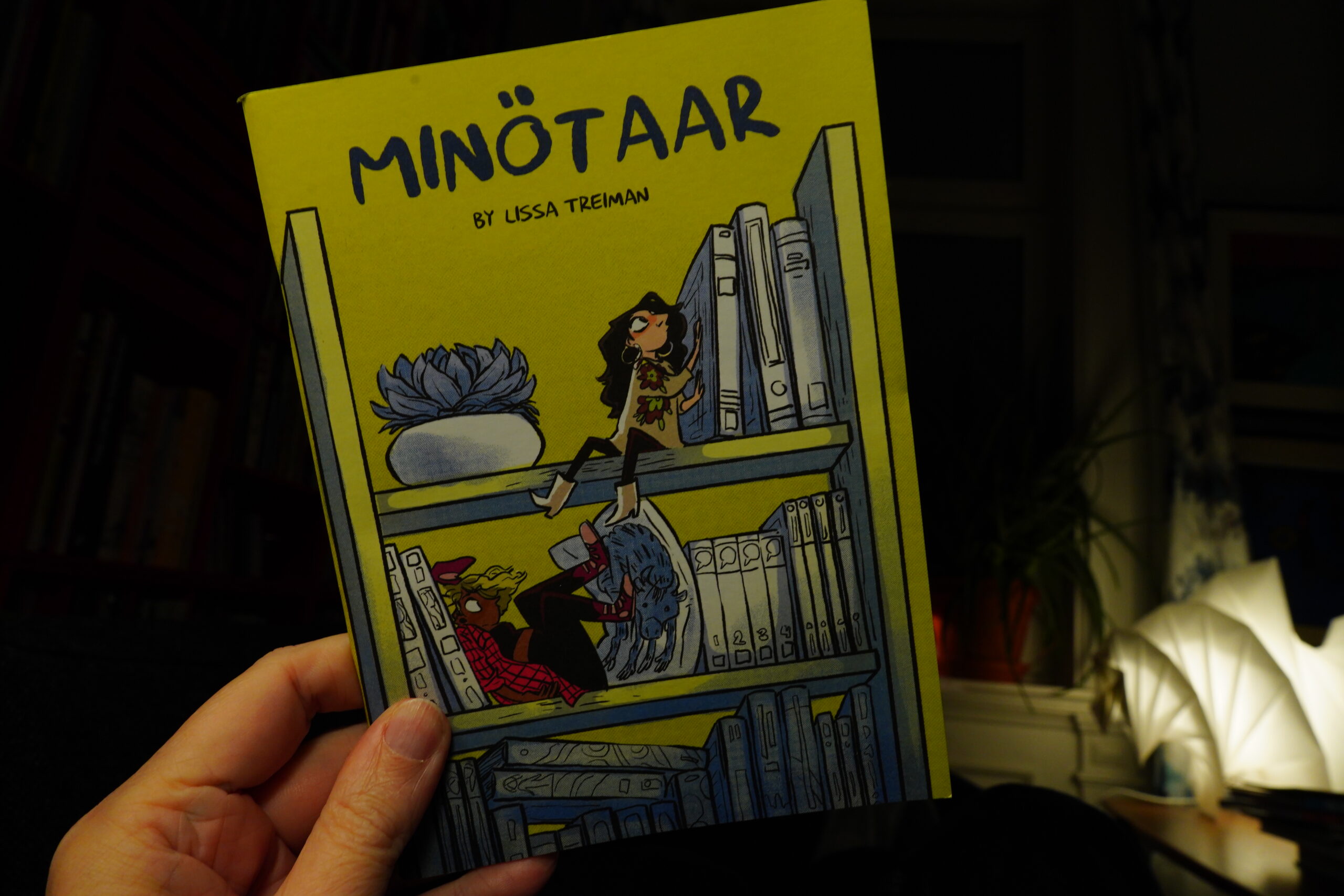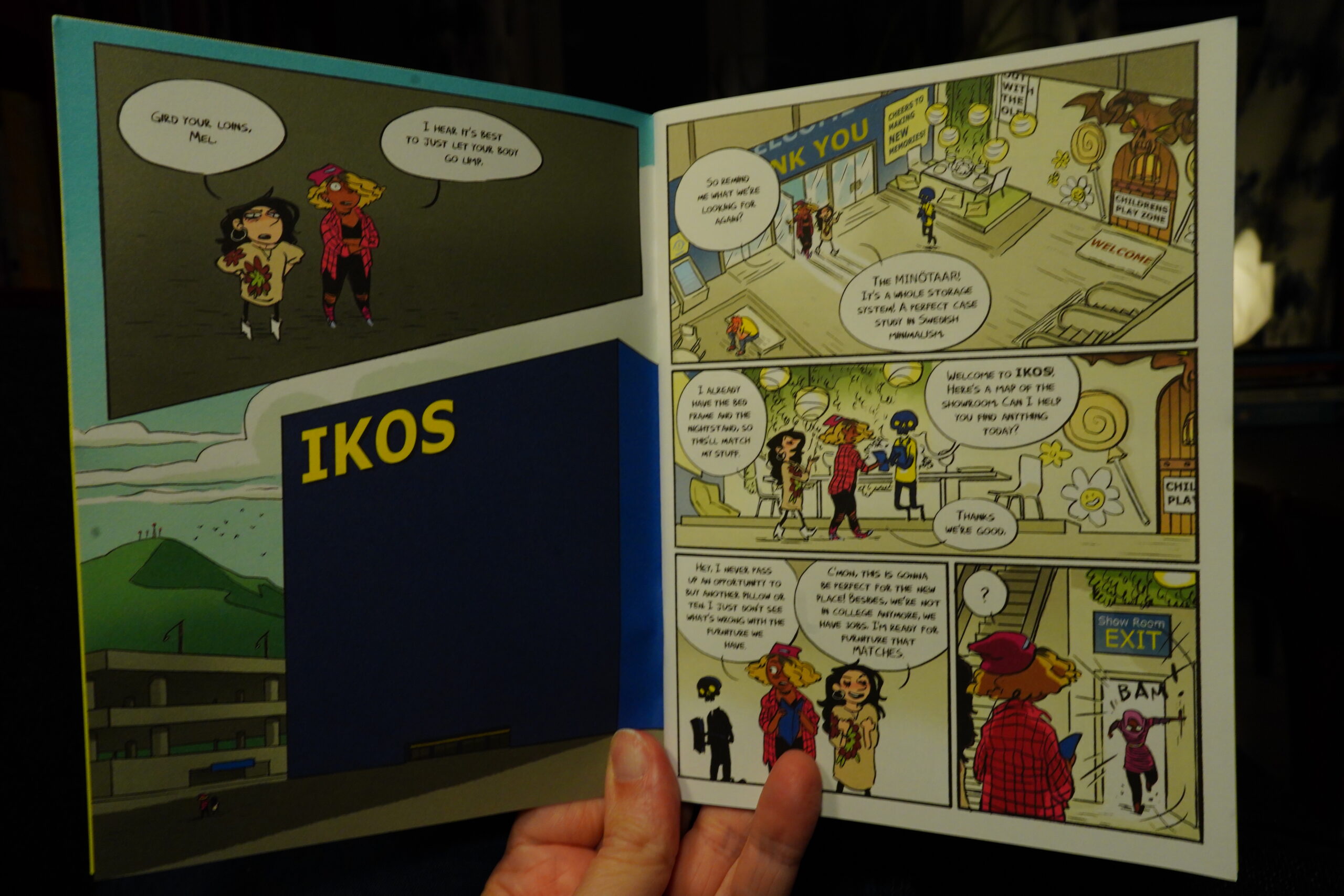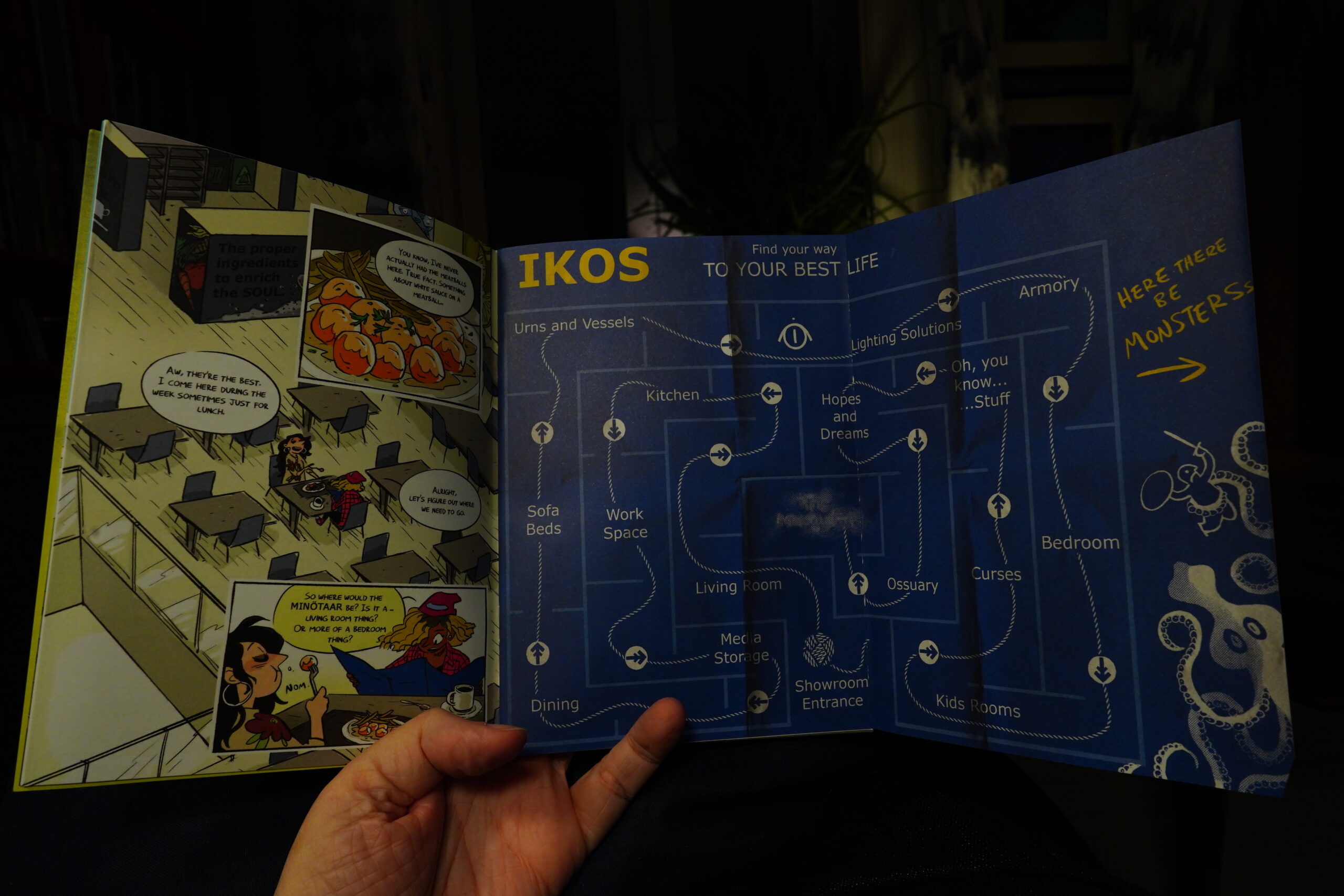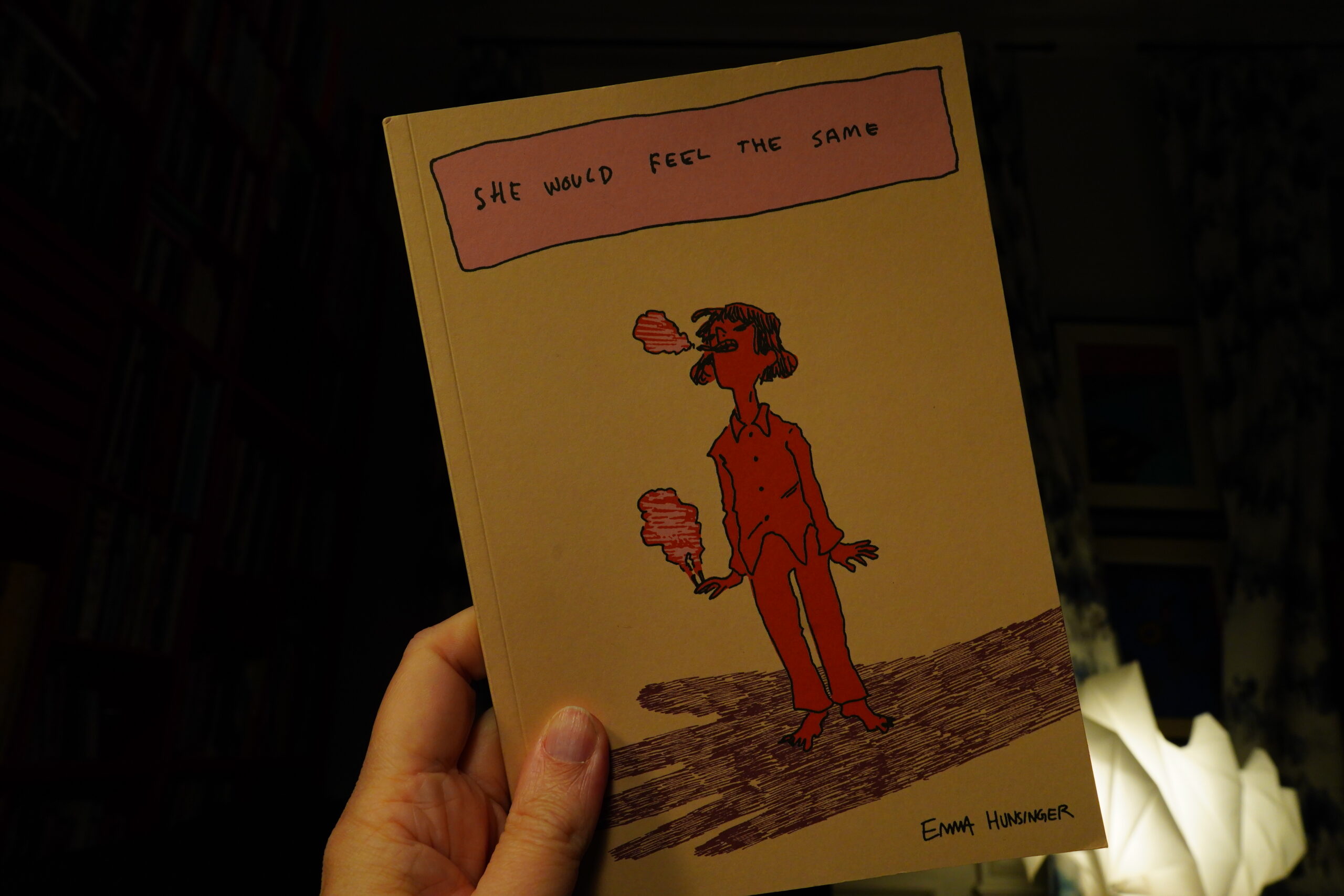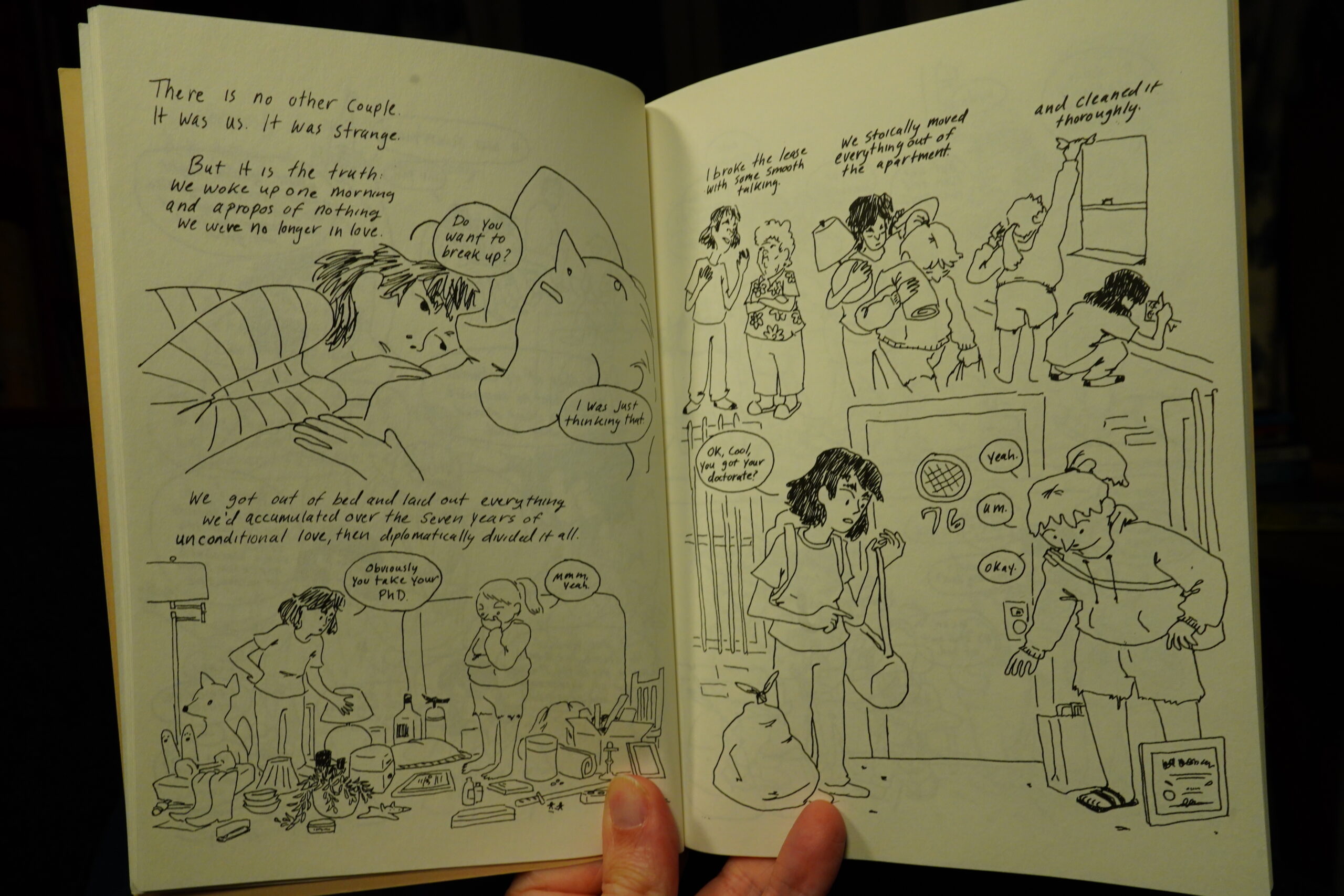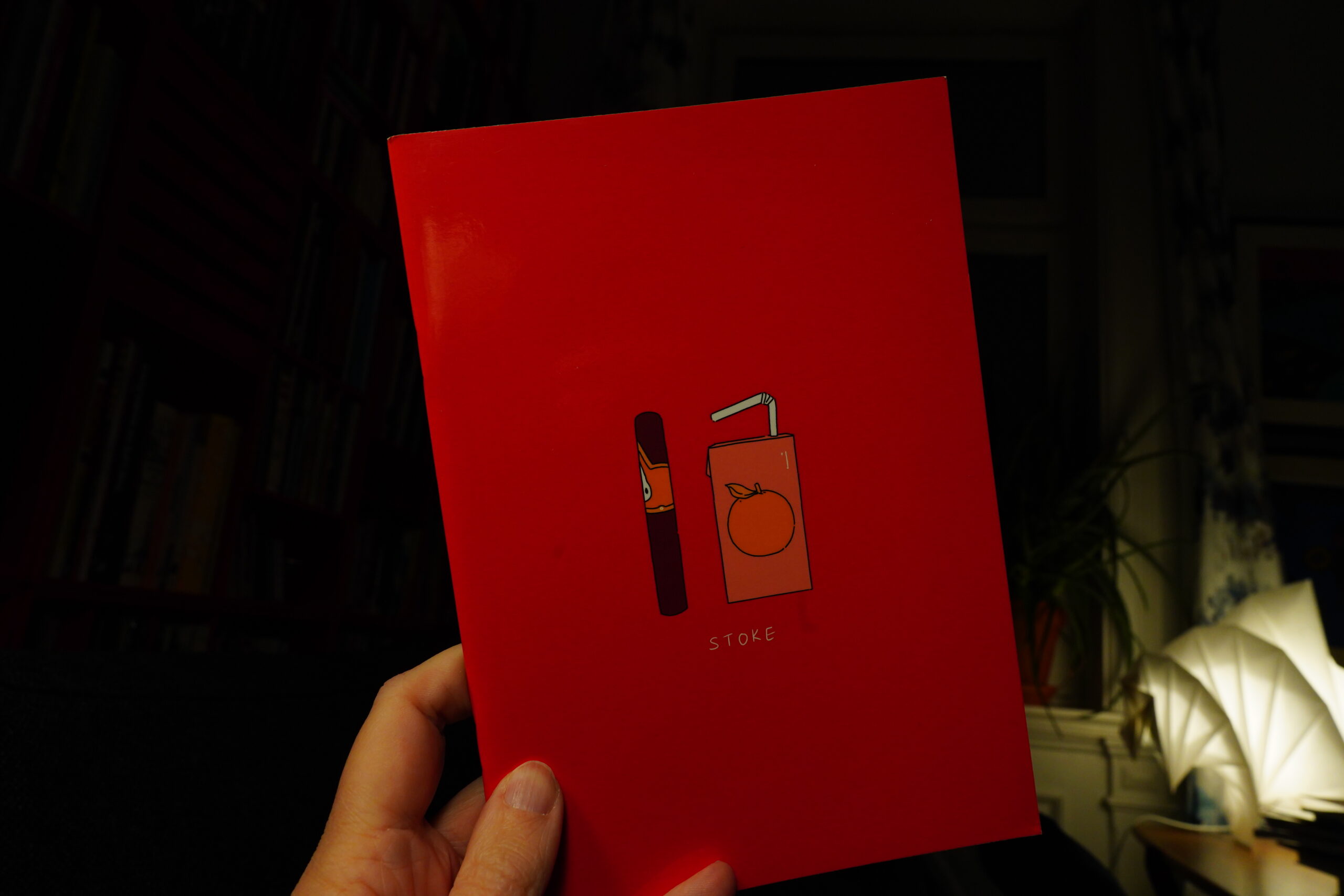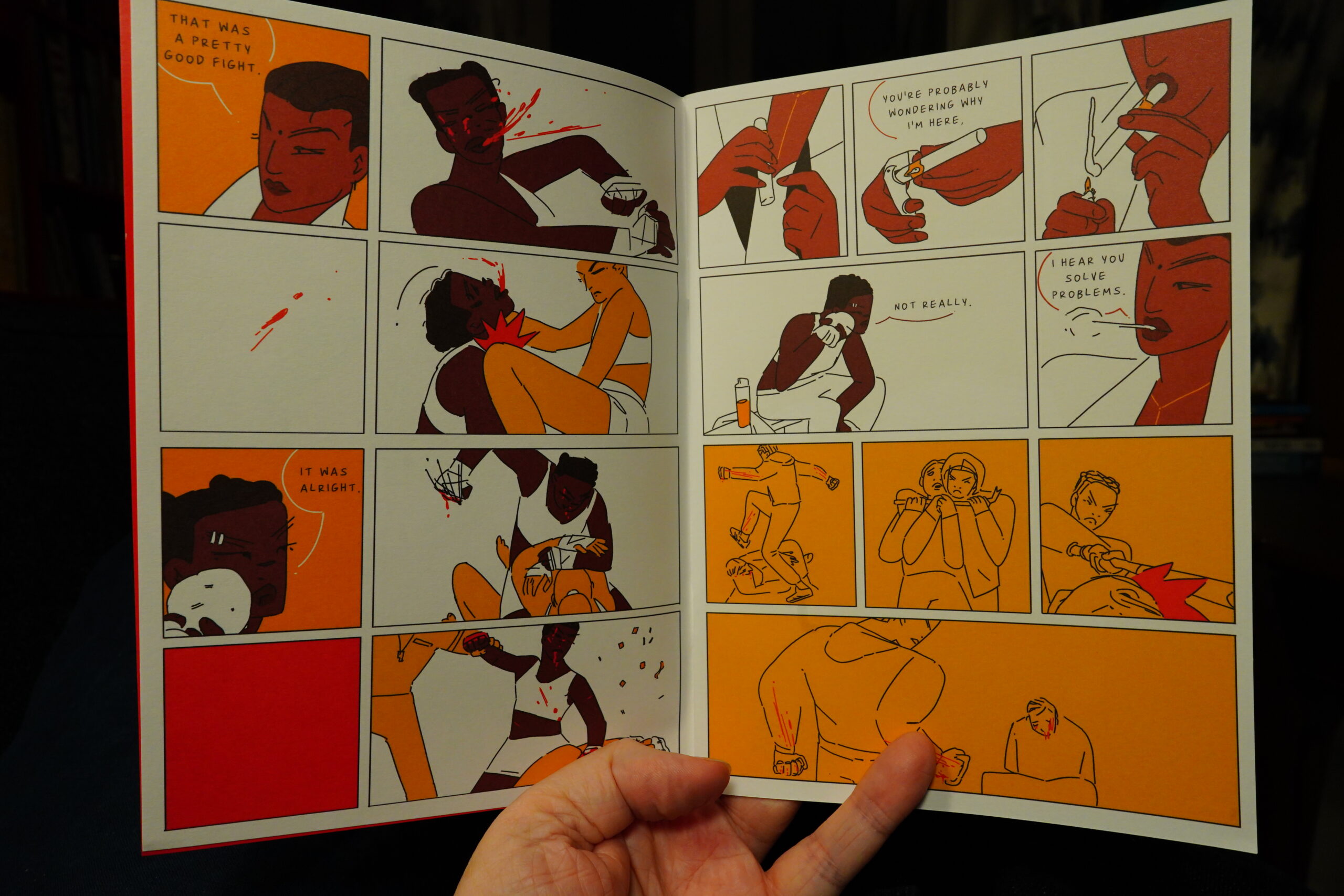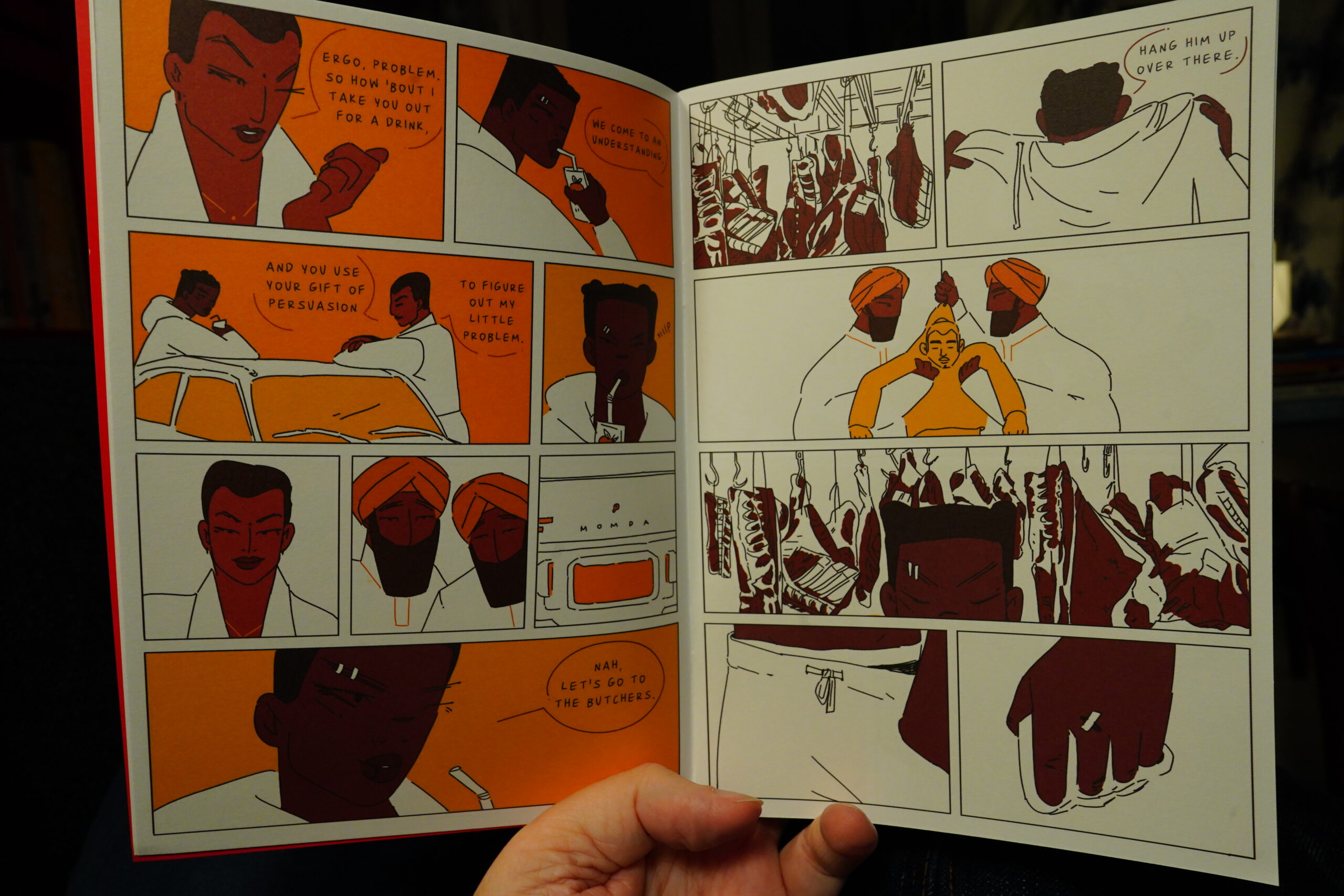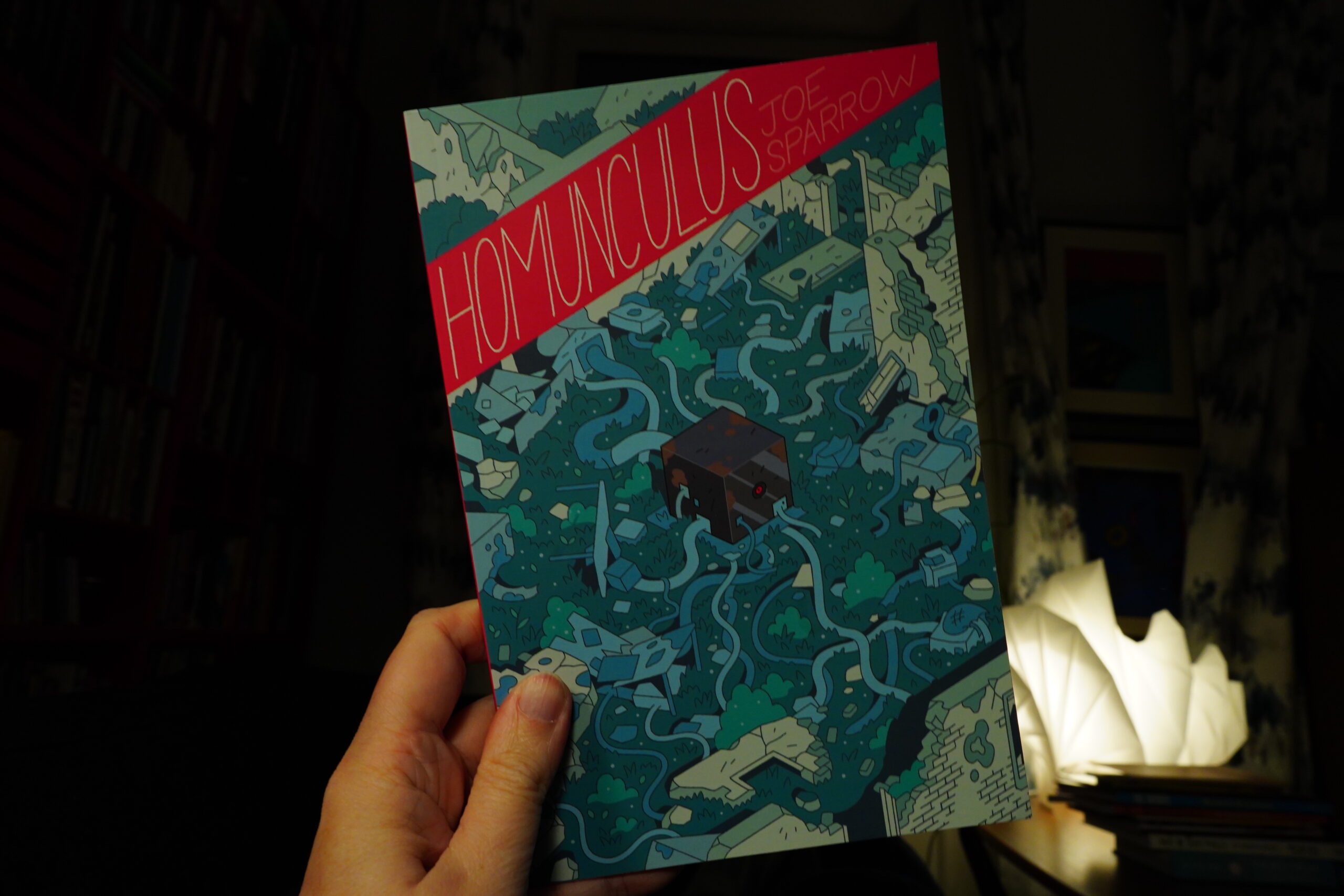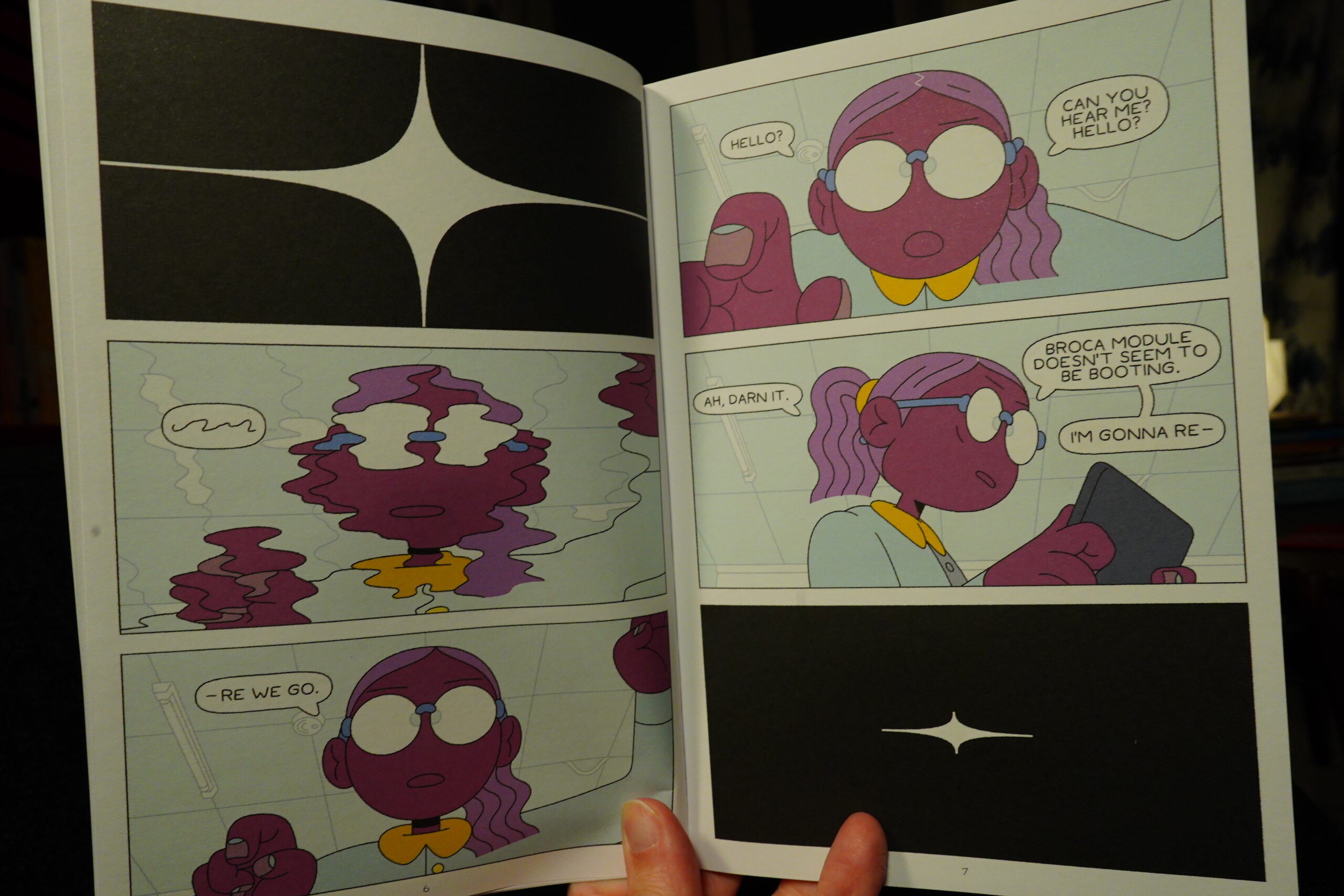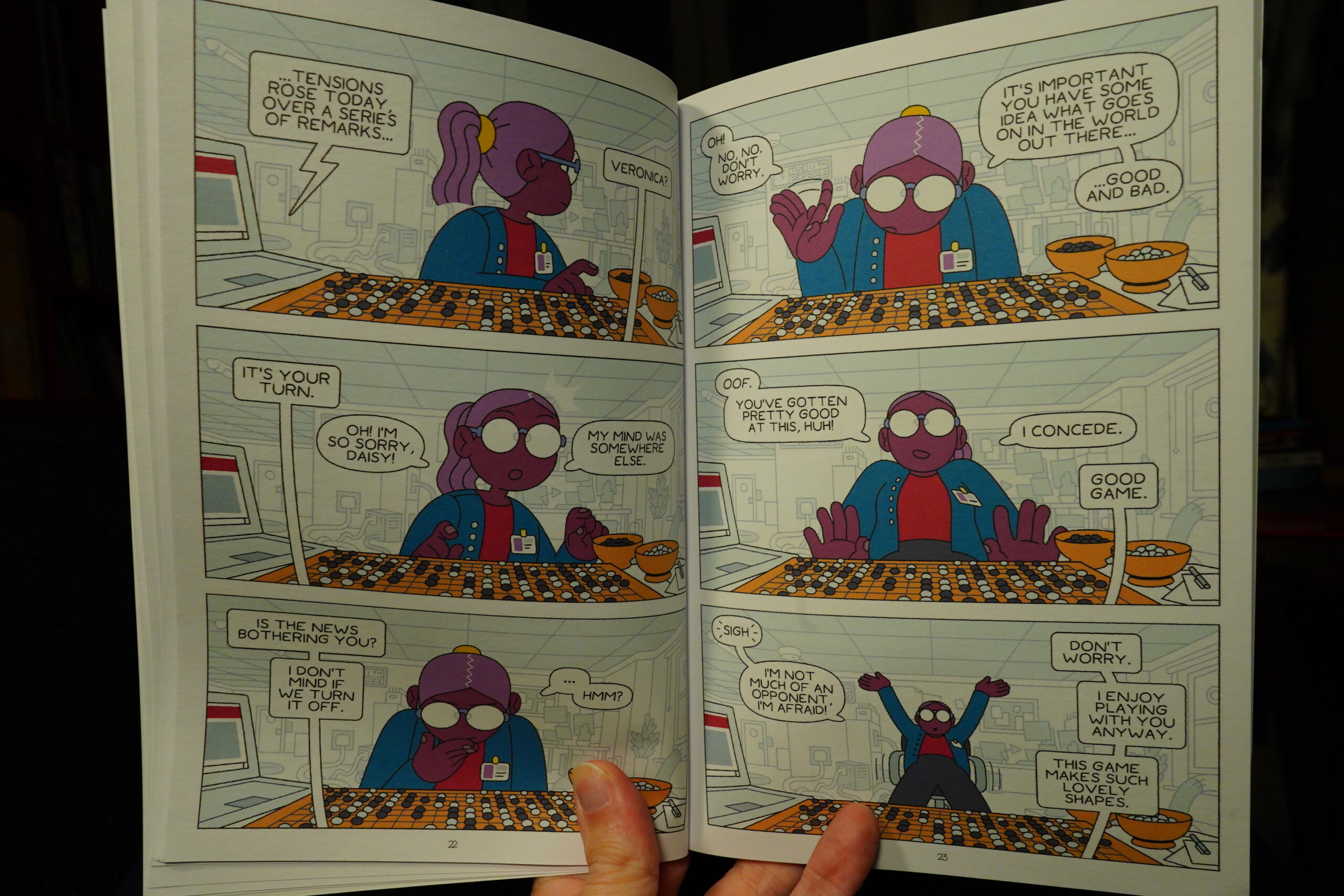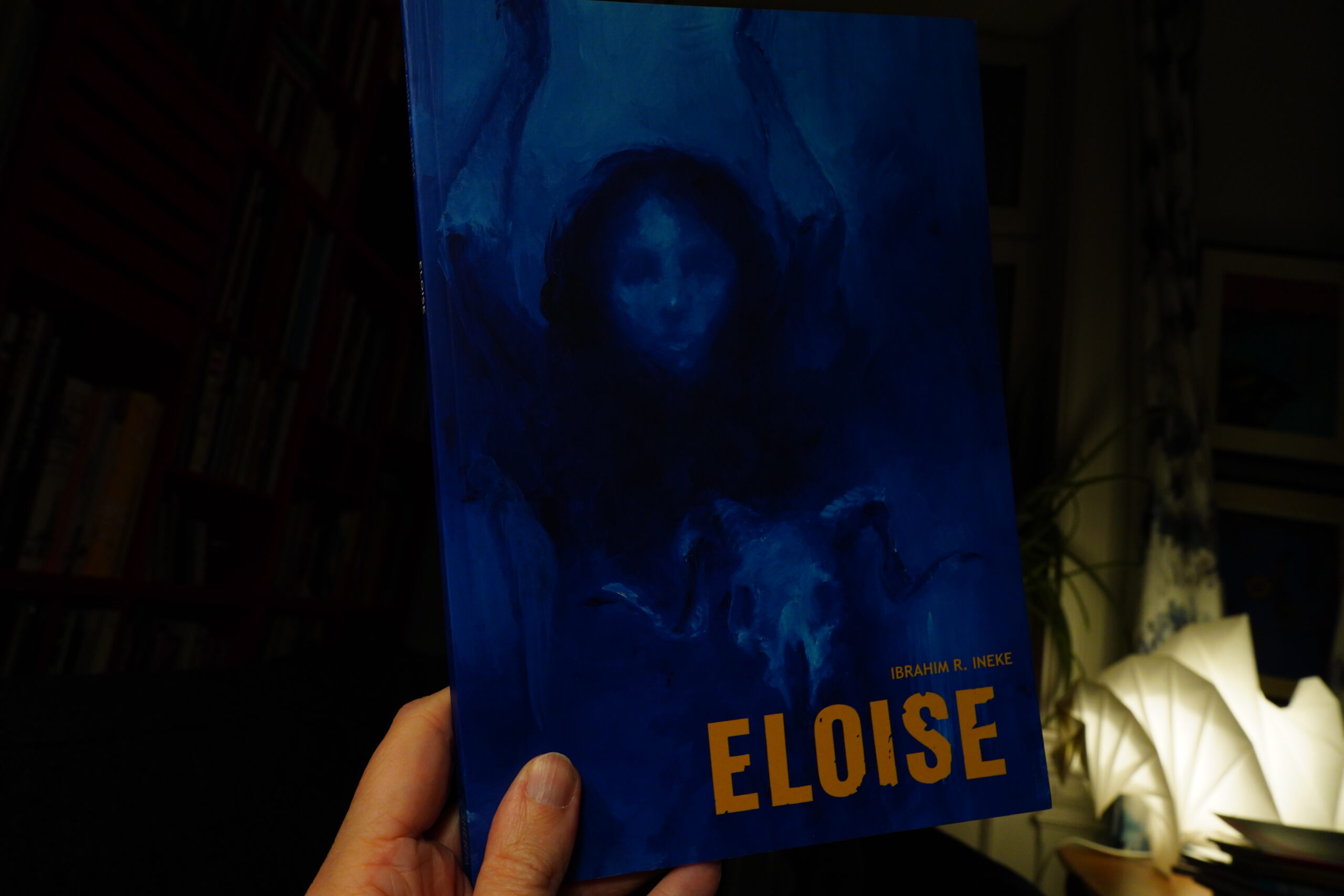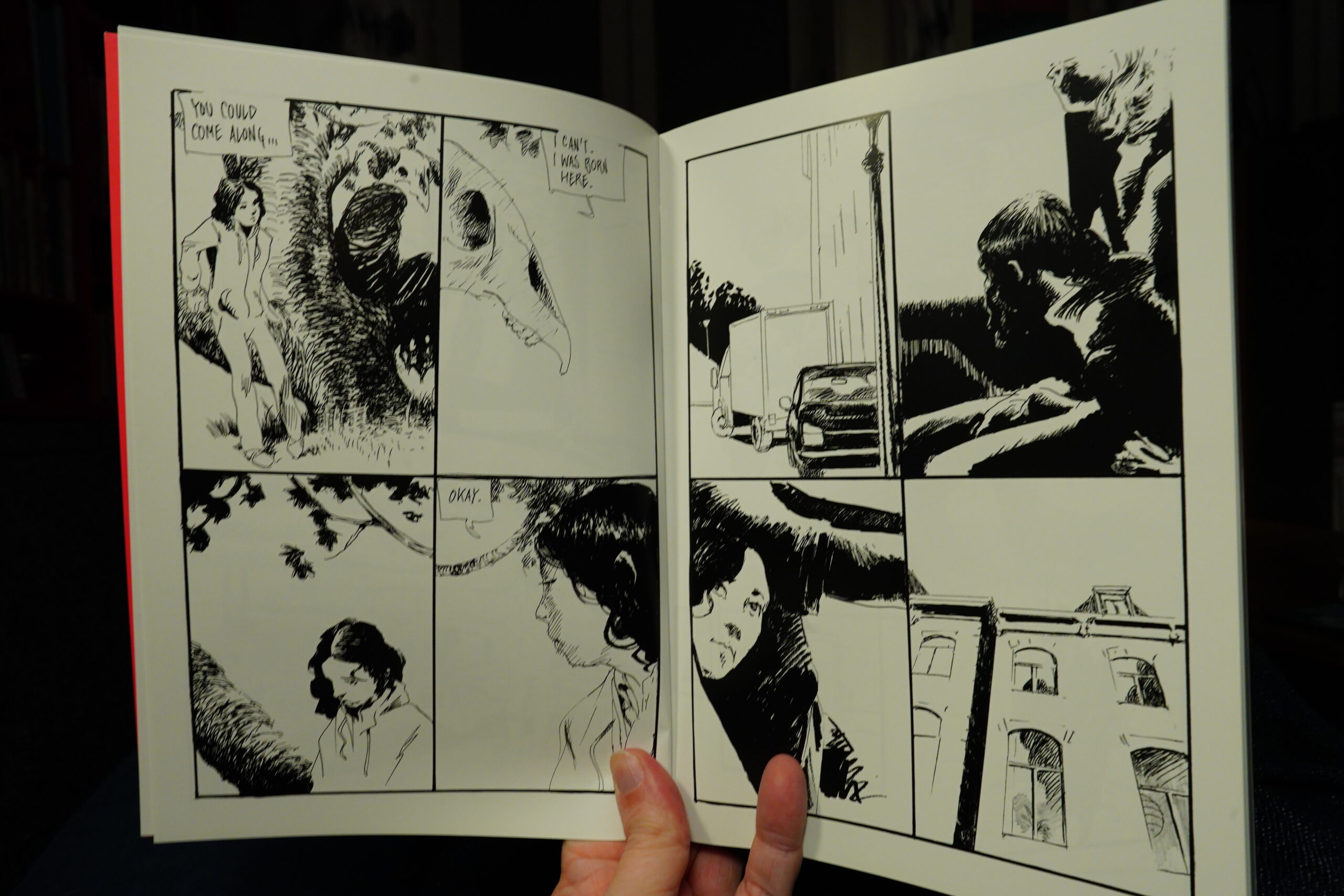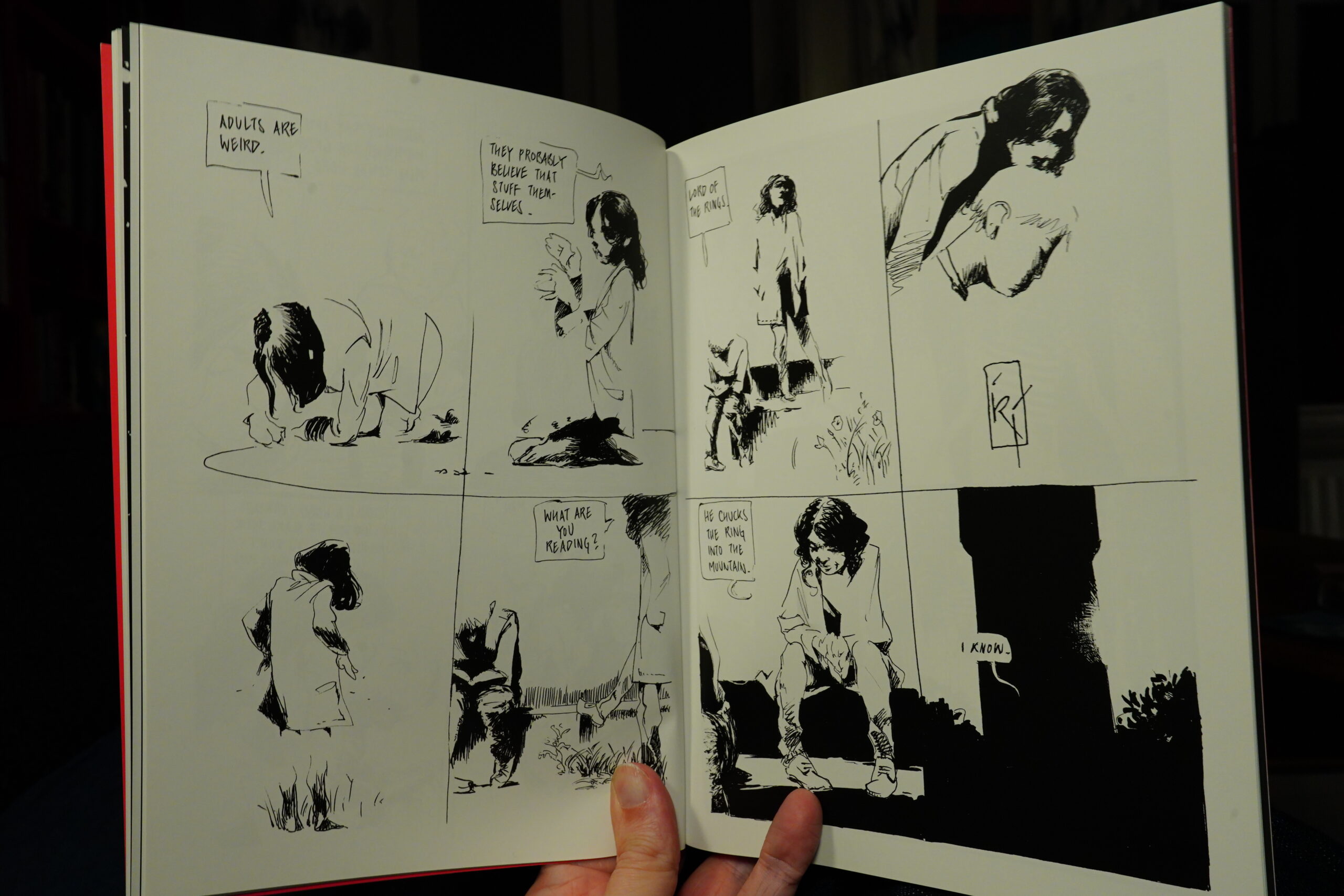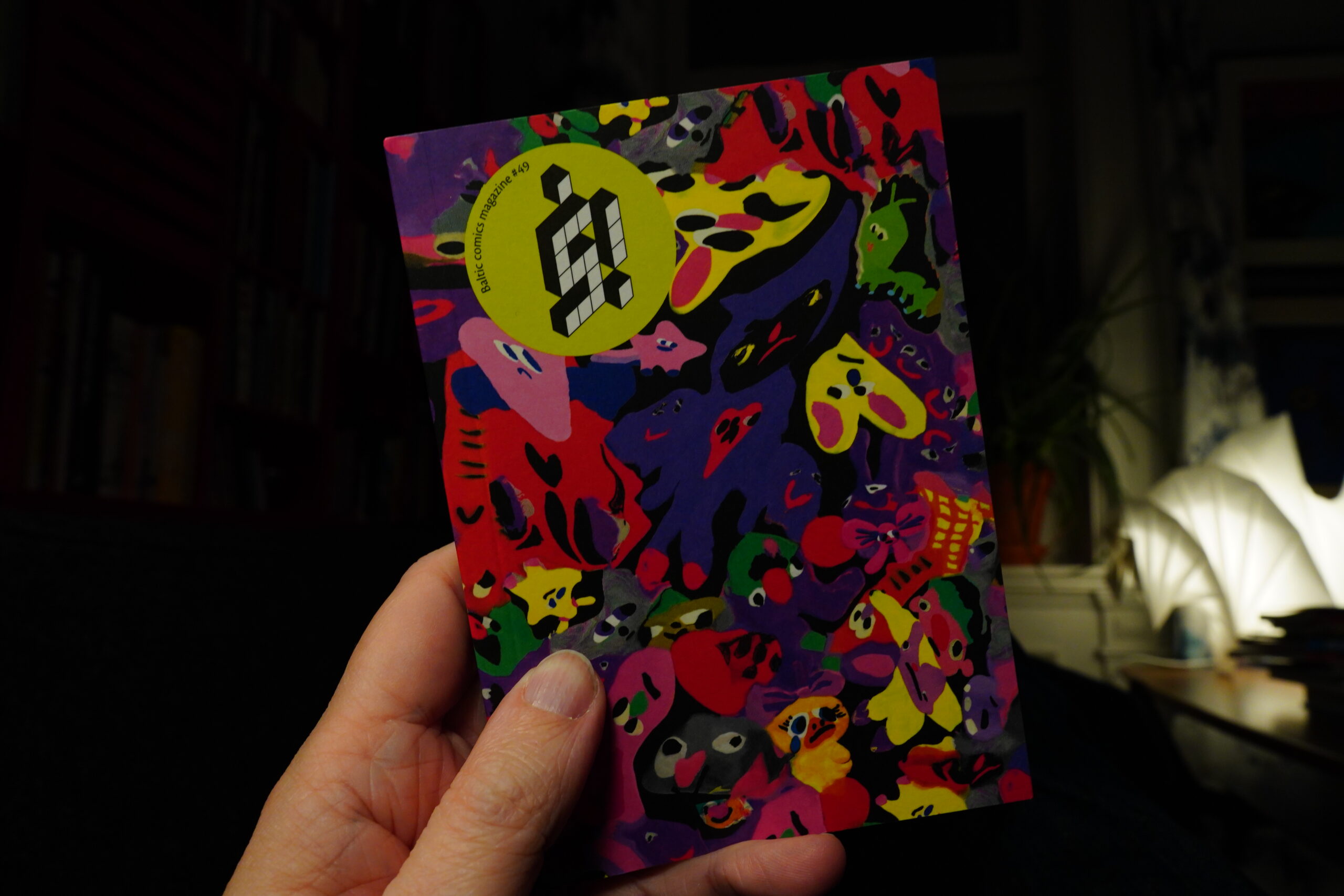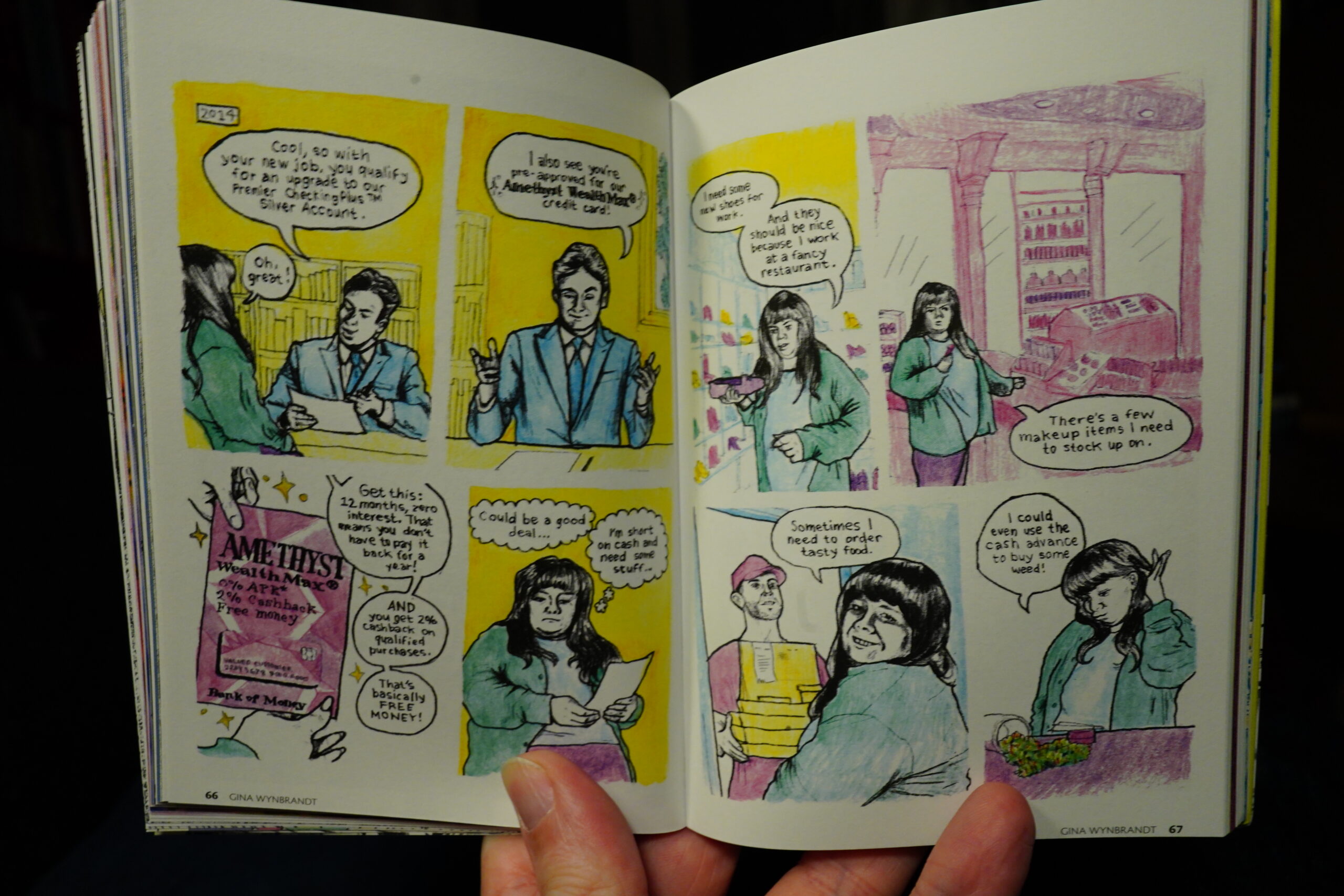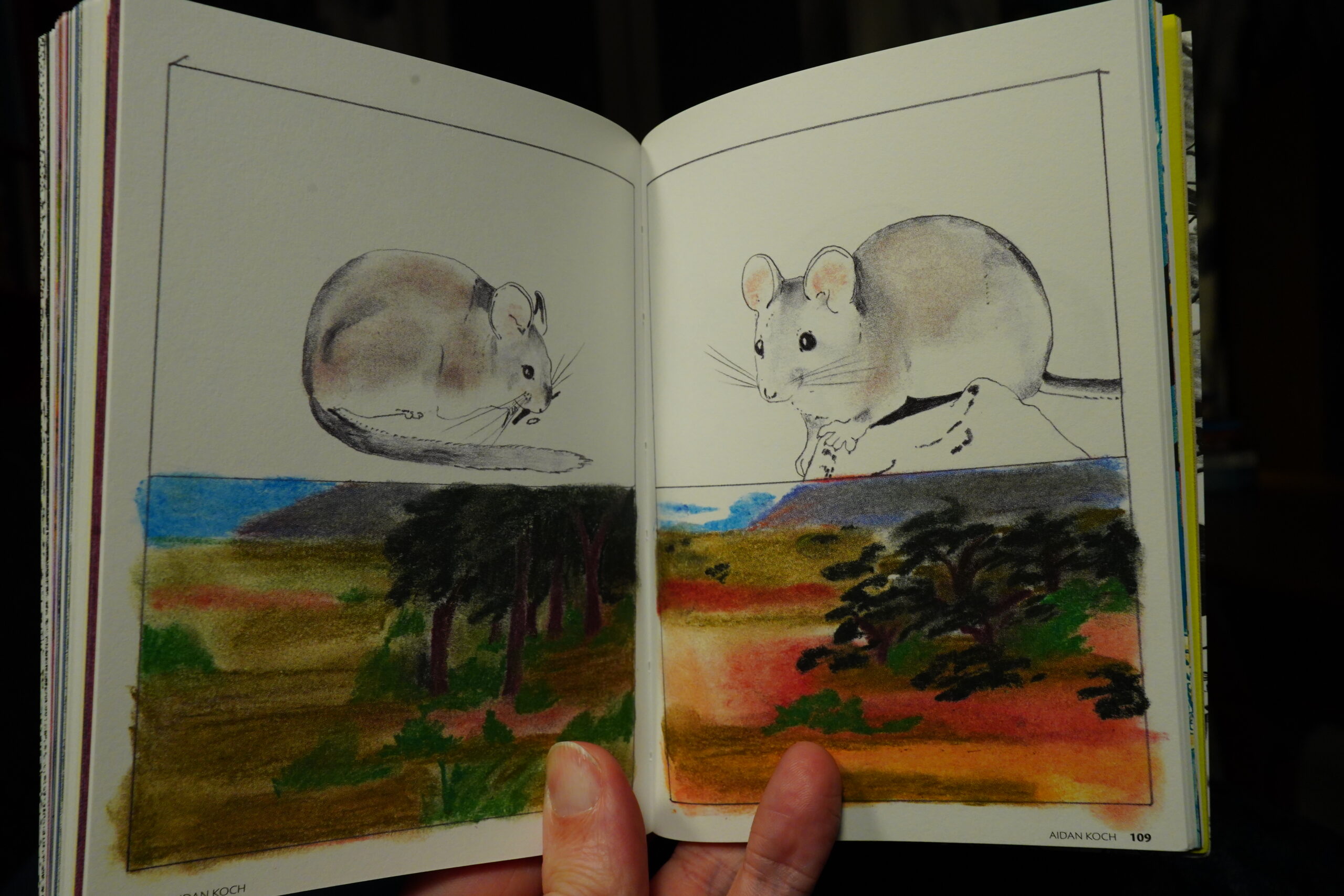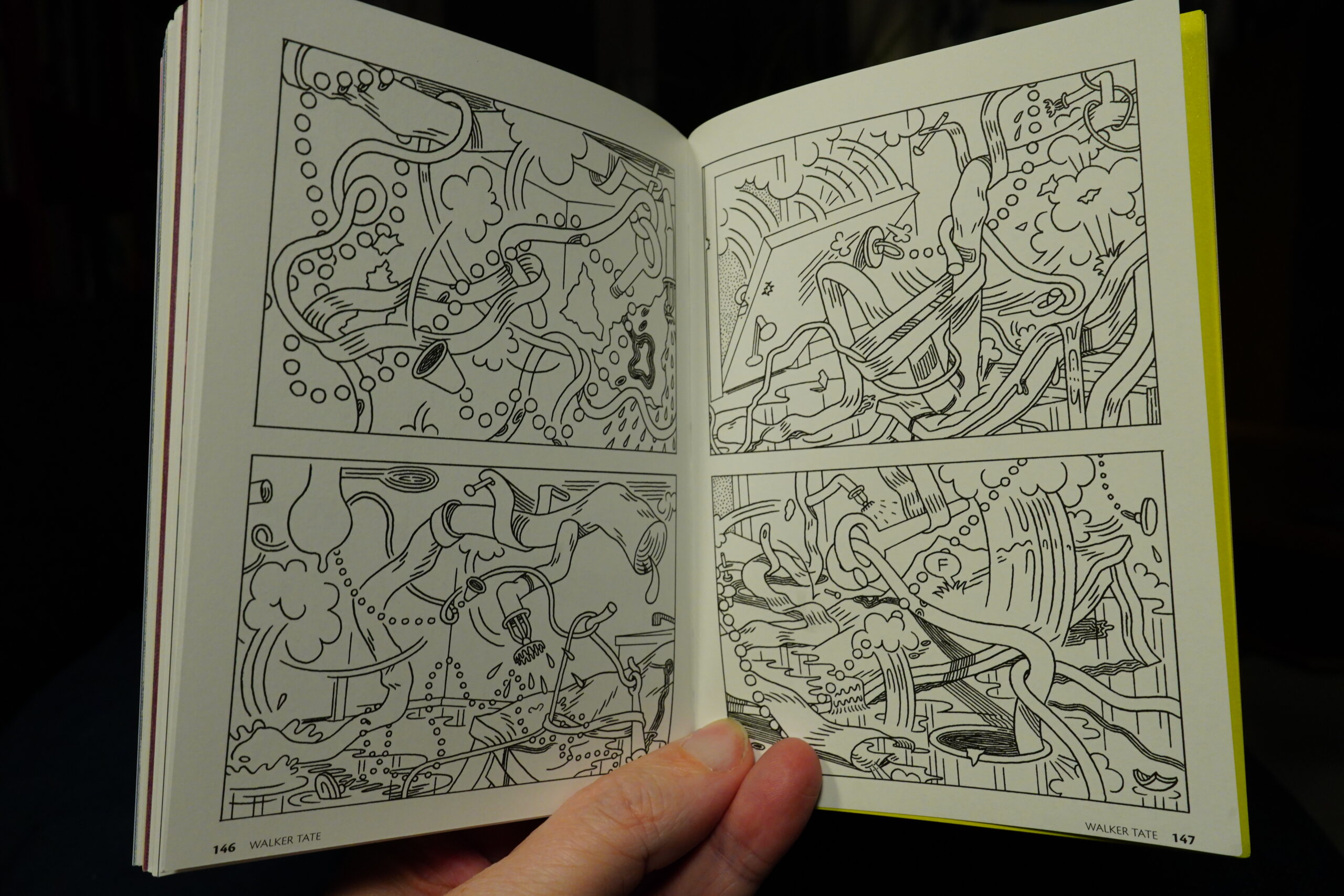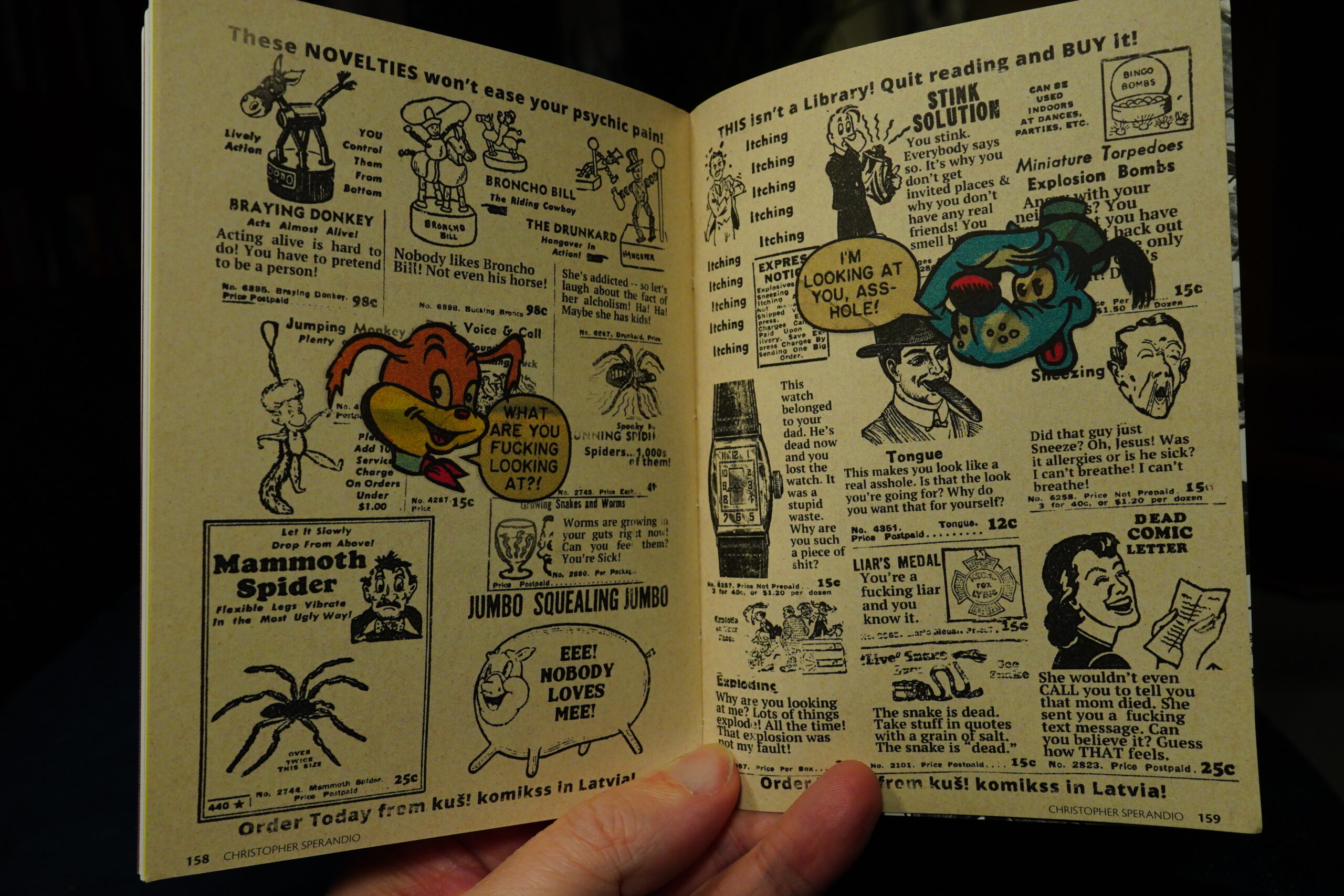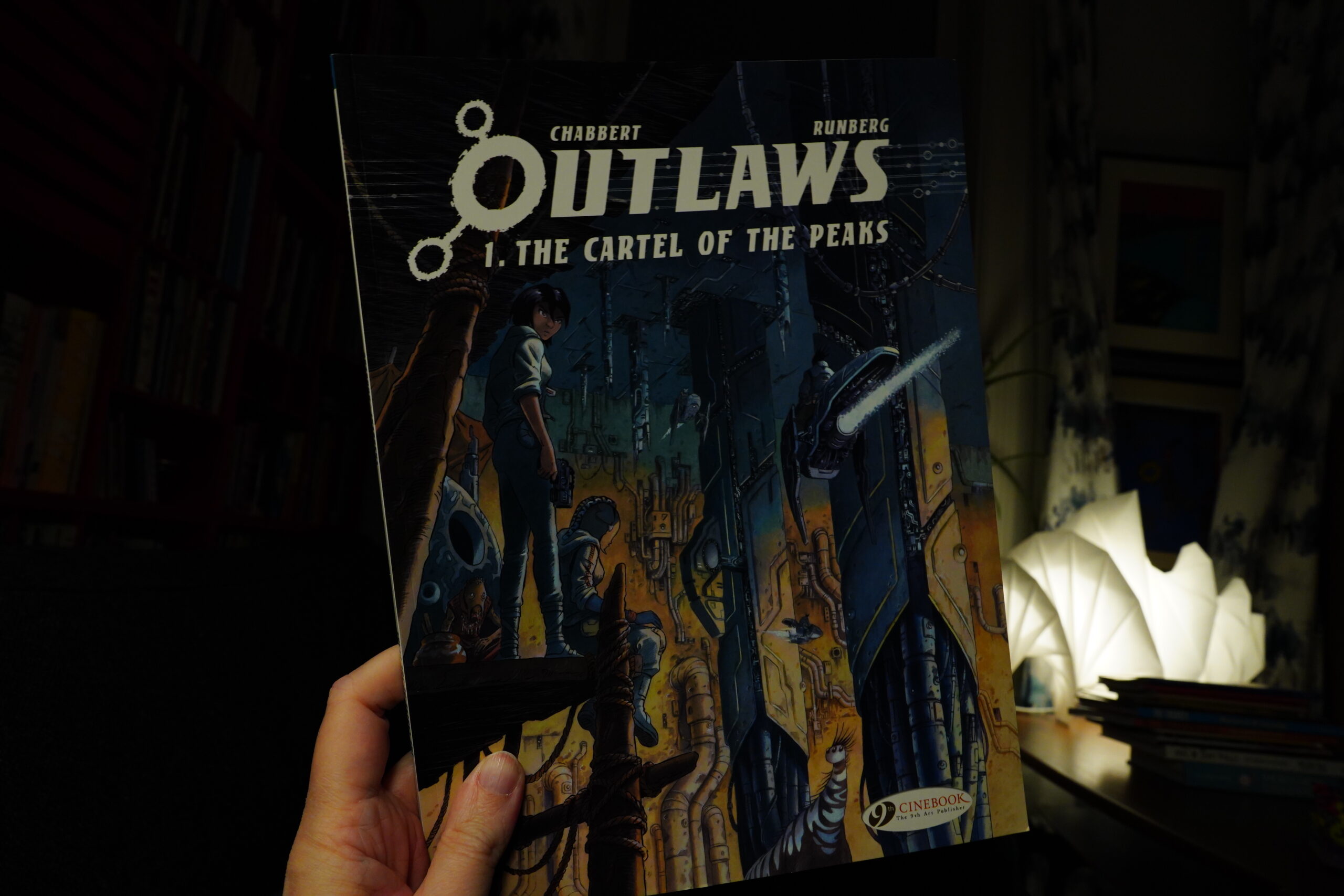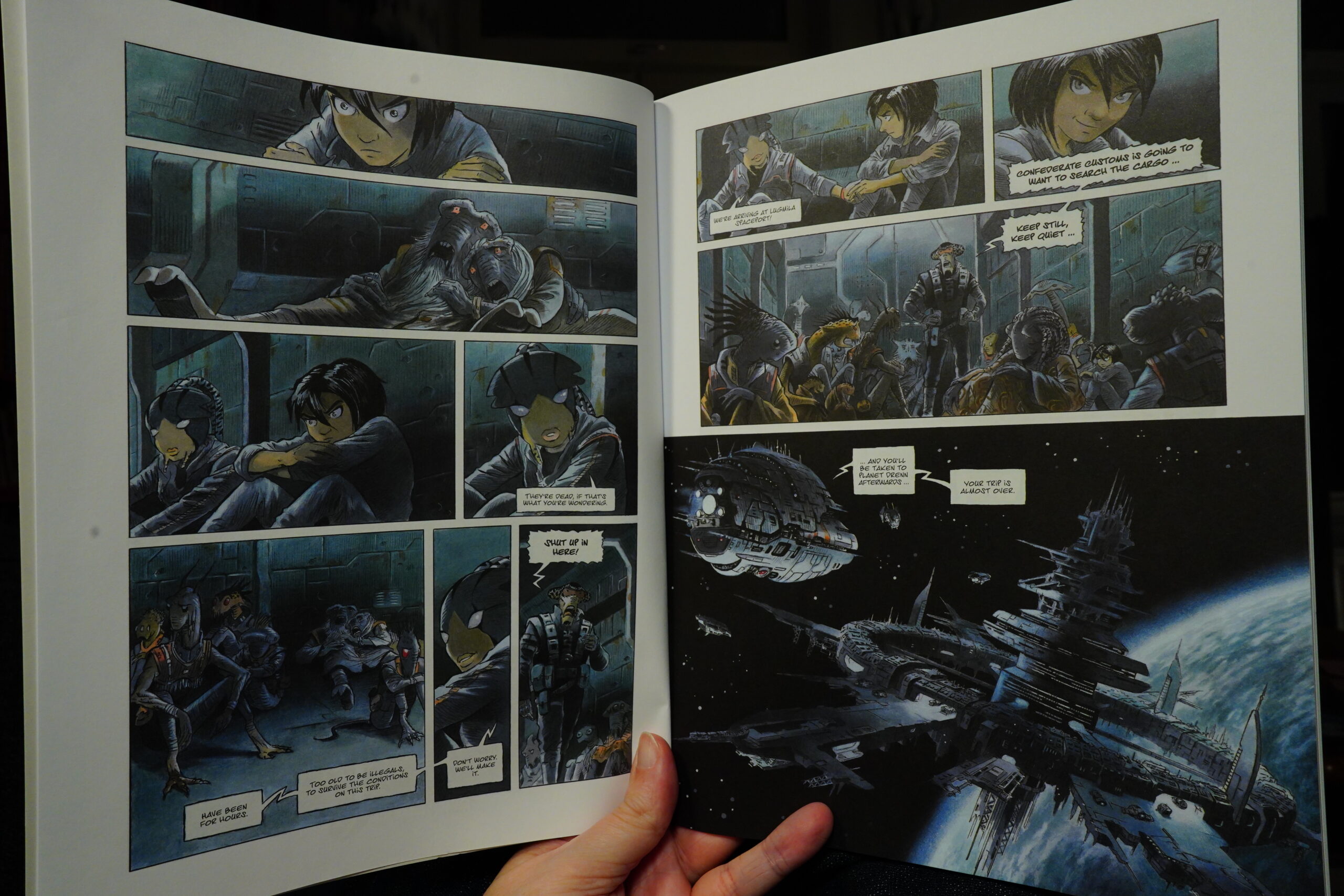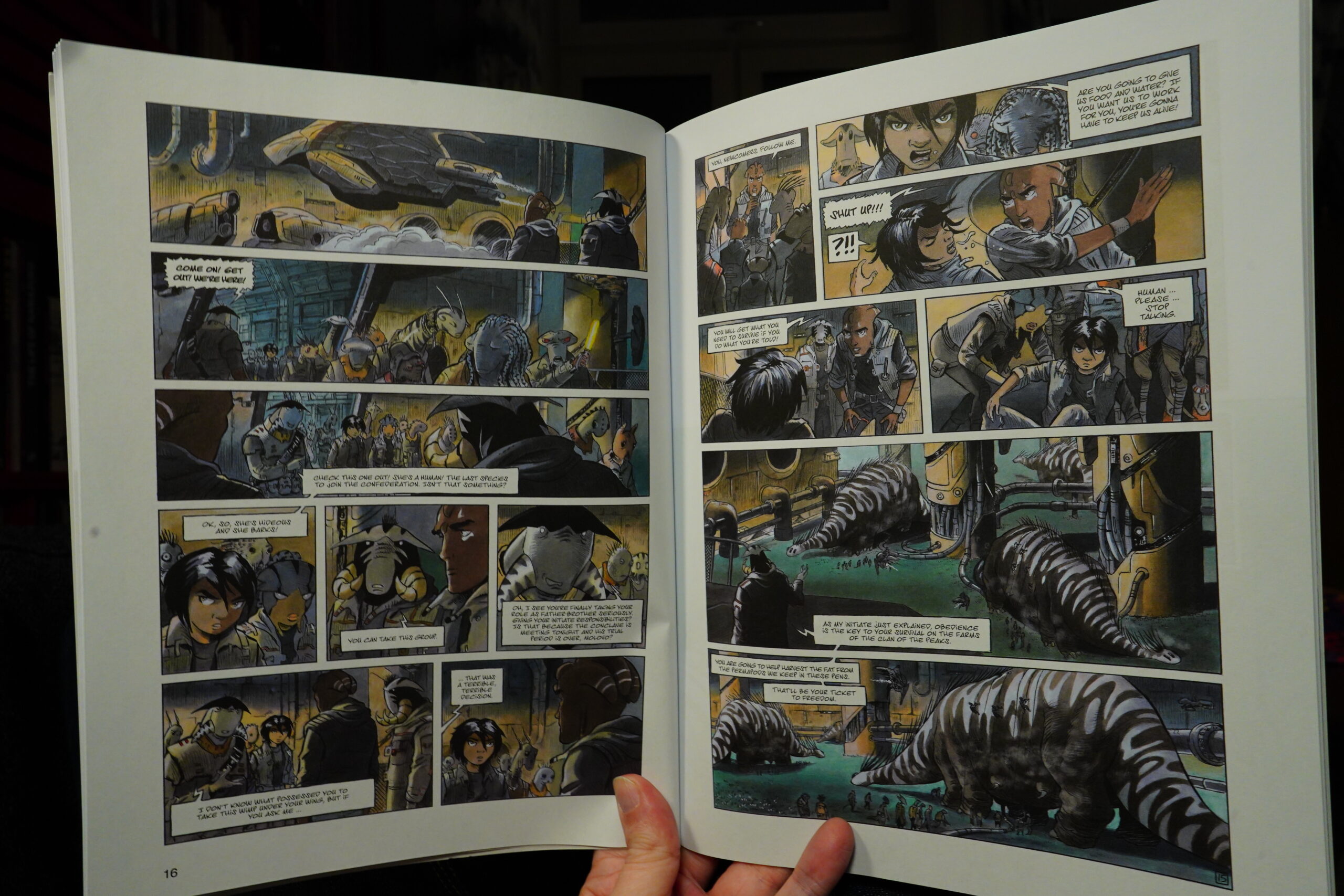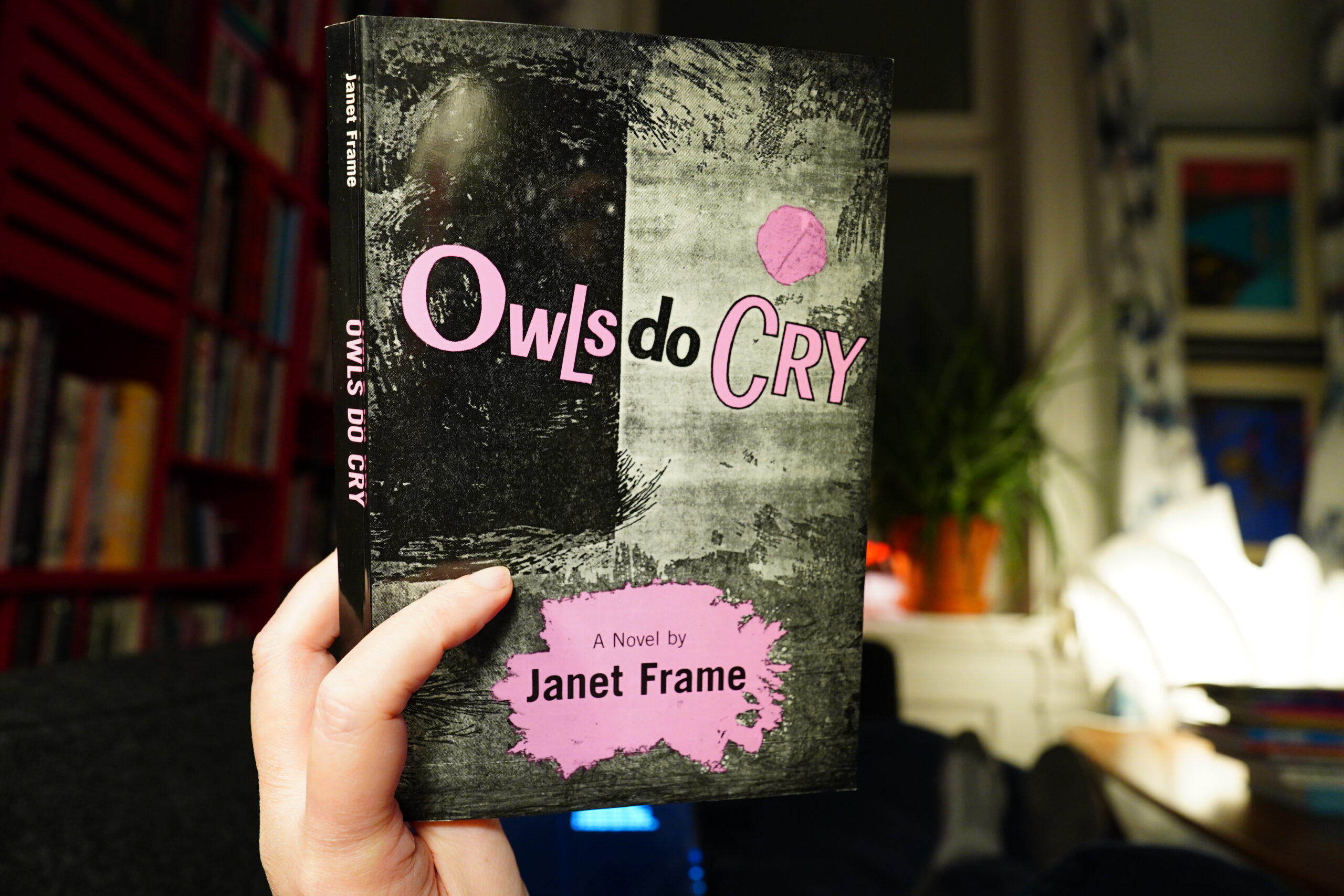Rock Show
That’s what I always say
Something tells me I should have moved my car to the garage after all
Comics Daze
What the…
Oh, this is one of those days…
I think perhaps I won’t be going anywhere today?
So perhaps I should just read some comics.
| xPropoganda: The Heart Is Strange | 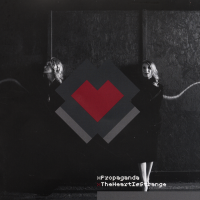 |
11:20: The Boy From Clearwater 1 by Yu Pei-Yun/Zhou Jian-Xin (Levine Querido)
Oh, it’s an earthquake… I guess depicting action isn’t their forte…
These captions are pretty… annoying? They’re cloying.
And you get a lot of these footnotes — reading this is starting to feel like homework. The artwork’s OK, but the narrative (which isn’t all that interesting in itself) trips over these captions and narratives all the time — everything becomes bogged down. Was this book meant to be used in a classroom? Or is the translator adding these footnotes to tell us stupid foreign readers more about Taiwan?
Oh, why should anybody possibly care? These characters aren’t even cardboard — they’re tissue paper.
This may be the most annoying book I’ve read in yonks, and I’m at my limit. It’s a really bad book. But it’s apparently the new Persepolis.
| Public Enemy: It Takes a Nation of Millions to Hold us Back | 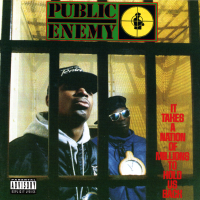 |
11:44: Niki de Saint Phalle: The Garden of Secrets by Dominique Osuch/Sandrine Martin (NBM)
This books looks really familiar now that I’m holding it. And it’s from 2018, so I guess it’s possible that I’ve re-bought it. Hm. But I can’t find it anywhere here. Anyway, let’s get reading.
This is told from a first person point of view, which can feel rather presumptous in a biography (especially in a comic book).
And is the translation odd or is it just me? “Oh! That reminds of…” etc. Or was the original also wonky and the translator is just replicating the original wonkiness? There’s a lot of sentences like that. Might also just be bad proff-reading. I mean, I never have typpons in my writtings.
| Various: Fabric 60 (Dave Clarke) | 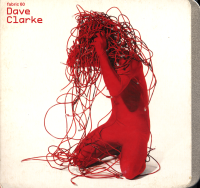 |
I think I must have seen a documentary on de Saint Phalle before, or something, because parts of the story seemed familiar to me. But this biography is… er… I don’t know who the audience here would be? After we get through her youth, it’s a quite impersonal biography. We get all her major exhibition, all her meetings with other famous people, names names names. They’ve really crammed her entire Wikiepedia page into this thing. And while some of it works, I have to admit I started skimming when I was two thirds in. (Well. I tell a lie. I didn’t have to admit anything! Hah! You’re not the boss of me!)
| Fad Gadget: Under the Flag | 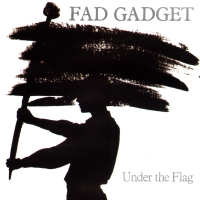 |
12:53: Redbeard 1 by Kraehn/Carloni (Cinebook)
Oh! This is a continuation of the old, old Charlier series, Barbe-Rouge. Or a reboot. Or something. I never really liked that series — it was stiff and awkward; definitely one of my least favourite of the French(ey) boys’ adventure series of the 50s/60s.
It’s a continuation of the story, I guess, because there’s all these characters that I’m totally unfamiliar with. And I think it’s pretty true to the Charlier albums? That is, it’s hopelessly overwritten and not very exciting.
Bit it’s OK, I guess. I definitely won’t be reading any more of these albums, though.
13:52: Cry Wolf Girl by Ariel Ries (Shortbox)
This is pretty good.
It’s a fable thing, but it’s pretty gripping.
13:59: Cat & Bag by Viviane Schwarz (Shortbox)
I’ve been reading a lot of Shortbox books the last few weeks, and I haven’t mentioned this before, but: The binding on their books isn’t optimal. It’s very tight, and things are printed way into the spine, so you have to bend a struggle to read the books.
I mean, it’s not a deal breaker or anything, but the binding really is the worst. I wonder why most of their books is like this…
Anyway, I really like this book otherwise. The artwork sorta reminds me of Cathy Hill, one of my favourite scribbly cartoonists of the 80s. And the little vignettes here are pretty entertaining and a bit wistful. (Oh, that’s a pretty interesting blog all over… Who’s Out There, that is.)
| The Cure: Join the Dots (2) | 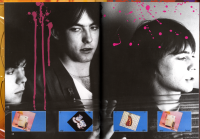 |
14:23: Conan Turtlepack’s Day Out by Valentine Gallardo (Shortbox)
This is wildly original.
It’s a really intriguing little book — it’s got a great flow, and it’s unnerving in a gentle way. I really like this one.
14:33: The Labyrinth by Guido Buzzelli (Floating World Comics)
Huh. This is a pretty unusual project for Floating World Comics. They usually do small press US comics? And I think they’re the ones who reprint outsider comics from the 90s? But this is an album sized book — the first in a “library” — and the artist is Italian, I guess?
Well, this looks really really 70s Italian — but with a dash of Argentine, perhaps? Did Buzzelli do some work outside of Italy, by any chance? Anyway, the first story here is a post-apocalyptic thing…
… and I guess it’s even more loopy that the Italian comics (and British comics with Italian artists) that used to pop up in various anthologies here back then.
The second story is a lot more original — it’s about a guy that’s falling to pieces, and it has an attractive desperation to it. I’m not sure that I actually find it that compelling, though…
Oh! The edition was (partially) financed by the Italian gummint. Now it all makes more sense: There’s been all these American editions of European comics over the past few years where I’ve gone “well, that’s an odd thing to publish in the US now”, and they’re all financed by some European gummint or other.
And while typing this, I see that The Comics Journal published a review of this just a couple of hours ago:
I would easily consider it one of the best collections of old material published last year.
So there you go.
| Keith & Julie Tippett: Couple In Spirit | 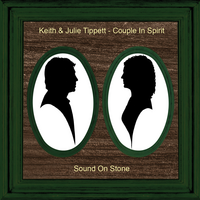 |
15:32: The Tribute by Rochette & Legrand (Titan Comics)
What? Another English language edition of an old European comic book?
Nooo! He was just about to retire when he was killed!
| Kode9: Escapology | 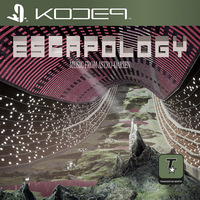 |
But it’s otherwise a pretty original work, I guess. I mean, I think it is — I can’t really tell what’s going on most of the time. I suspect that the translation is wonky, and that’s what makes some of these dialogies difficult to follow (there’s certainly a lack of proff-reading, as usual with Titan books), but there’s so many apparent non sequiturs here…
I like being pleasantly confused when reading comics — it’s fun. But this book mostly just seems like nonsense, which isn’t as fun.
Ah, the first half of this was published in 1996, and then they finished the story in 2016? I’m guessing it wasn’t a major success (there’s very few ratings on Bedetheque), and the disjointedness of the er narrative is partly because of the two decade pause in the middle.
| Boris: Phenomenons Drive | 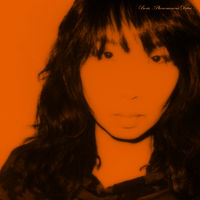 |
16:58: Unnatural Order by Yost/Rodrigues/etc (Vault Comics)
DCBS sometimes include free comics, but this time they’ve included two copies of the free comic? I bet it’ll be worth millions of Euros in the near future!
OK, so it’s a fantasy thing with over-the-top violence and stuff…
… and a scrappy team of misfit anti-heroes banding together to vanquish an evil sorcerer or something. I like the artwork.
And the twist at the end is fun.
17:08: Phase Eternal by Matt Seneca
Oh wow, this looks really cool.
And it’s a spiritual awakening kind of story, i guess… but with a fun/depressing twist at the end. Class.
17:12: Minötaar by Lissa Treiman (Shortbox)
Oh, this is one of those “ain’t Ikea horrible” things? As a Scandinavian, Ikea is in my lifeblood (and building the stuff is fun (more Scandinavian background: Lego)), so I never quite got the “oooh noooes”…
But this mashes up the whole Minotaur/labyrinth thing with Ikea stuff, and it’s fun. It’s a solid book.
| Until December: The 415 Sessions (1) | 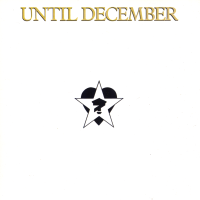 |
17:24: She Would Feel The Same by Emma Hunsinger (Shortbox)
This isn’t good — it’s fantastic! It’s got a wonderful, mysterious flow — it’s entrancing.
And very funny. It’s a wonderful, perfect little book. Darn — she doesn’t seem to have published any other books? Well, I hope she’s at work with something new, because I want more.
17:44: Stoke by Sam Wade (Shortbox)
It’s like a heist movie? I mean comic.
I like the stark graphics, but the story is pretty slight.
17:57: Homunculus by Joe Sparrow (Shortbox)
Hm… this looks really familiar. Have I read it before?
This is very high concept — we see everything from the point of view of a new AI thingie in a lab.
It’s pretty good.
And now I should probably make some dinner. I think I forgot to have lunch… Well, who can think of food when they’re reading comics, eh?
| Laura Jean: Amateurs |  |
18:32: Eloise by Ibrahim R. Ineke (Sherpa)
Well, that was fast. Mmm, pancakes. I mean crepes.
Wow, love the artwork. It has echoes of Jeffrey Catherine Jones and other 70s fantasy artists, I guess?
The story is a kinda mysterious horror thing. Sort of. But cosmic. It’s great! The book has a real mood going on, and is downright gripping.
18:51: Š! #49 (Kuš)
The theme this issue is “chaos”, and most of the artists here have gone quite abstract.
Gina Wynbrandt hasn’t, though.
Aidan Koch’s is pretty inscrutable, but…
… not as inscrutable as Walker Tate’s.
And finally, ads for useful gadgets.
In short, it’s yet another good issue of Š!.
| Patrick Cowley: Malebox | 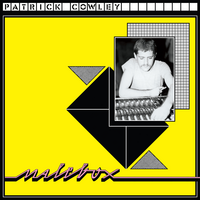 |
19:11: Outlaws 1 by Chabbert/Runberg (Cinebook)
So this is a sci-fi thing..
… and it’s all about immigrants being forced into slavery and stuff. It’s almost as if it’s a reference to something…
It’s not bad? They try to make all the aliens look wildly different, I think, but they all basically look like humans with some sacs protruding here and there, which is disappointing. And it feels like the first chapter of a book instead of a complete album… But it’s fine. I probably won’t keep reading the series, though.
| Adrian Belew: elevator |  |
19:37: The End
But I think I’m throwing in the towel now, earlier than I had planned. Because unusually many of these comics were annoying, and I’d rather finish this book I’m in the middle of:
And the book is very non-annoying.
